The Wakhan valley
Most of the south-eastern border between Tajikistan and Afghanistan is referred to as the Wakhan valley after the Wakhan corridor, a narrow strip of Afghan territory that was created by the British empire at the end of the 19th century as a buffer zone to the Russian empire during the Great Game. Located between two very high mountain ranges, the southern Pamirs and the Hindu Kush, the Wakhan valley is difficult to access, but offers unique landscape paired with welcoming and hospitable people.
The group of four teachers I joined in Bachor to get to Khorugh, the regional capital and biggest town in Pamir, was excellent company and would be a perfect match for a trip through the Wakhan valley. However, they were undecided to where to go to from Khorugh. As hitch-hiking in this remote region is a gamble and my return flight from Bishkek was booked, I tried to find other travellers to share a car with for the further journey. Finally, the four, namely Caroline, Dave, Susan and Nathan, decided to join me in the Wakhan valley. Aided by the local tourist information in Khorugh (I was surprised that it really existed), we quickly found Vazir, who knew our planned route and had a Landcruiser that was in surprisingly good shape. Fortunately, deciding on the route was not an issue as we had similar interests and schedule. Apparently, this isn’t always the case as we were told by Jakob, a funny doctor from Leipzig, who we met in one of the homestays. On the route from Osh in Kyrgyzstan he shared a car with a Swiss couple who wasn’t used to the idea of compromise and had a deficiency in arithmetic. I was speechless when he told us that they eventually pushed him out of the car in the middle of nowhere after a row over the payment for the car. Jakob joined us for one day and we enjoyed many more of his adventurous stories.
Apart from breathtaking views, the Wakhan valley offers plenty of historic sites that show its significance as part of the ancient silk road. We visited several fortresses, but hot springs, a museum of a local Sufi mystic, astronomer and musician, bronze age rock carvings and even a Buddhist Stupa can also be found on the way. After two days of driving, we stretched our legs with a trek to meadows of the Engels peak near the village of Langar. The 6510m high mountain, named after the philosopher and communist Friedrich Engels, towers over lush green meadows. The meadows, on the altitude of 4000m, are nothing less than a perfect camping spot. Unfortunately, struggling with backache, Dave and his wife, Caroline, couldn’t join us for the hike and instead tested the local hot spring. On the hike, we met a group of Swiss tourists who did a organised round trip through Tajikistan and were heading to the meadows with a guide
From Murghab to Osh and Kyzyl-Oi
As Caroline and Dave were heading to Bishkek too, we shared another 4WD for the Pamir highway to Osh in Kyrgyzstan. Our ambitious driver was literally flying over potholes of the battered road. Many cyclists were fighting the elements on the Pamir highway and they were rewarded with astonishing moon-like scenery. The Tajik border post on the 4336m high Kizil Art pass is one of the unforgettable borders. The ramshackle container buildings from Soviet times located in the middle of nowhere are probably not the favourite duty station of Tajik soldiers 😉 As several people told me about a memorable view of Pik Lenin from a yurt camp just 40 km away from the road to Osh
, I decided to head that way. In Sary Tash I hopped off the 4WD. Luckily, the third car driving westwards picked me up. For the last 10km I shared a Soviet UAZ 4WD with a girl who wasn’t keen on cycling on the rough gravel road to the yurt camp. Unluckily, after three weeks of continuous sunshine in Tajikistan, the weather north of the Pamirs scotched my plan to admire the glaciers of the 7134m high Pik Lenin. After it rained all night and through the morning and the forecast for the next days was less than promising, I shared the UAZ to the main road from where I hitch hiked back to Sary Tash and finally to Osh. Dave and Caroline, who were still in Osh, were heading to a traditional horse game festival in the village of Kyzyl-Oi, almost on the way to Bishkek. I didn’t think twice about joining them as it was probably the best option to spend my remaining days in Kyrgyzstan and get an idea about the people and culture. What I learned during those few days was that the traditional Kyrgyz life revolves around horses and yurts. Along the road plenty of yurts were offered for rent, mostly for locals who spend their life in cities, but need a nomad style retreat from time to time.
Organised by the Kyrgyz Community Based Tourism Association, the festival in Kyzyl-Oi was no secret among tourists and we were lucky to get one of the last rooms at the far end of the village. It soon turned out that this was not a traditional festival, but rather an event organised for tourists. Different stages of yurt construction were shown among other staged elements of Kyrgyz culture such as dancing and singing. All in all, definitely not my cup of tea. Generally speaking, tourism in Kyrgyzstan seemed much more developed and organised than in Tajikistan, making things easier to plan and arrange, however, at the price of authenticity and real contact with the people. Nevertheless, the horse riding games at the end of the festival were worth waiting for. Kyrgyz men demonstrated their astonishing horse riding skills in Kokboru or Ulak Tartysh (literally „goat pulling“) and Er Enish (horseback wrestling). With the ride to Bishkek, from where I took a plane to Germany, my trip came to an end for the moment. But don’t be surprised if another article about Sudan pops out 😉
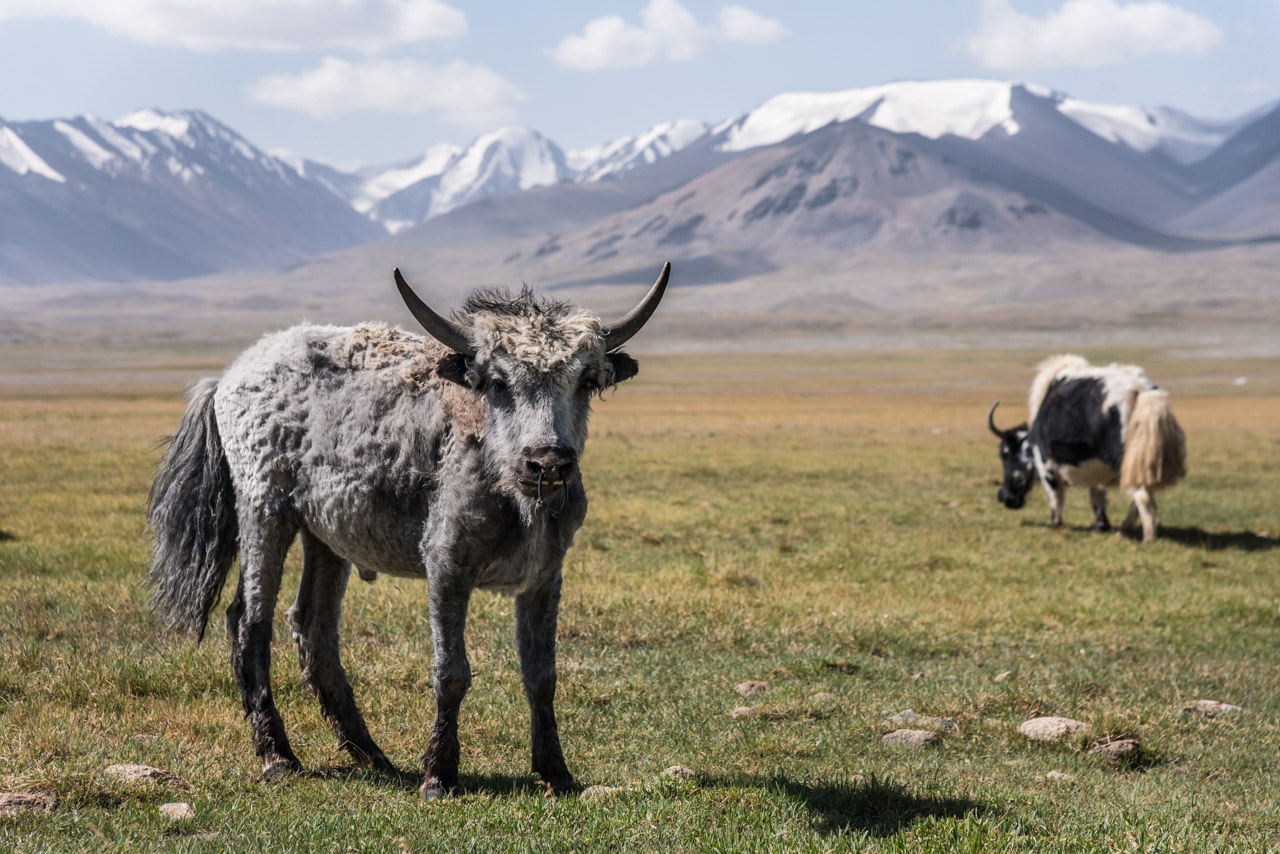
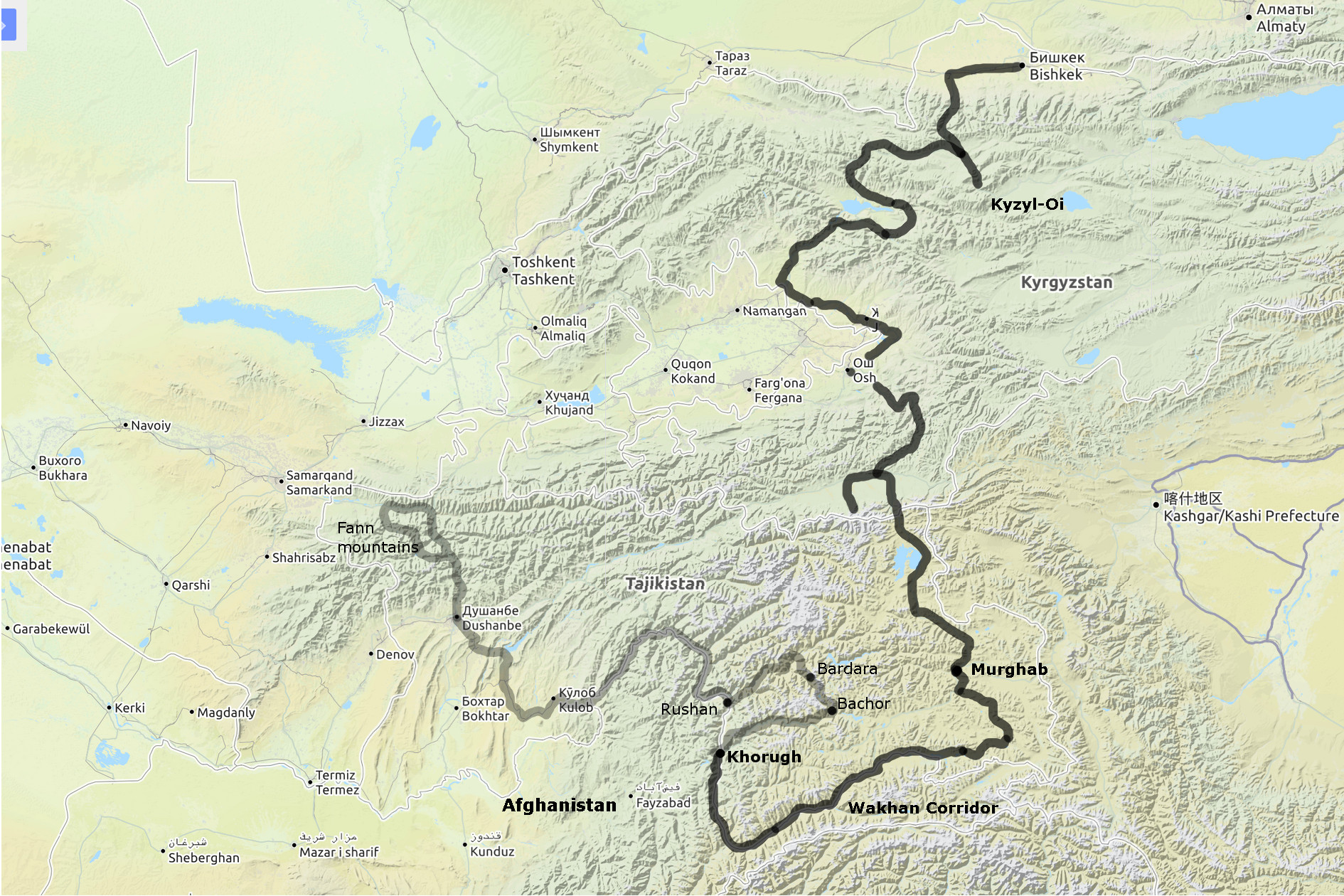
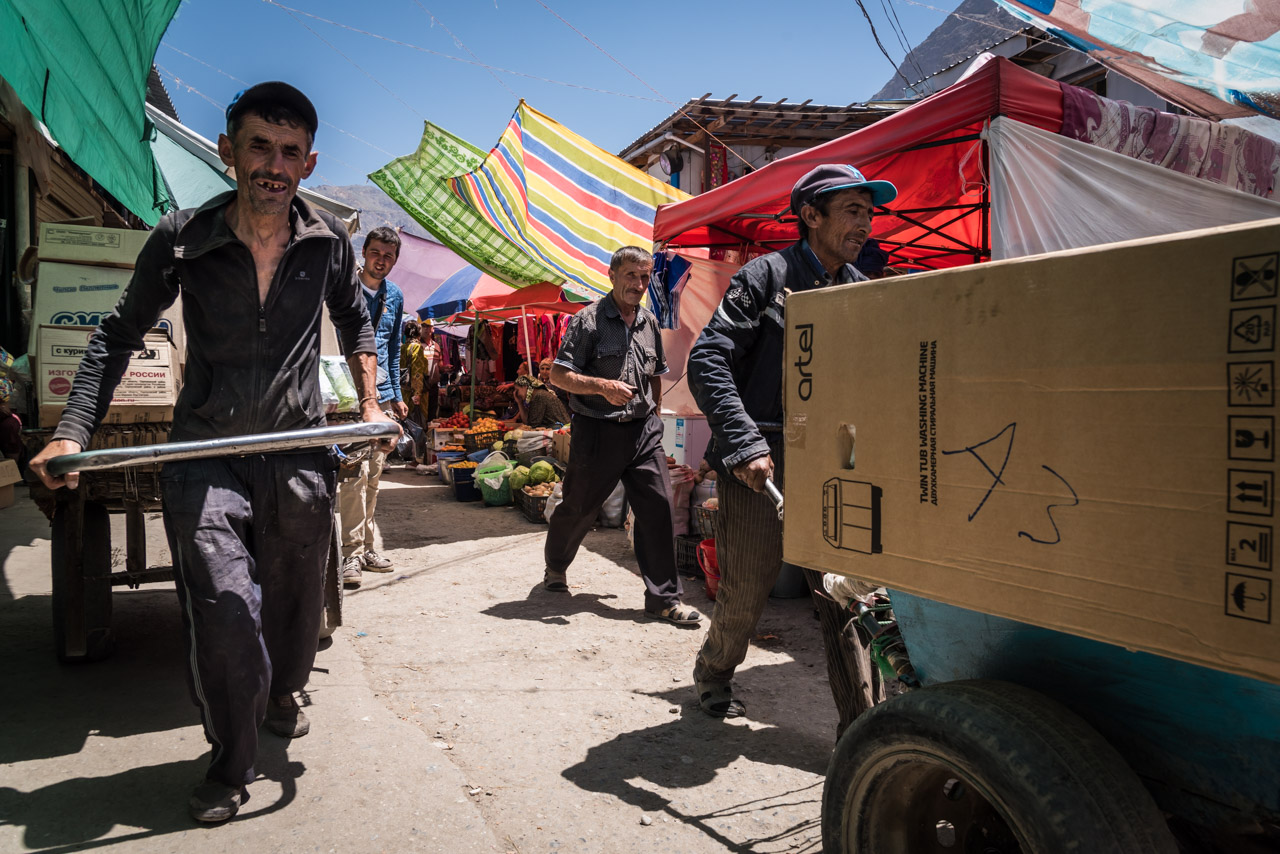
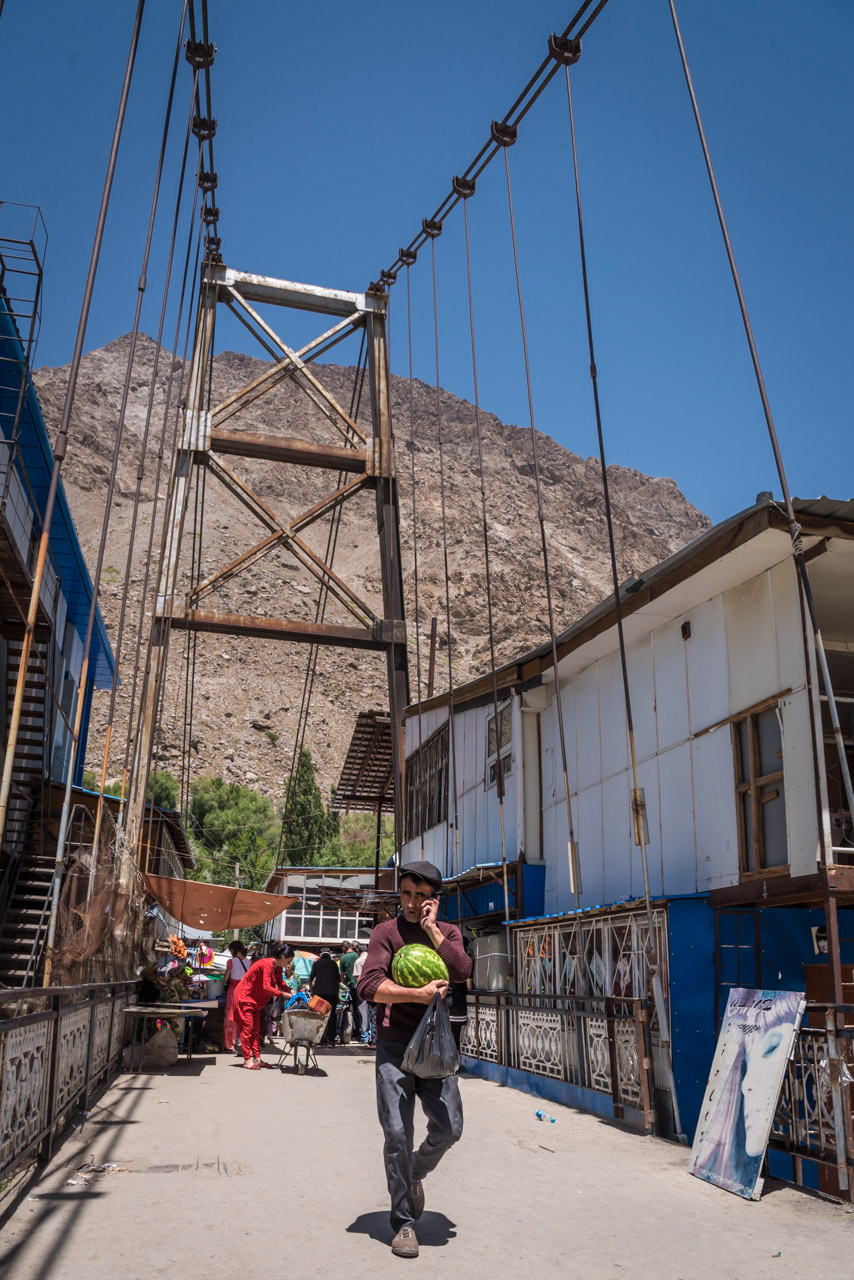
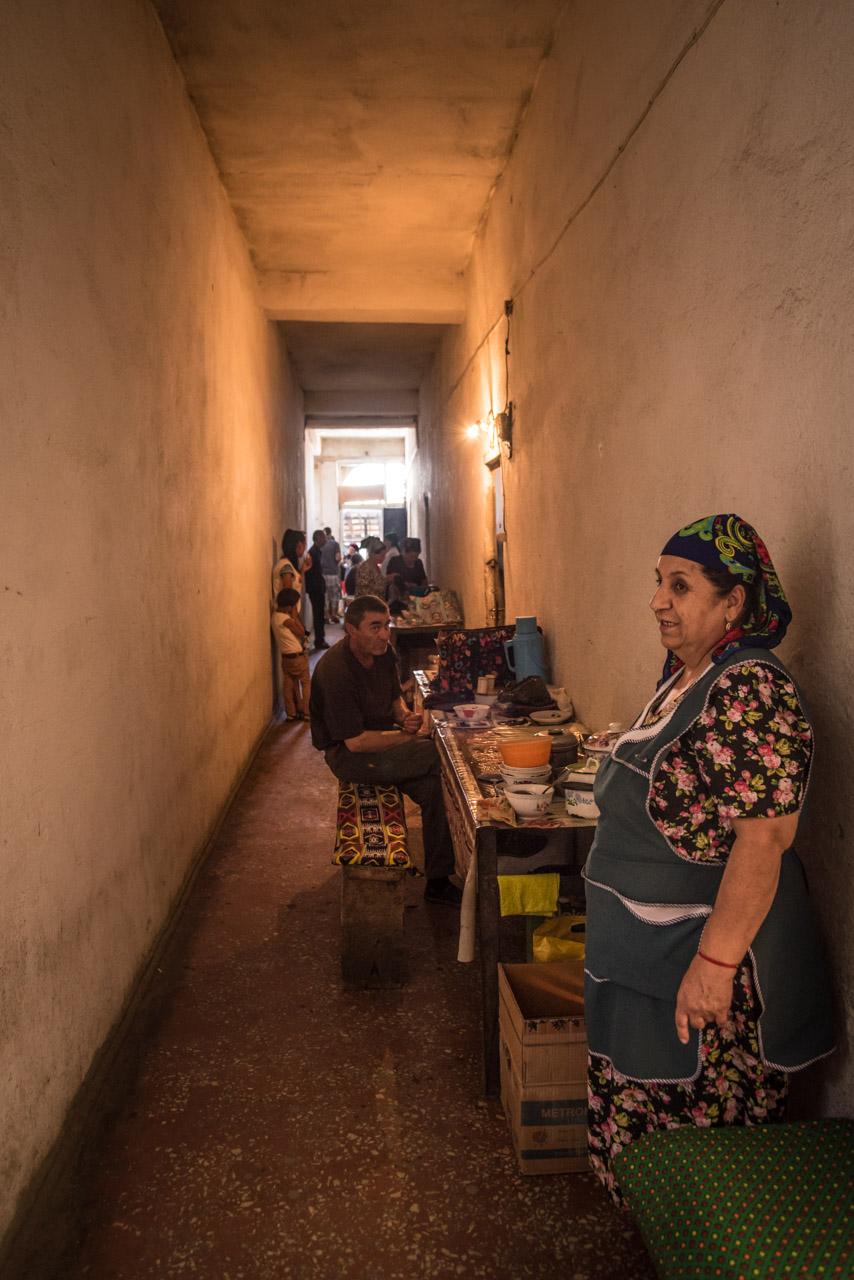
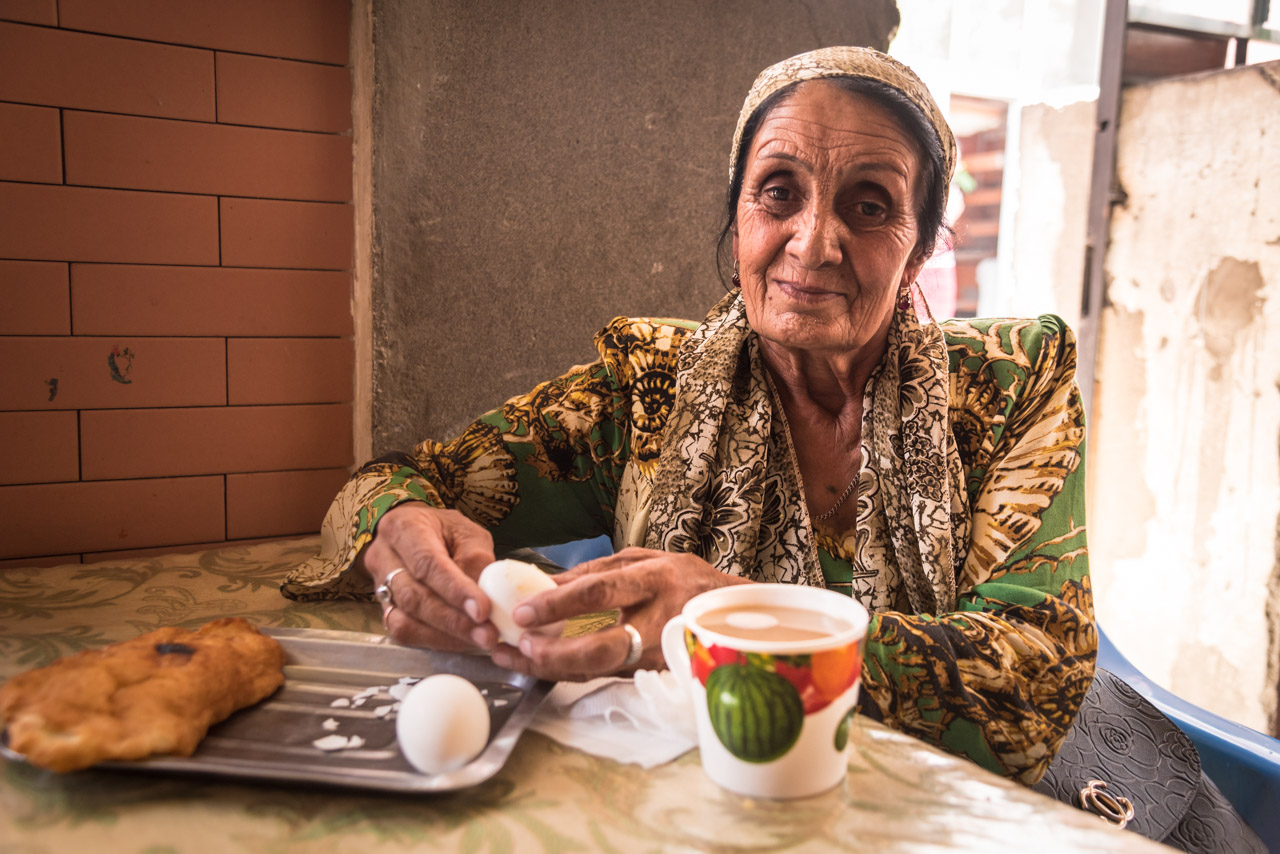







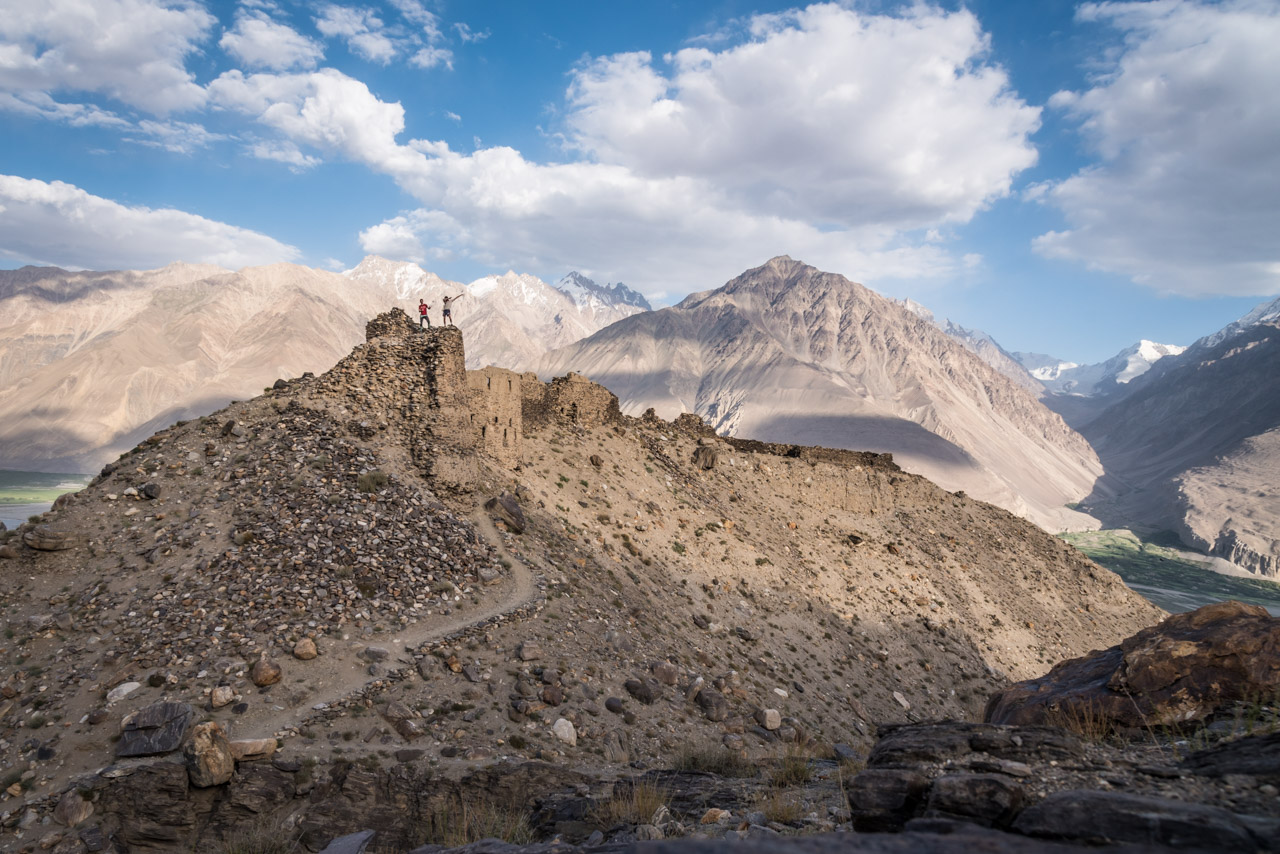
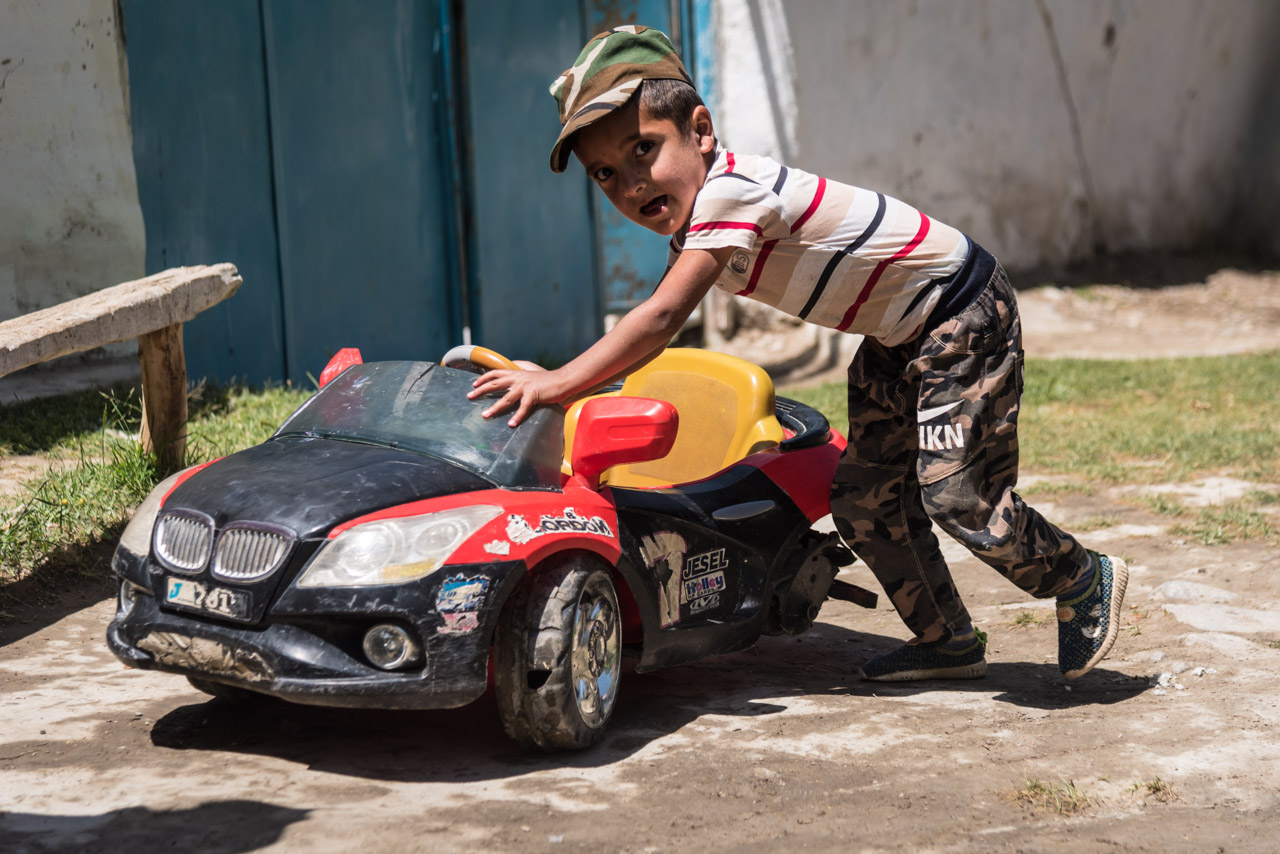
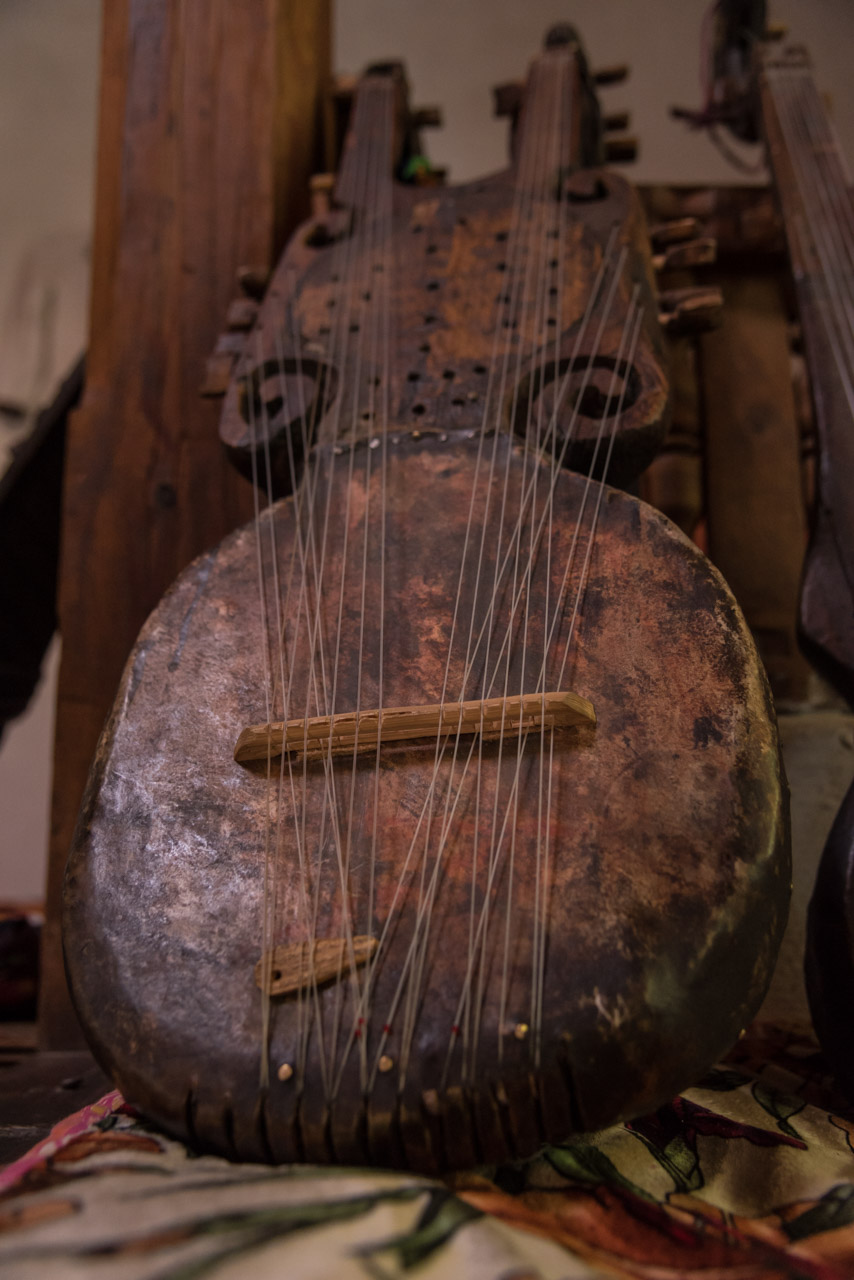
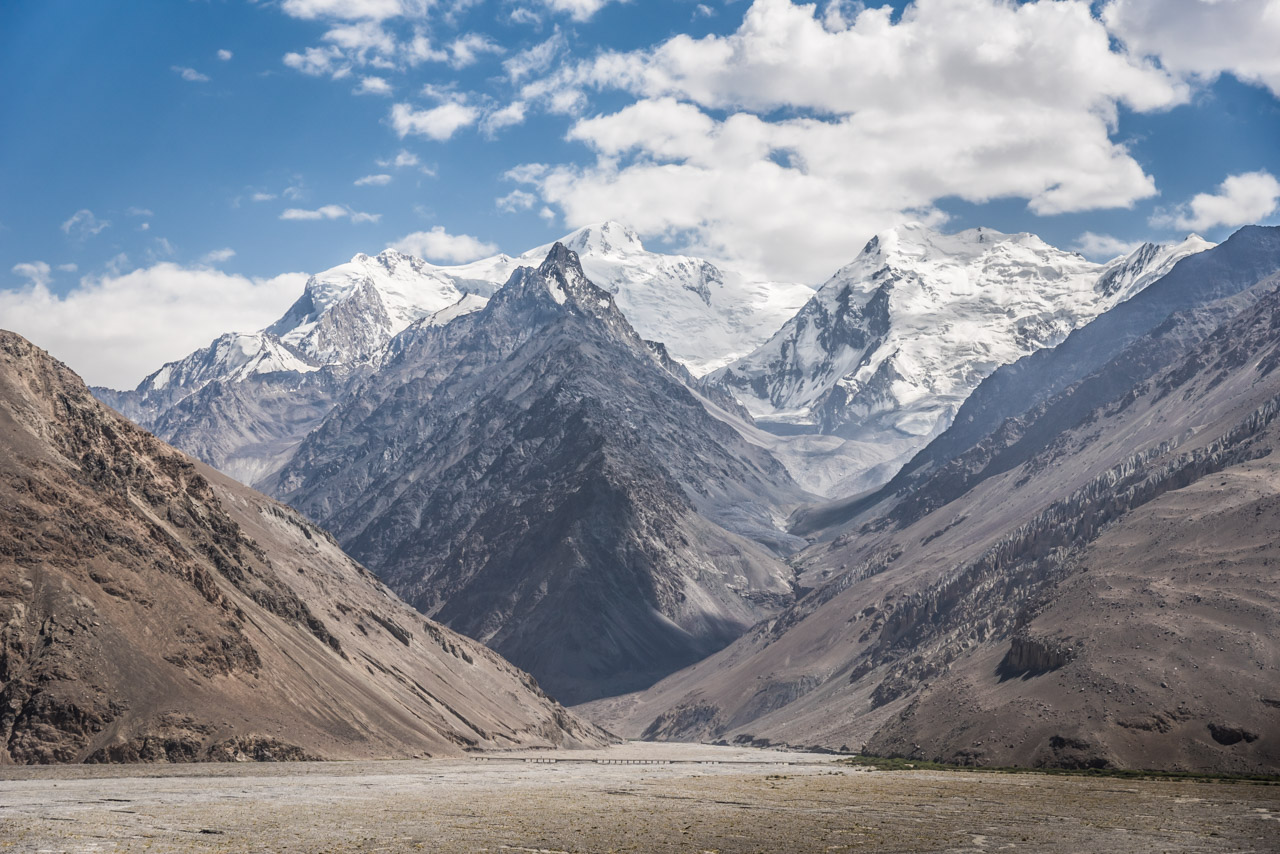
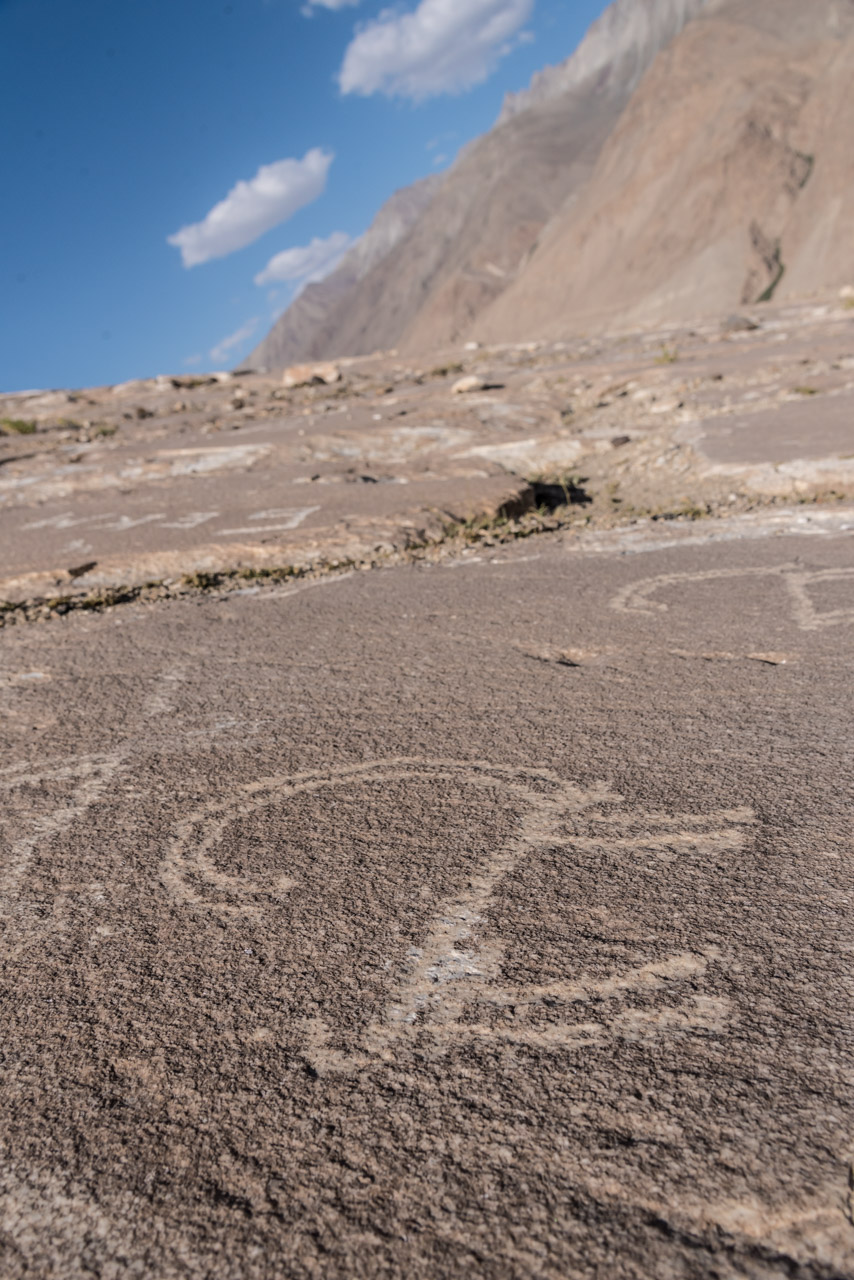
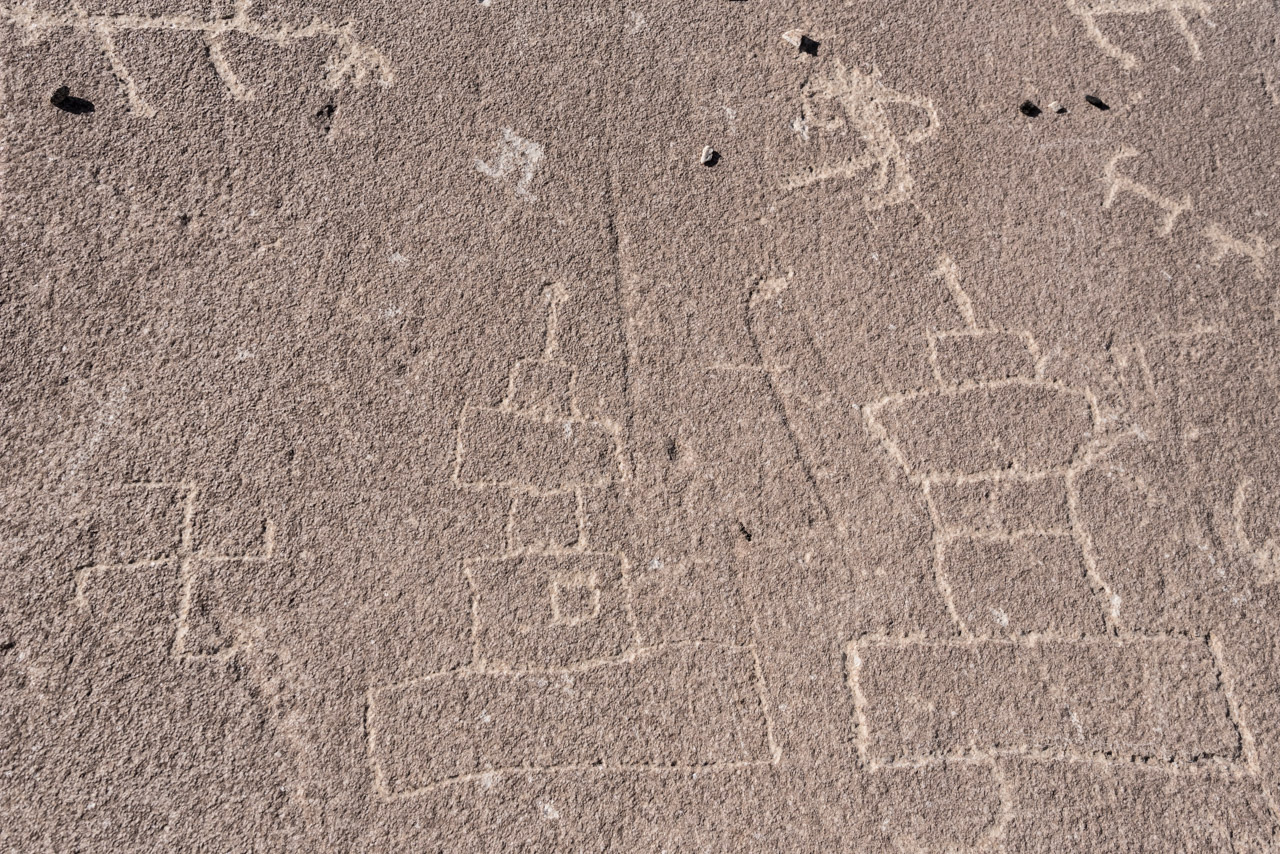
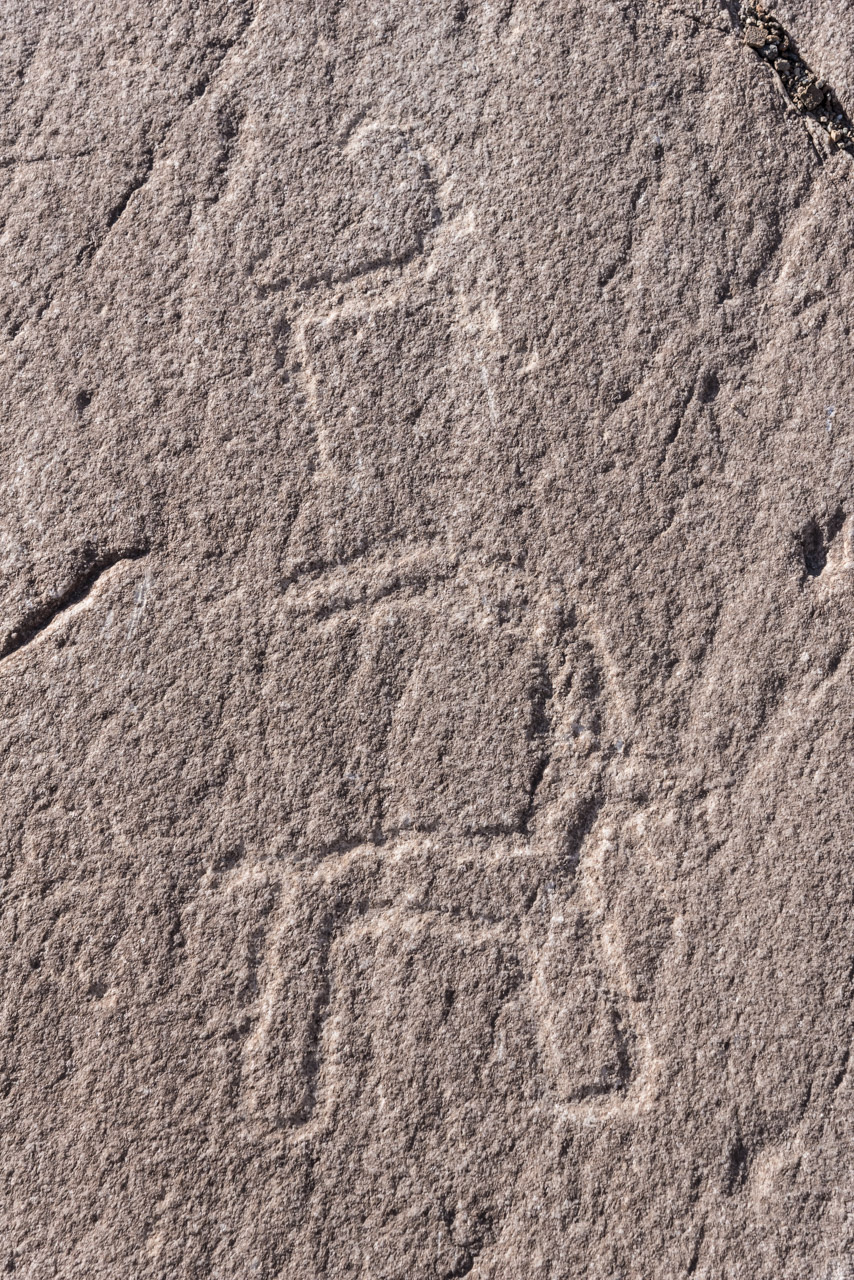
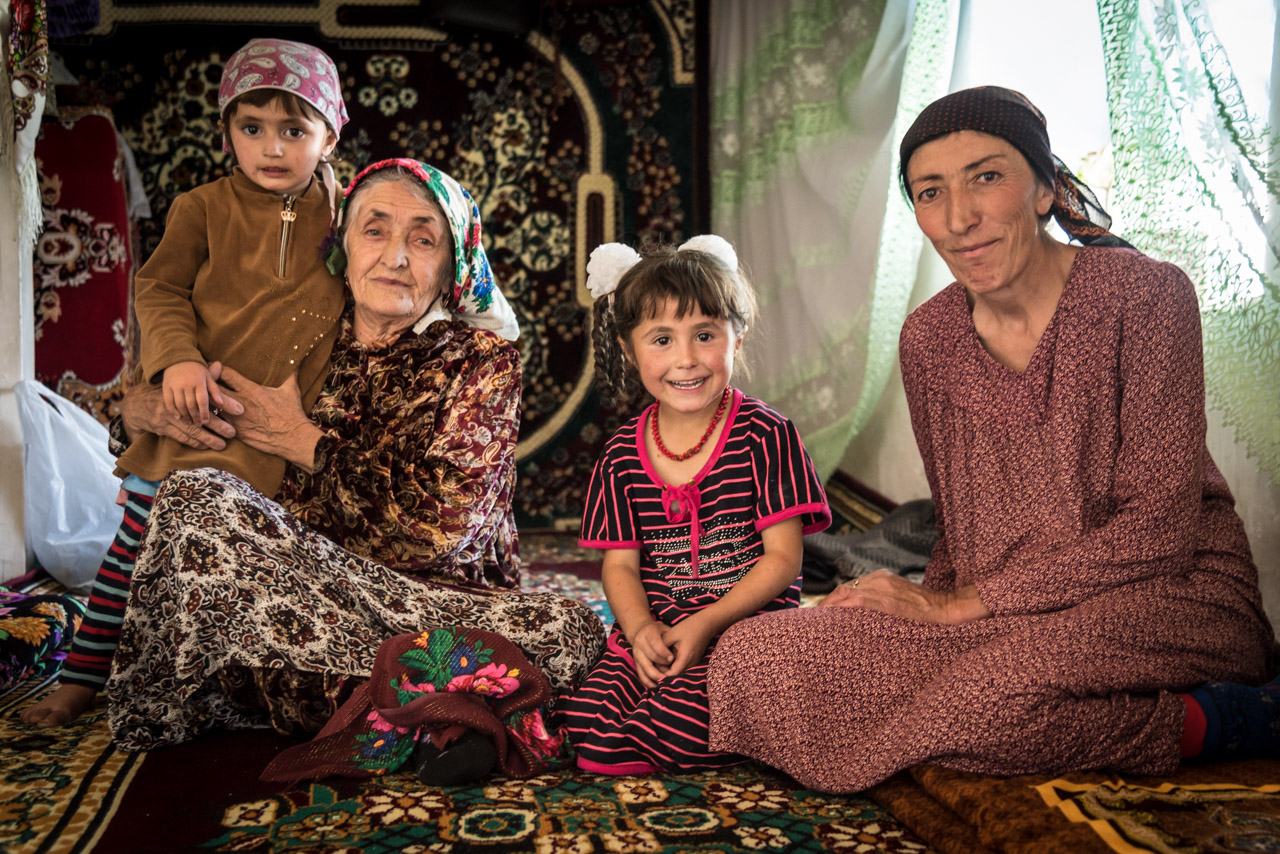
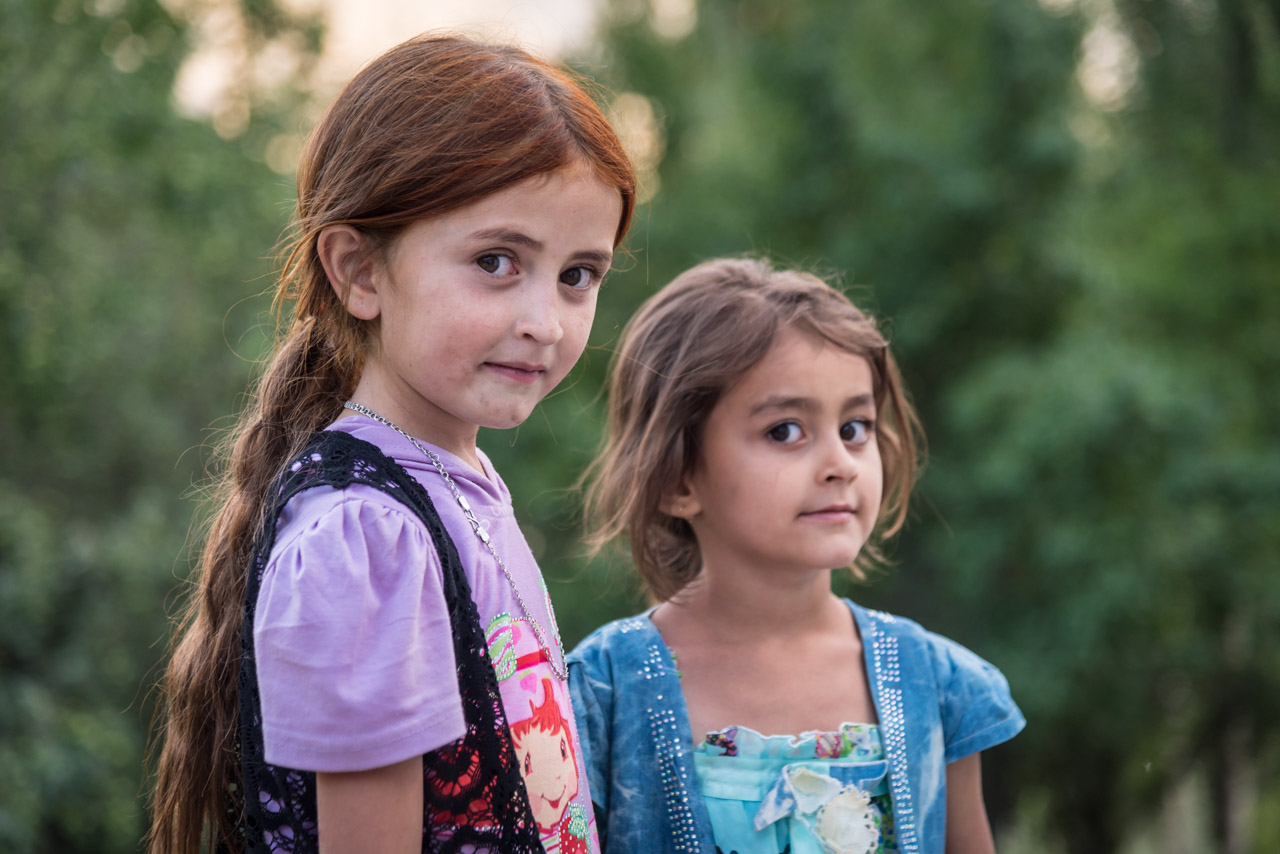
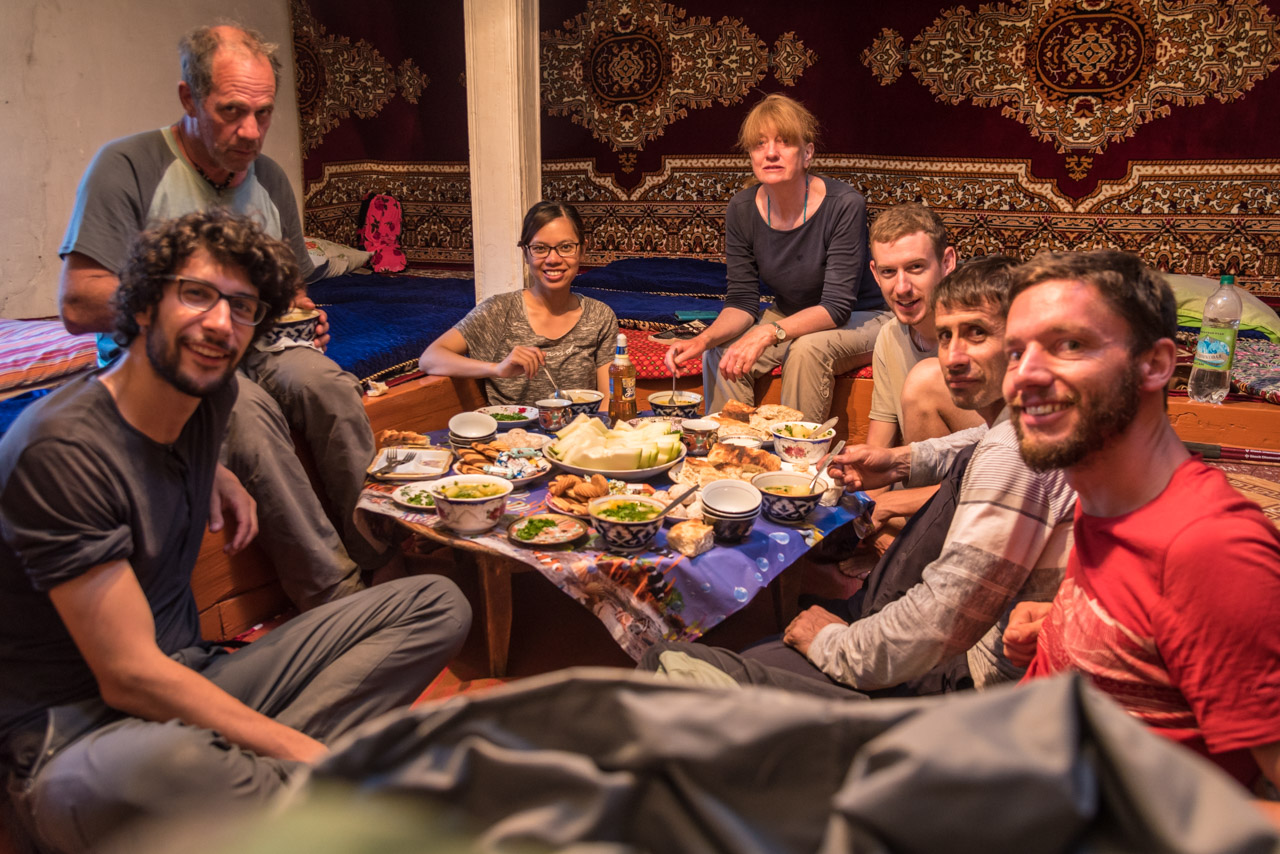
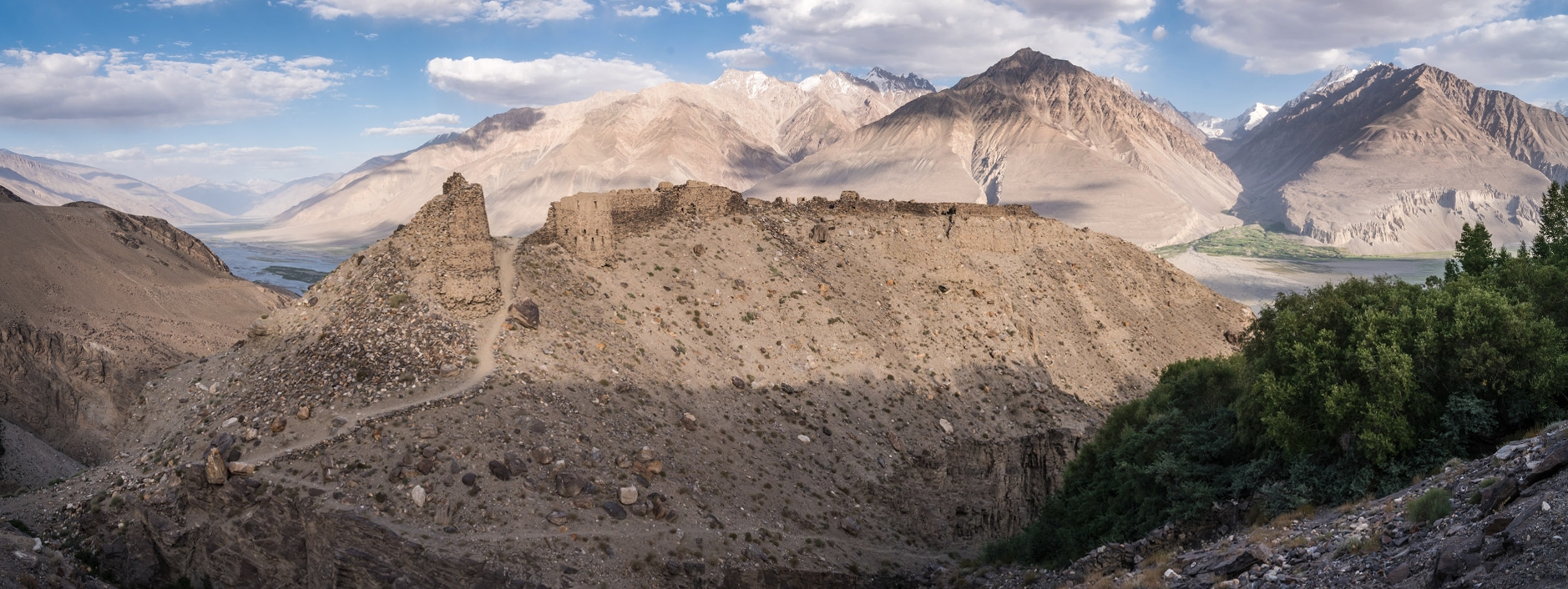





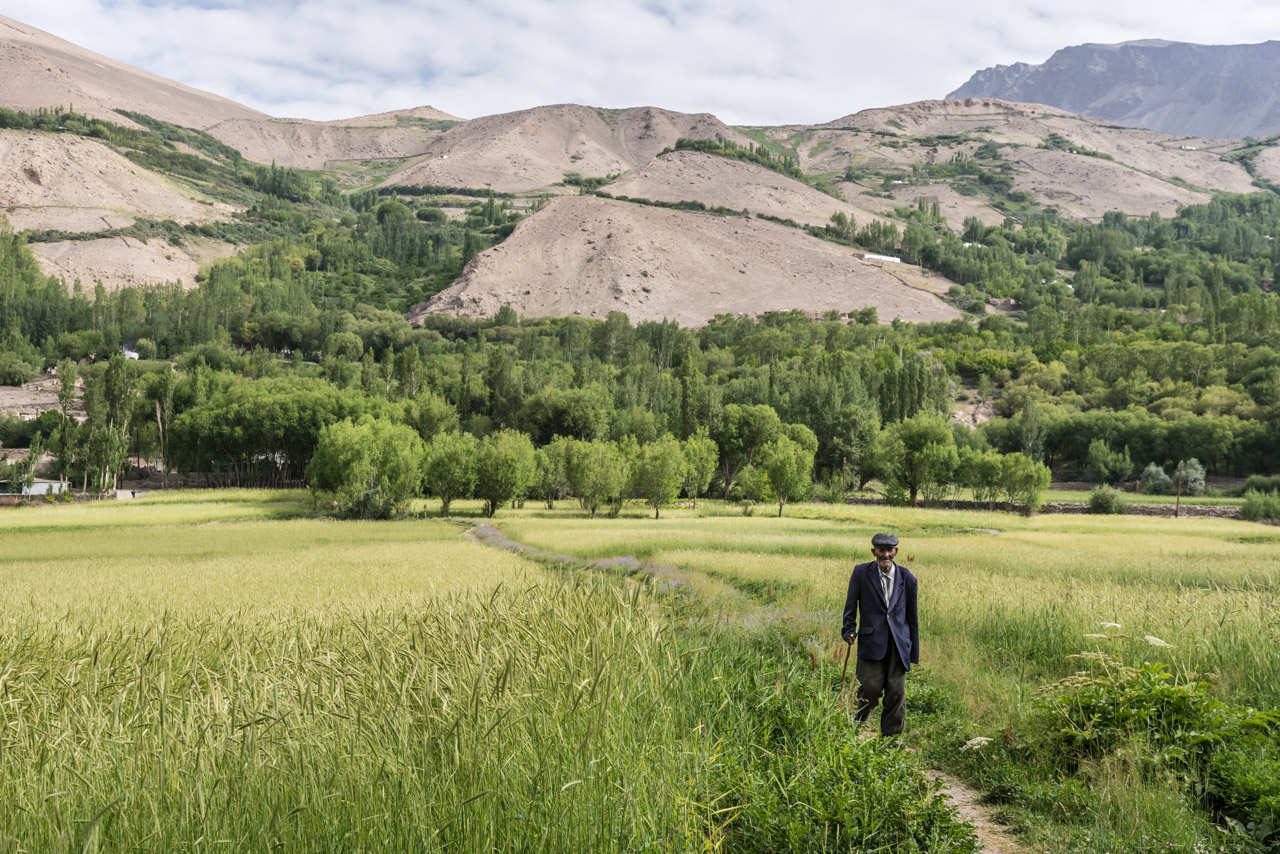
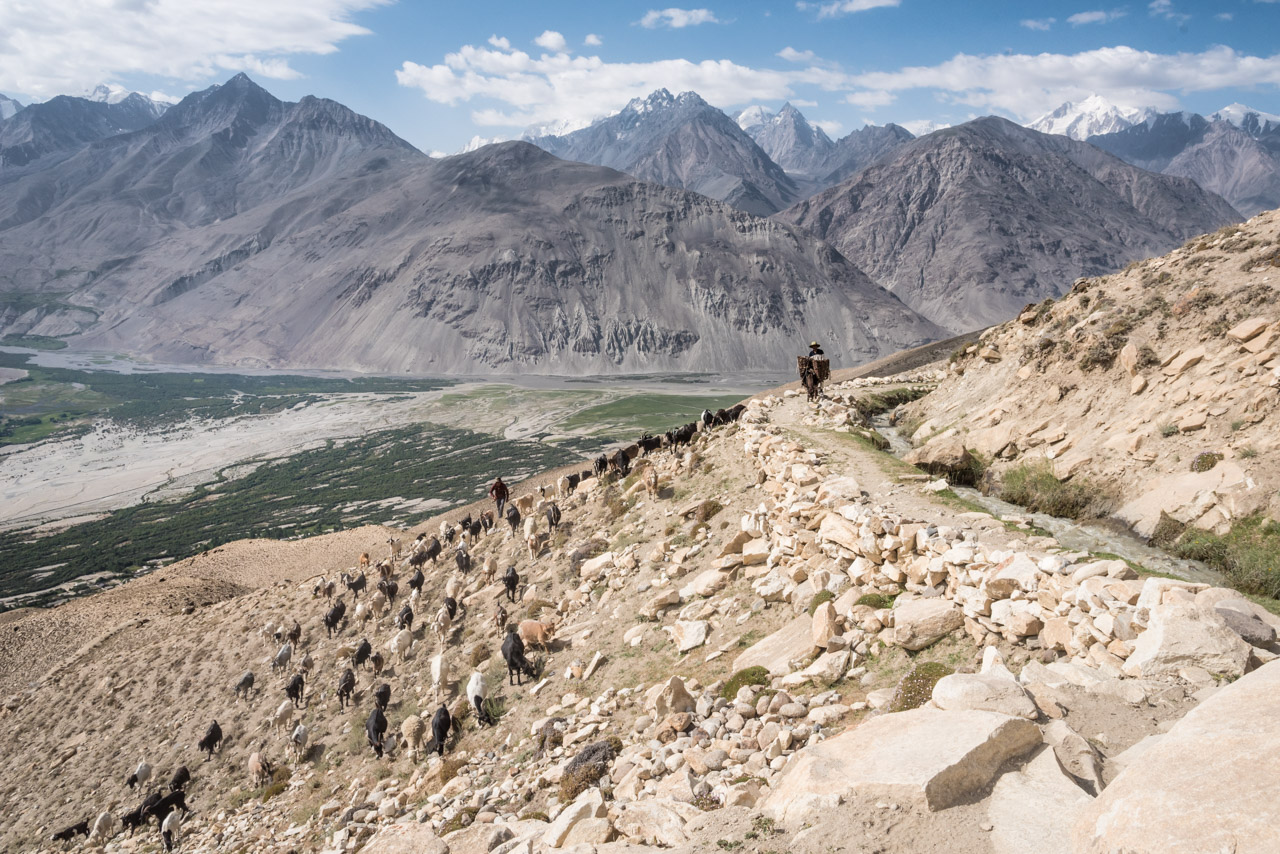
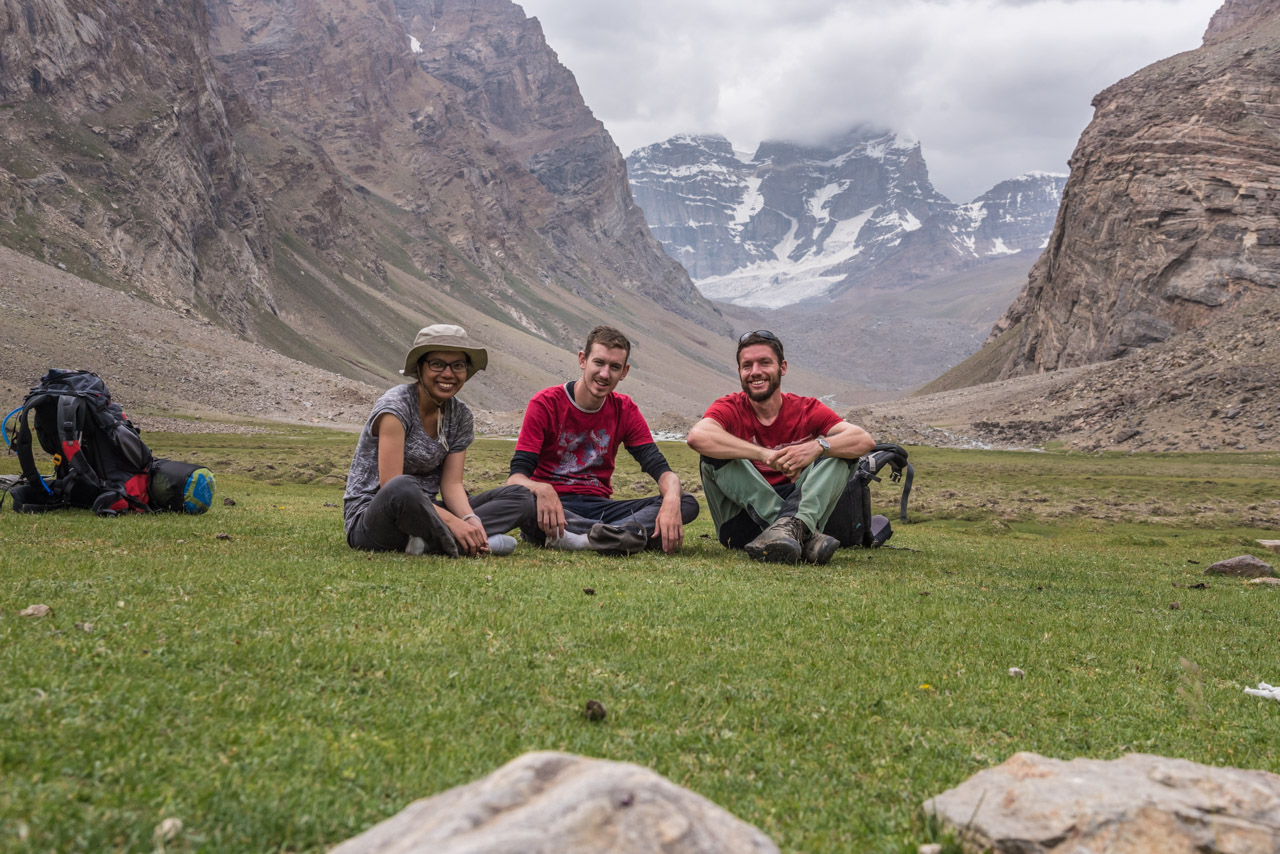
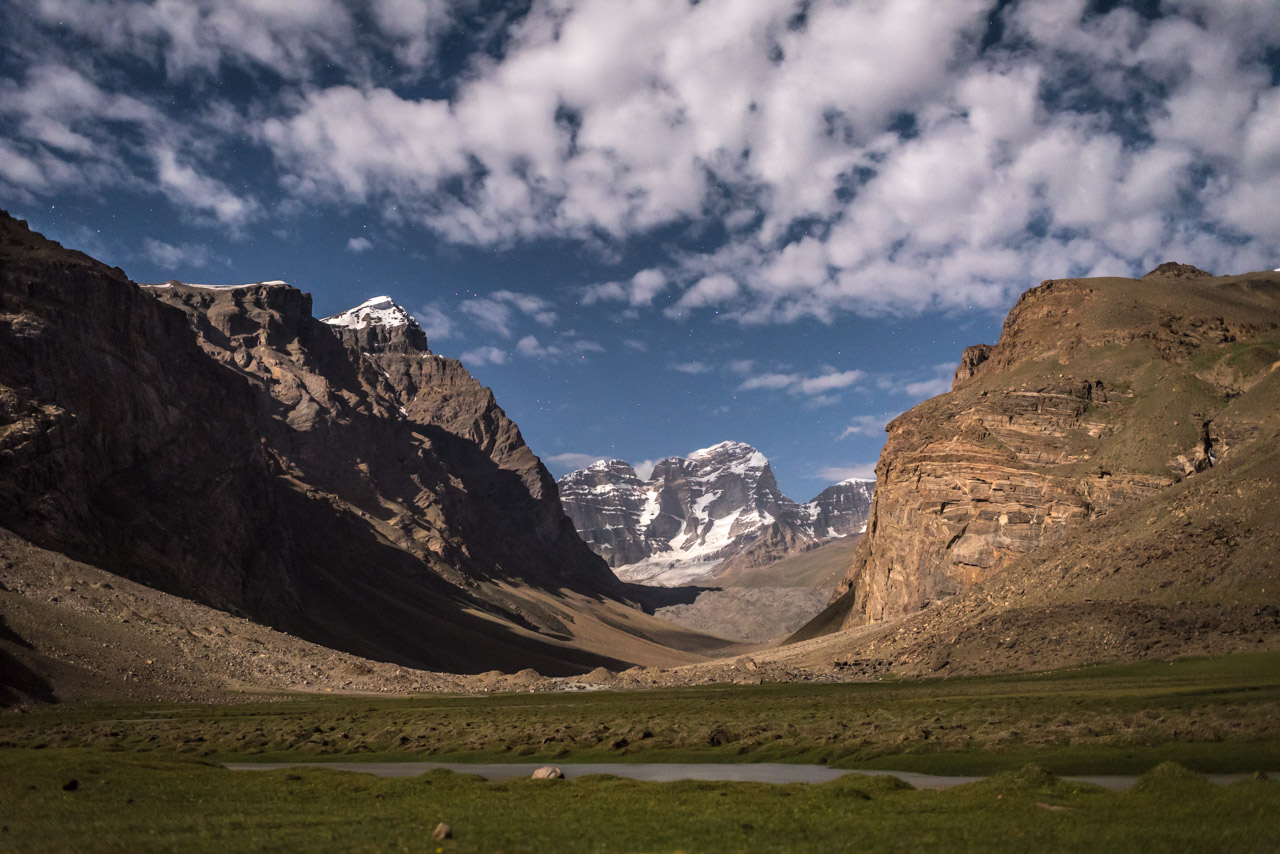
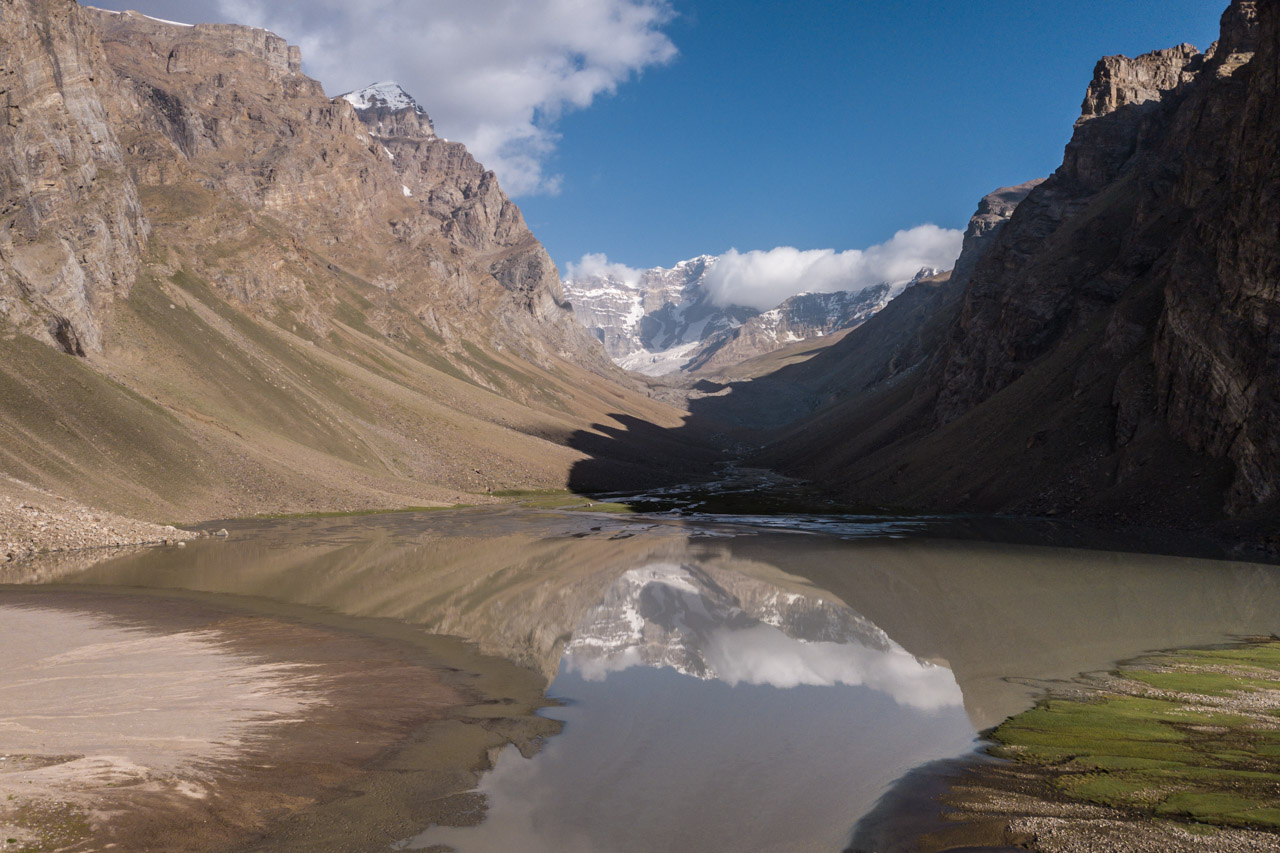
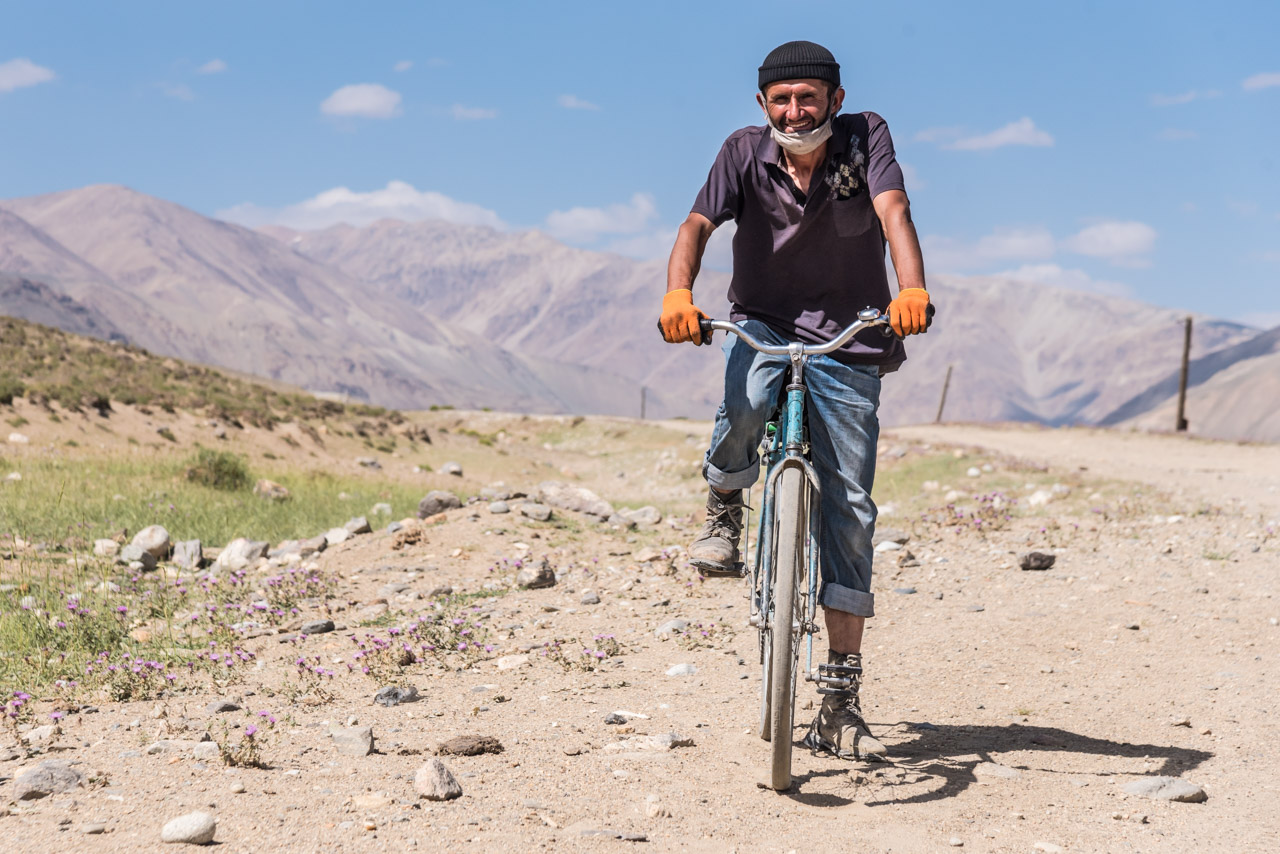
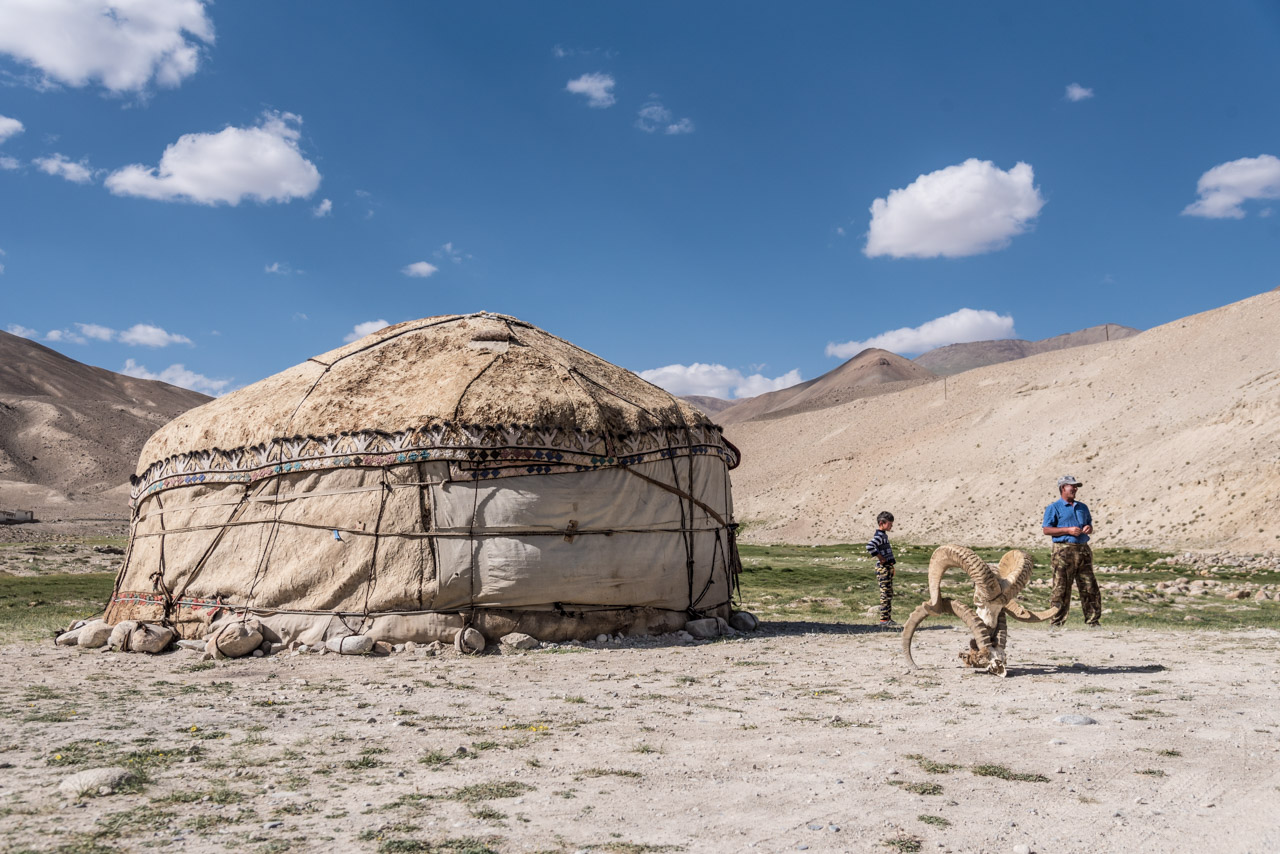
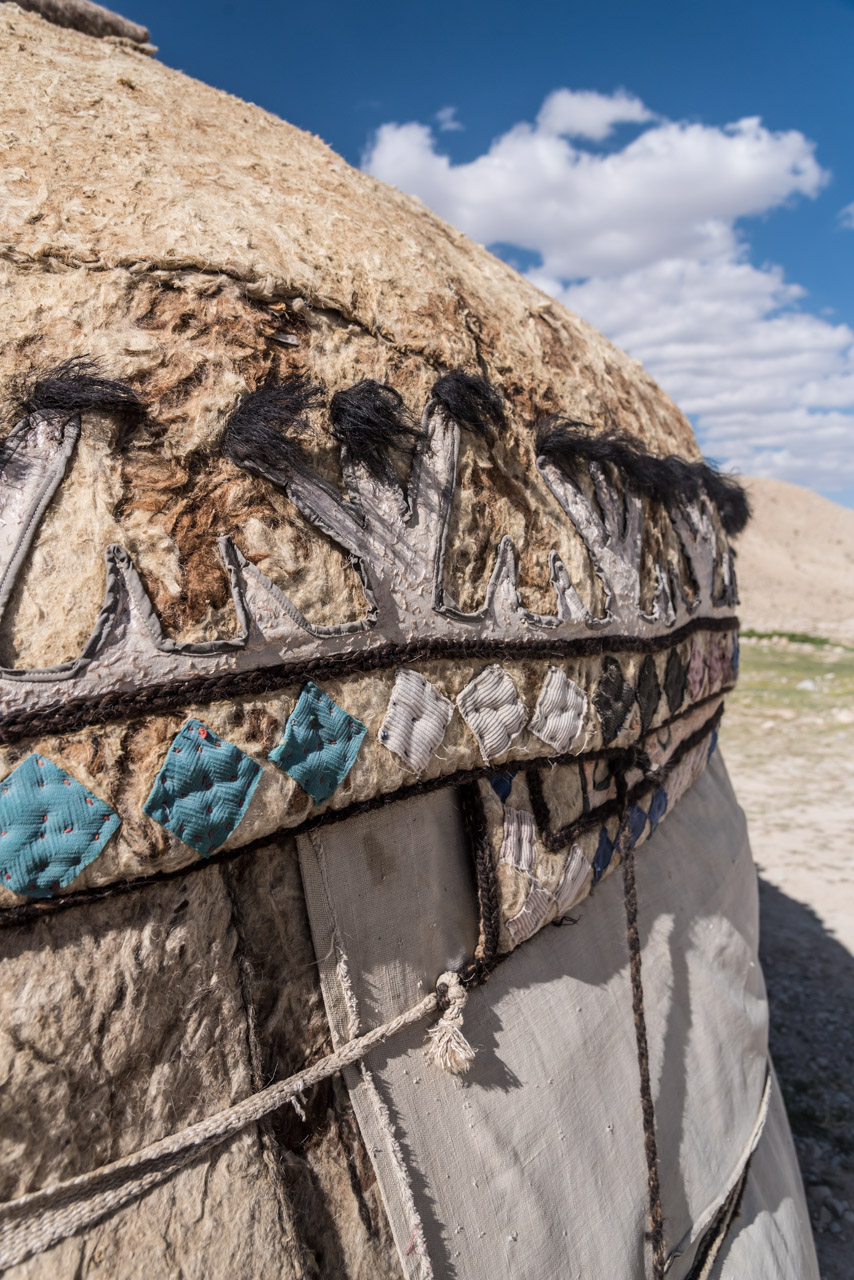
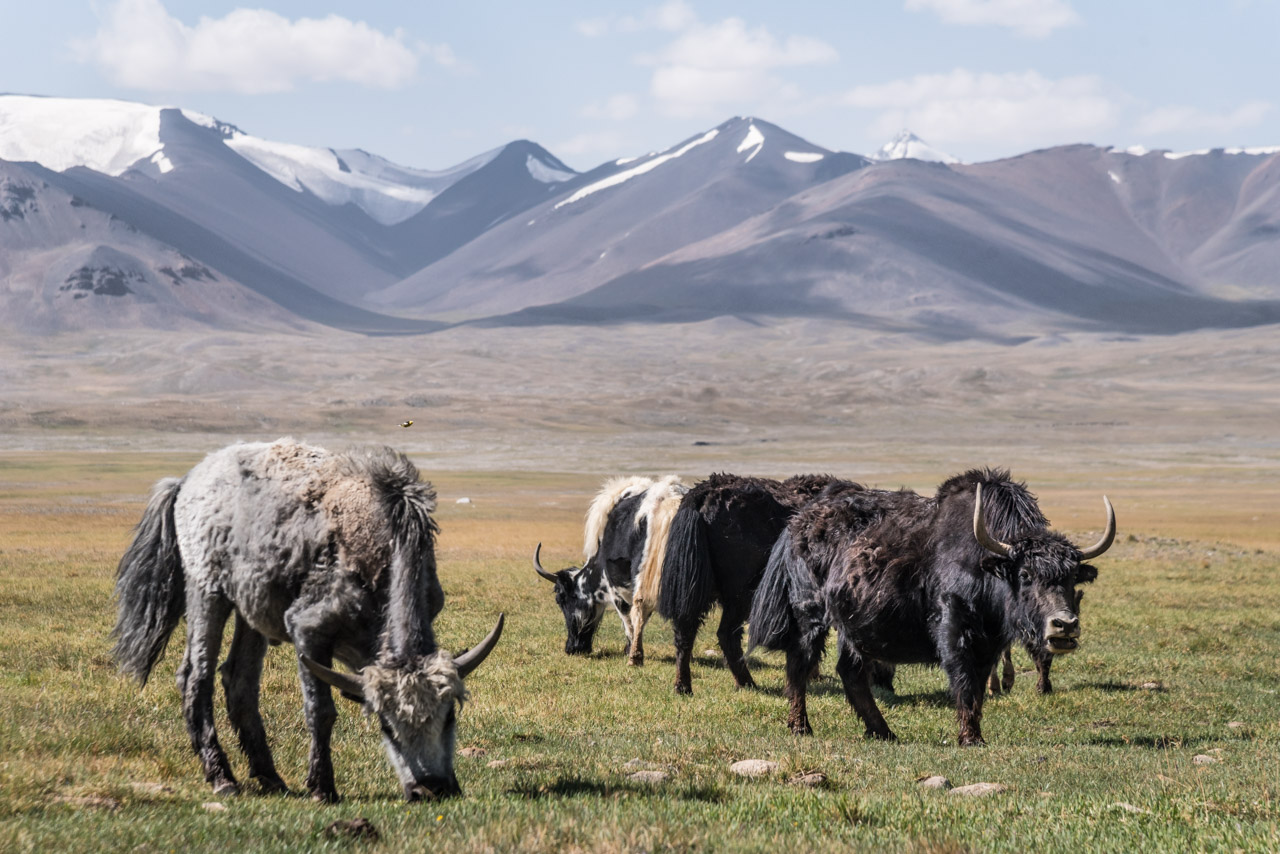
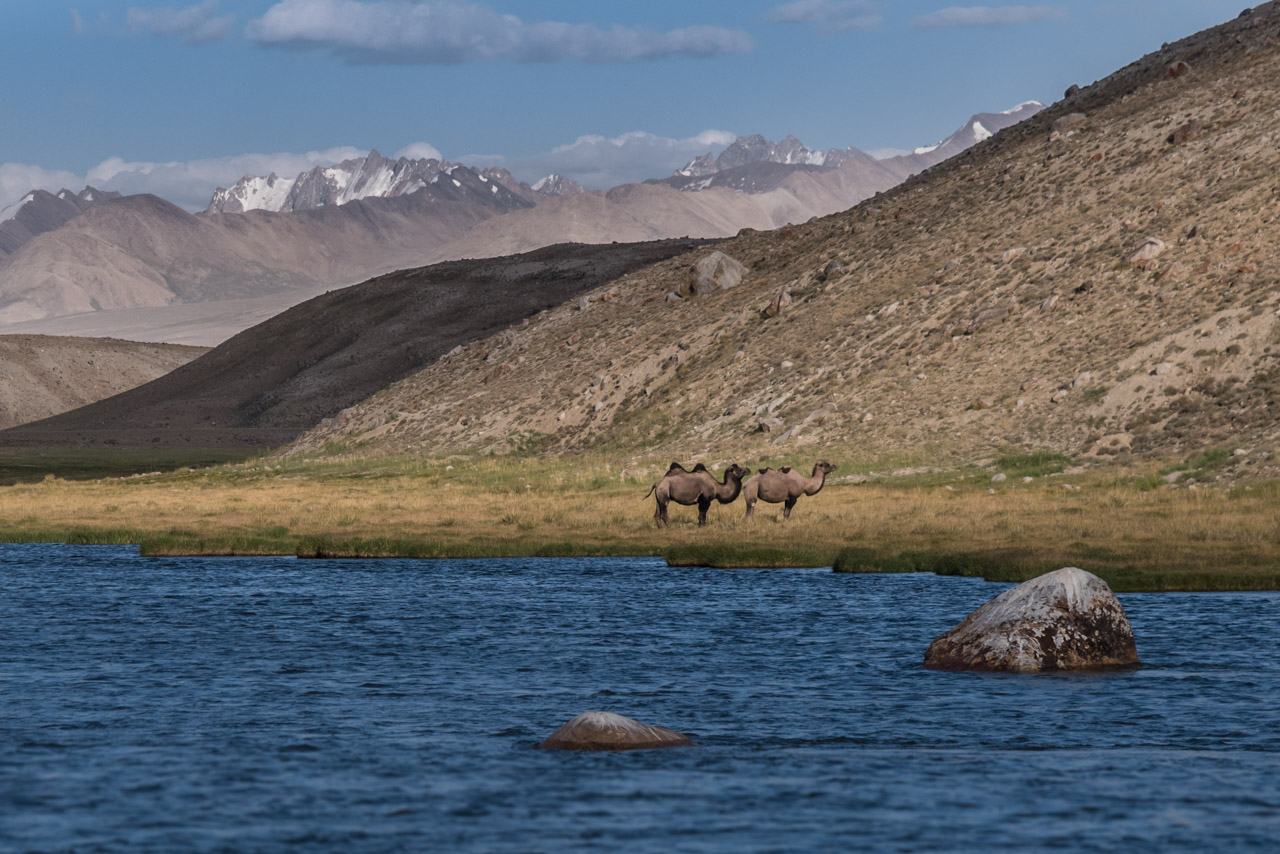
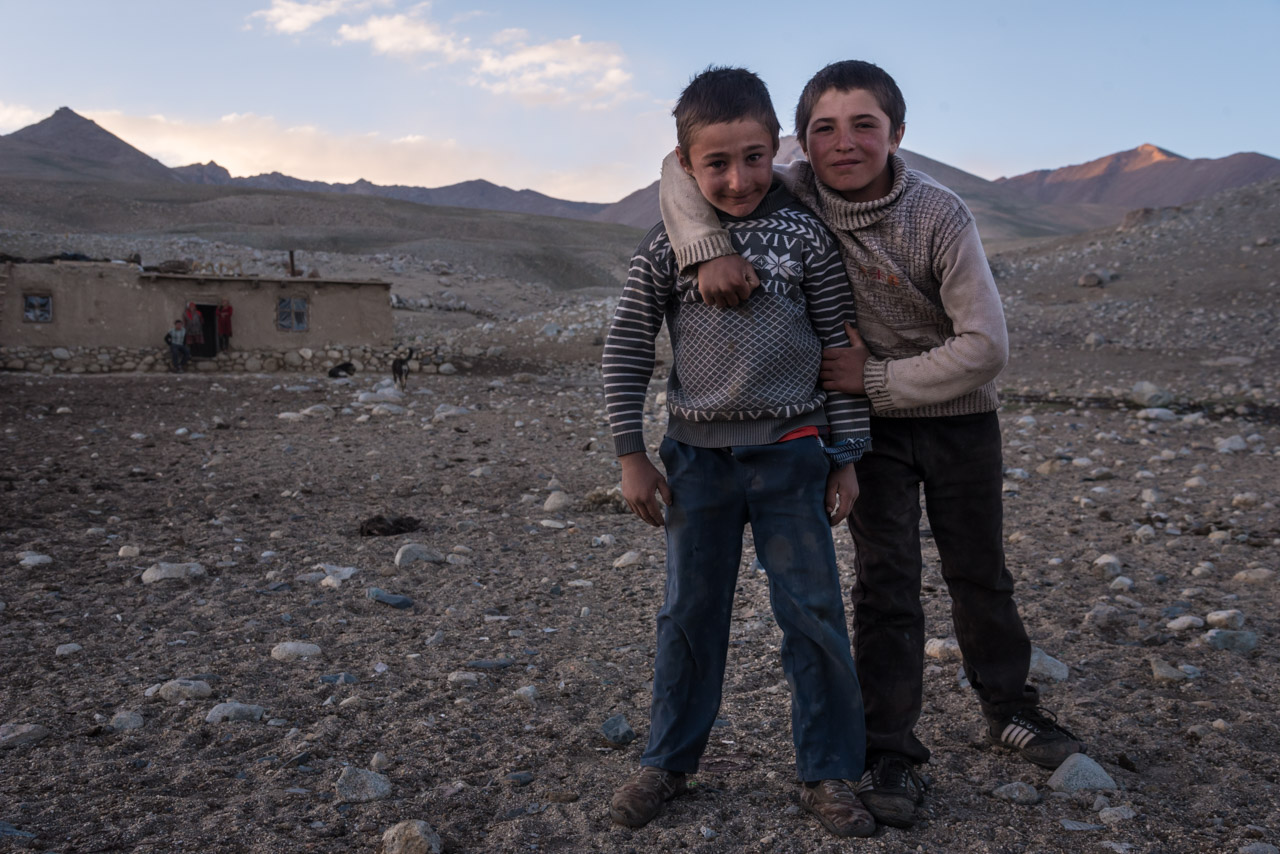
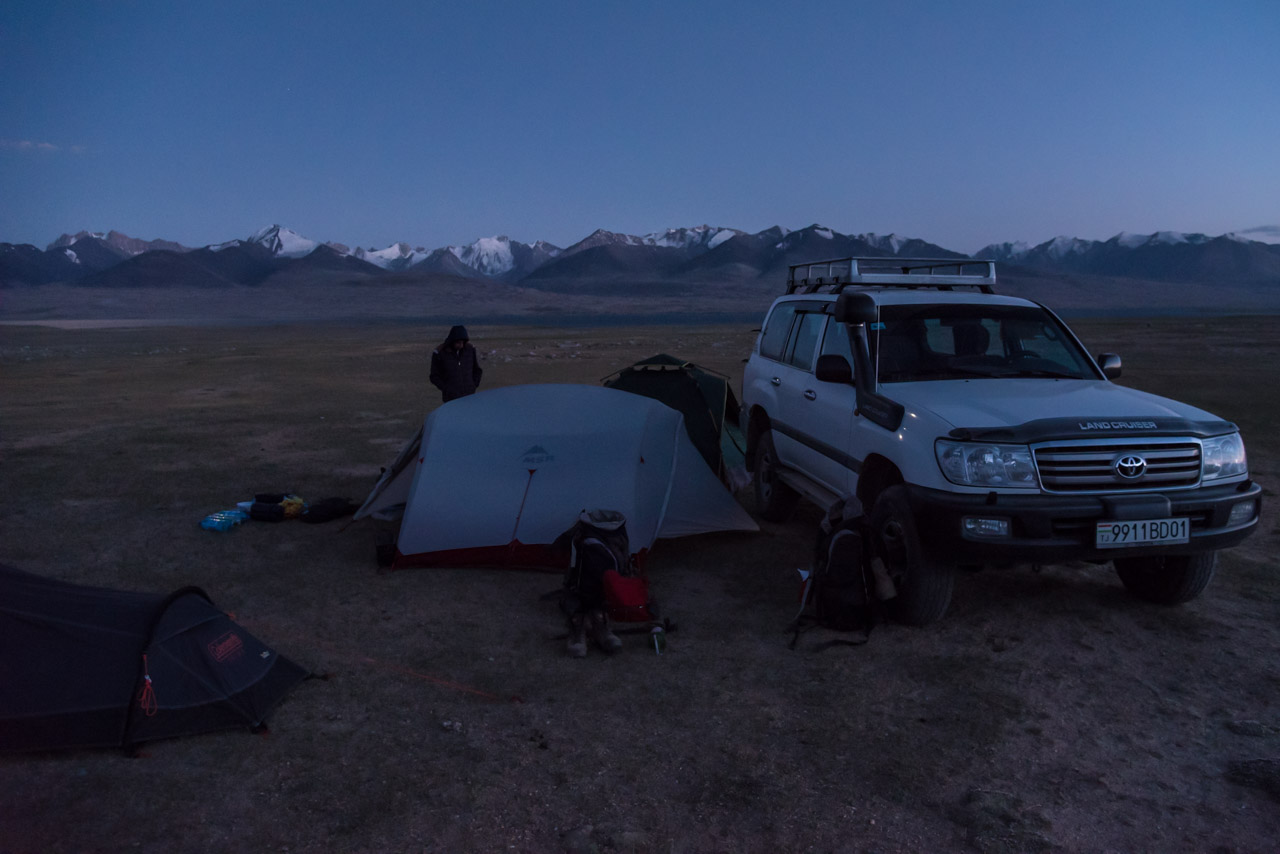
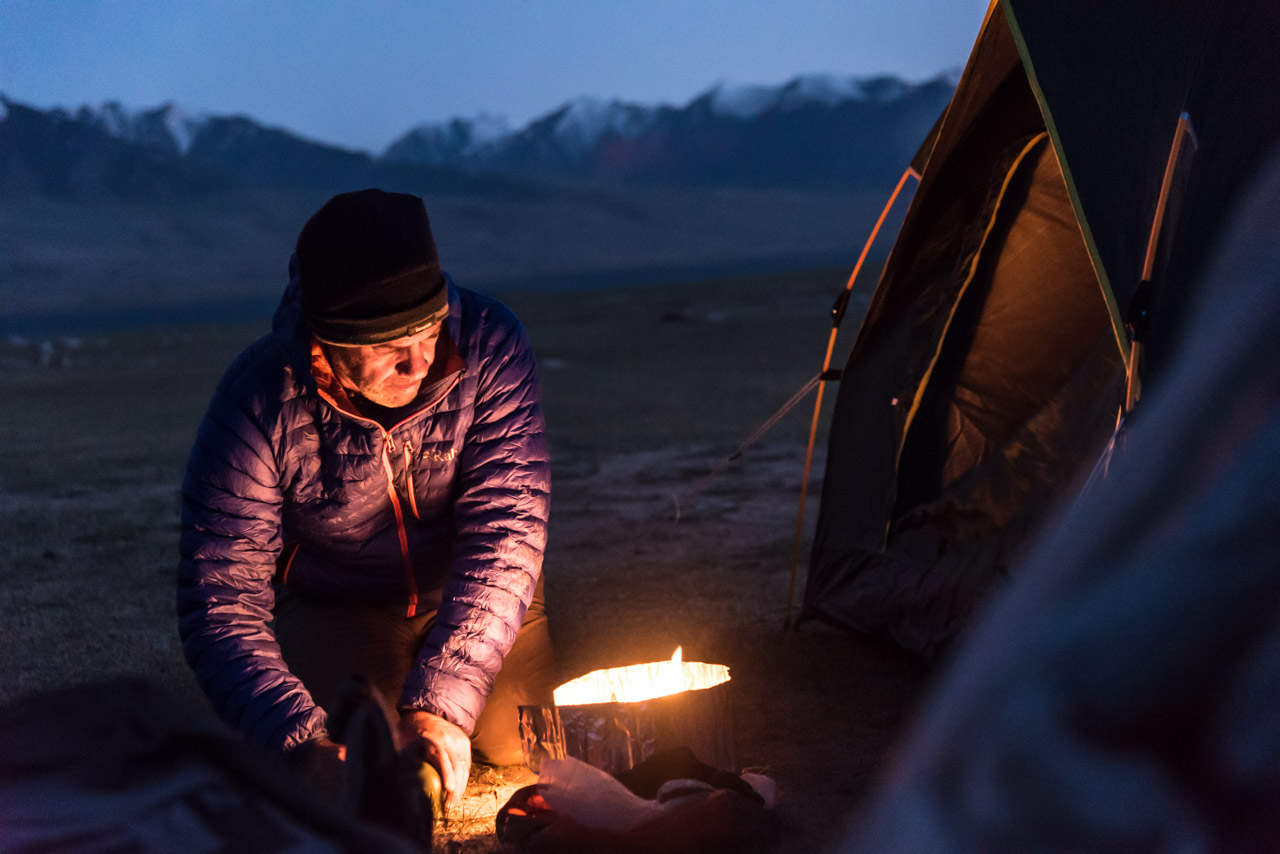

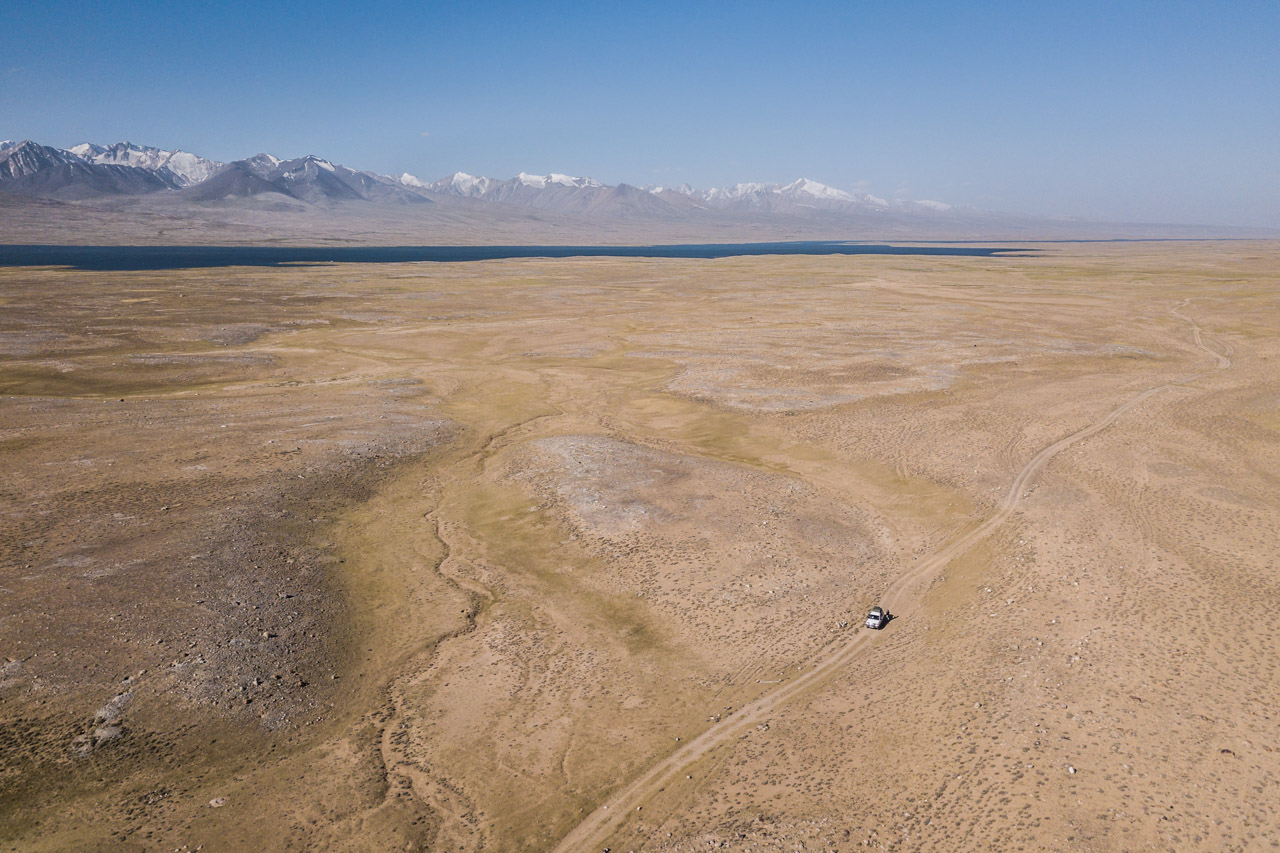
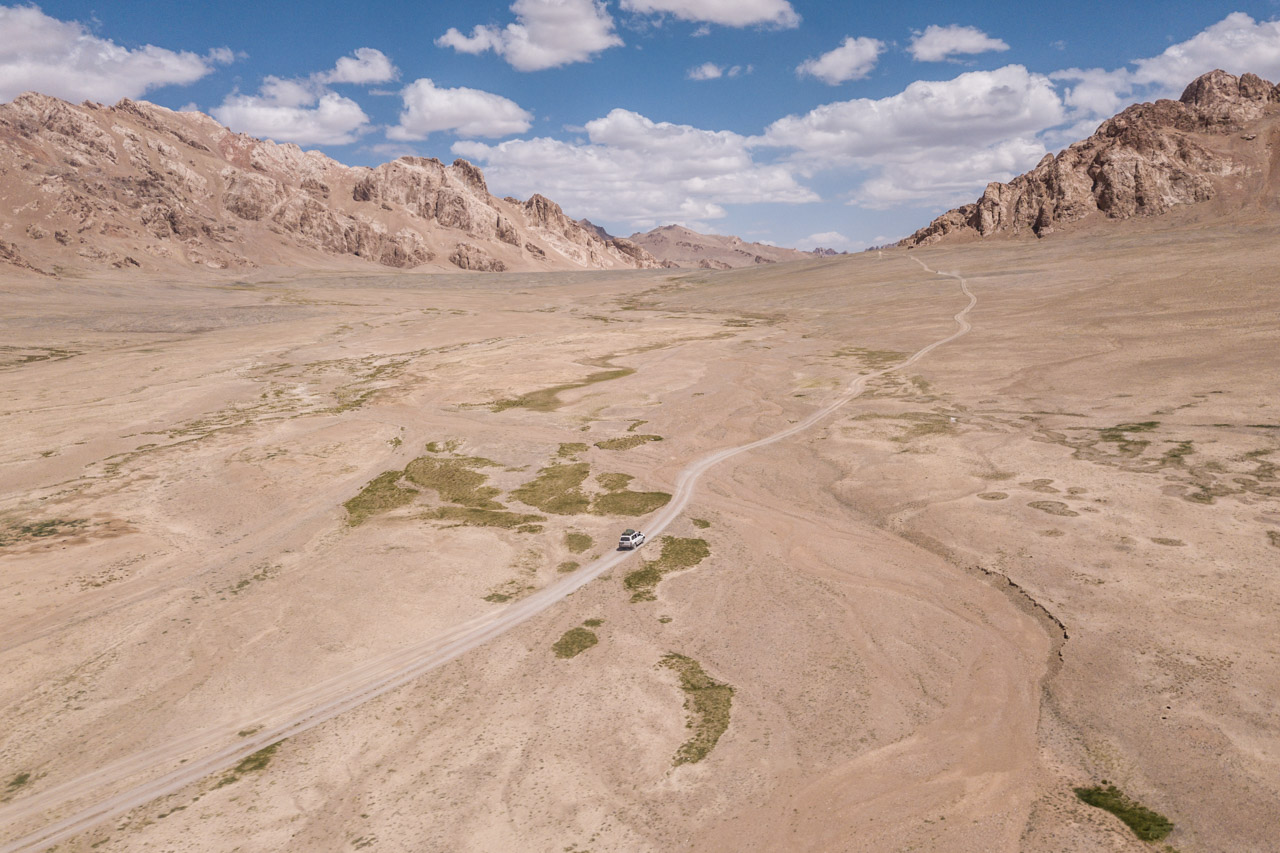
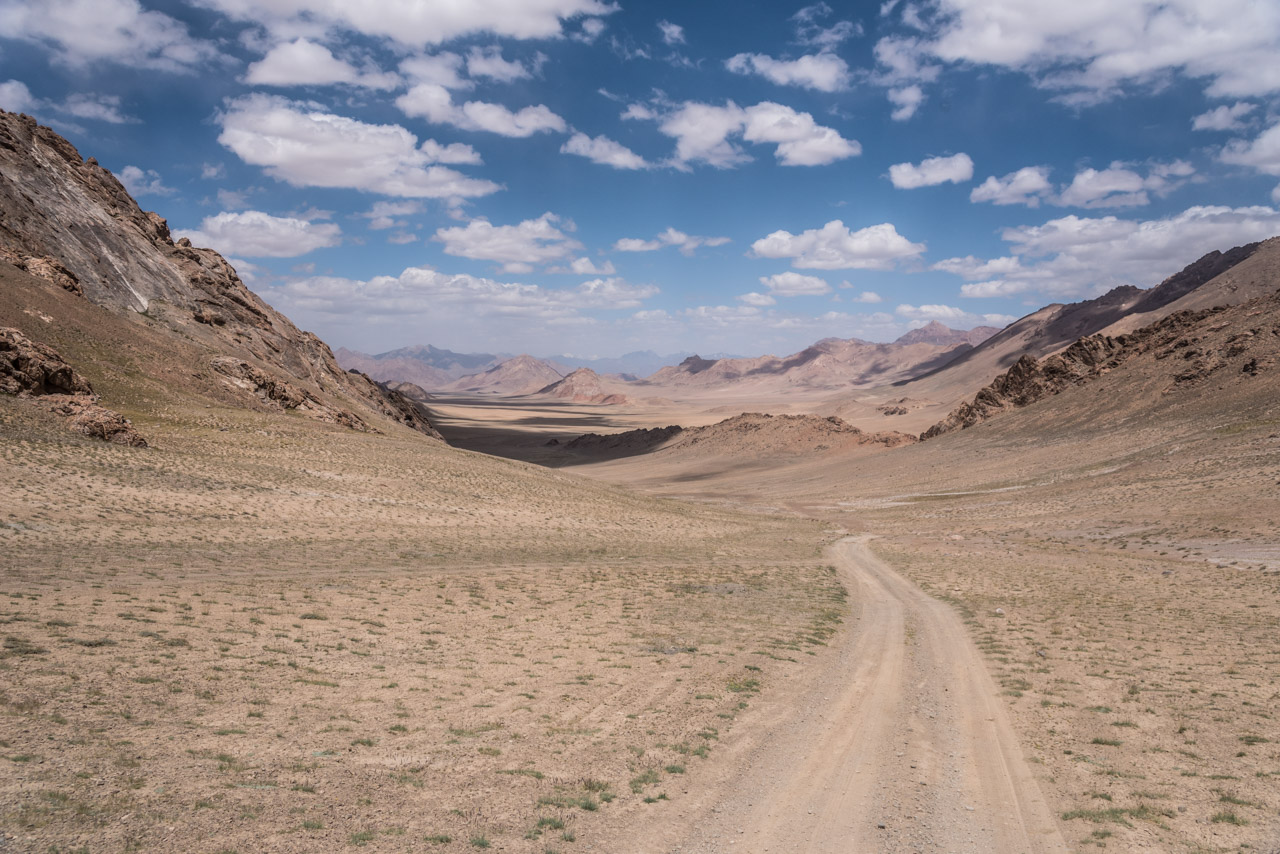
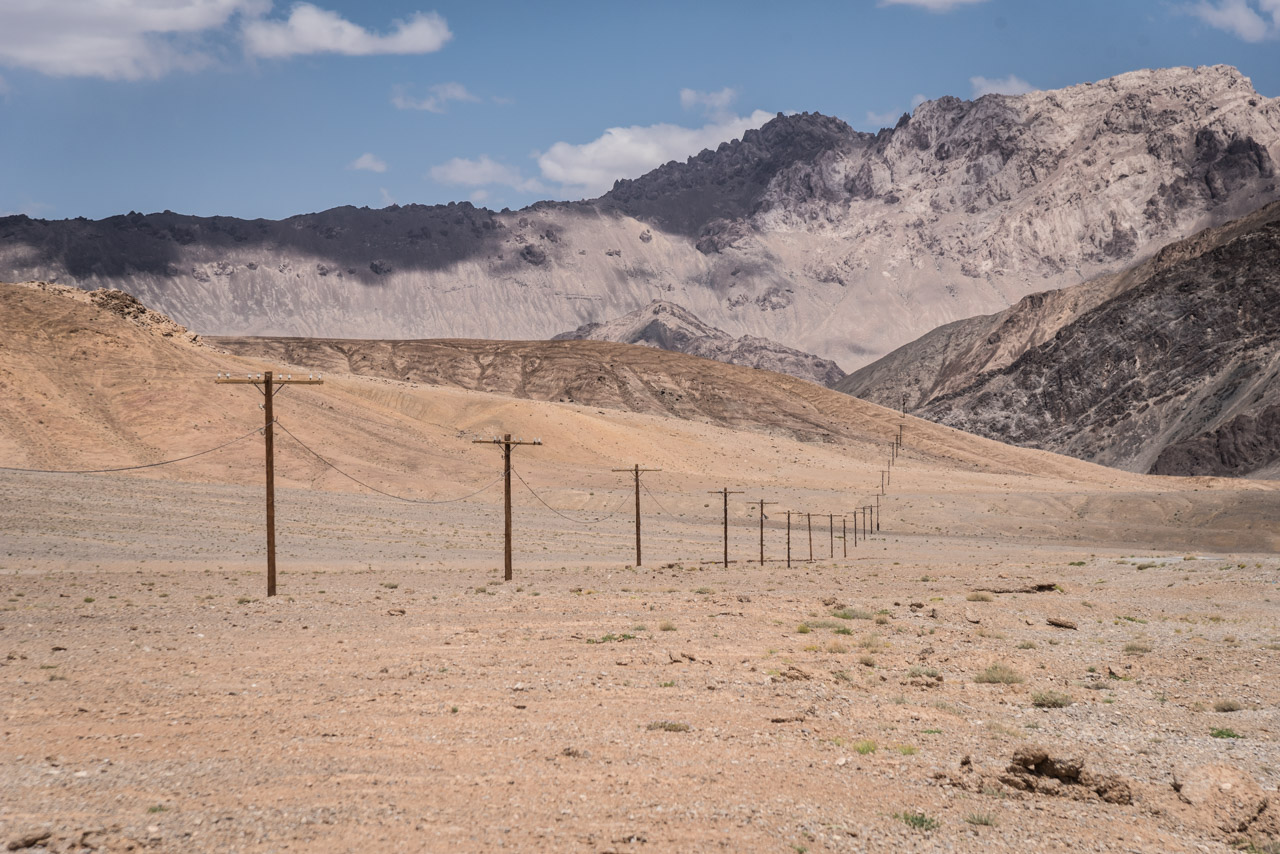
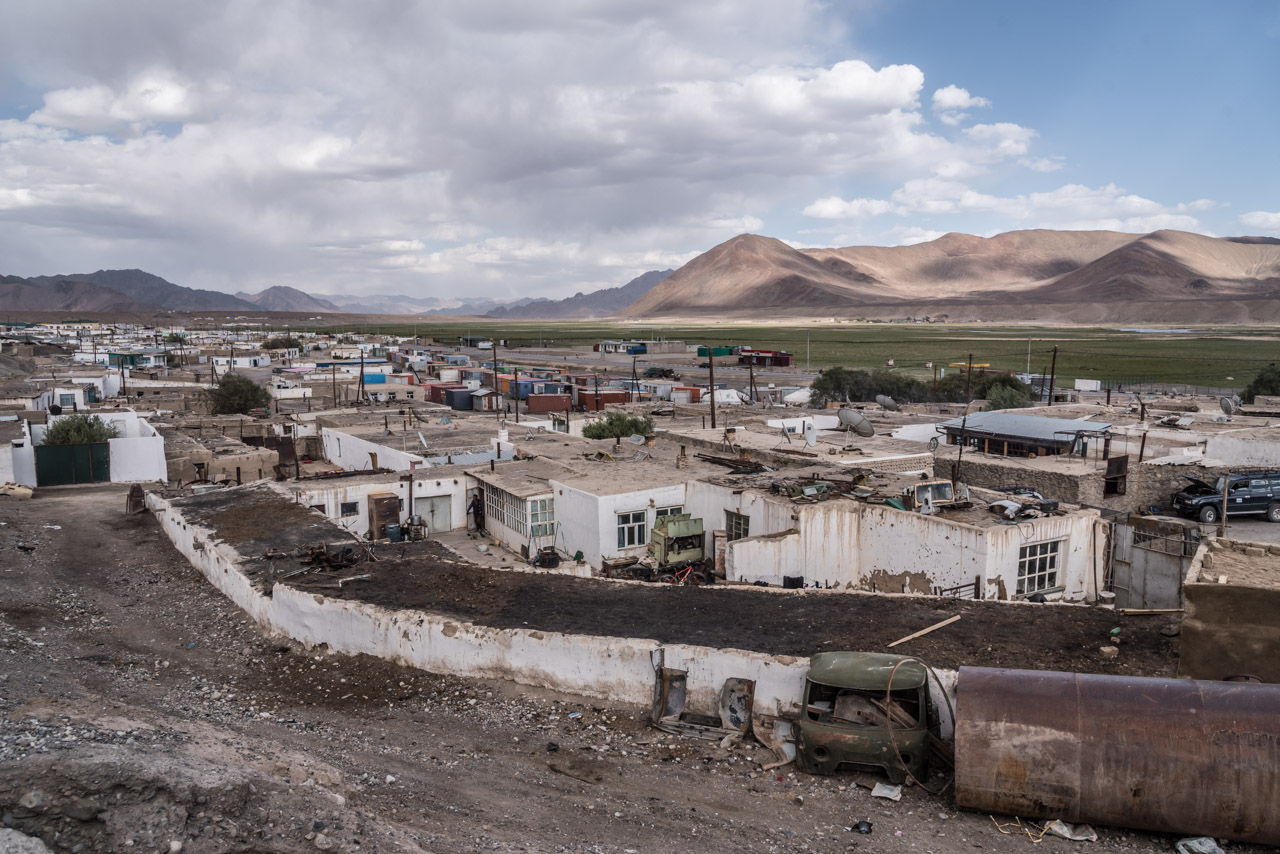

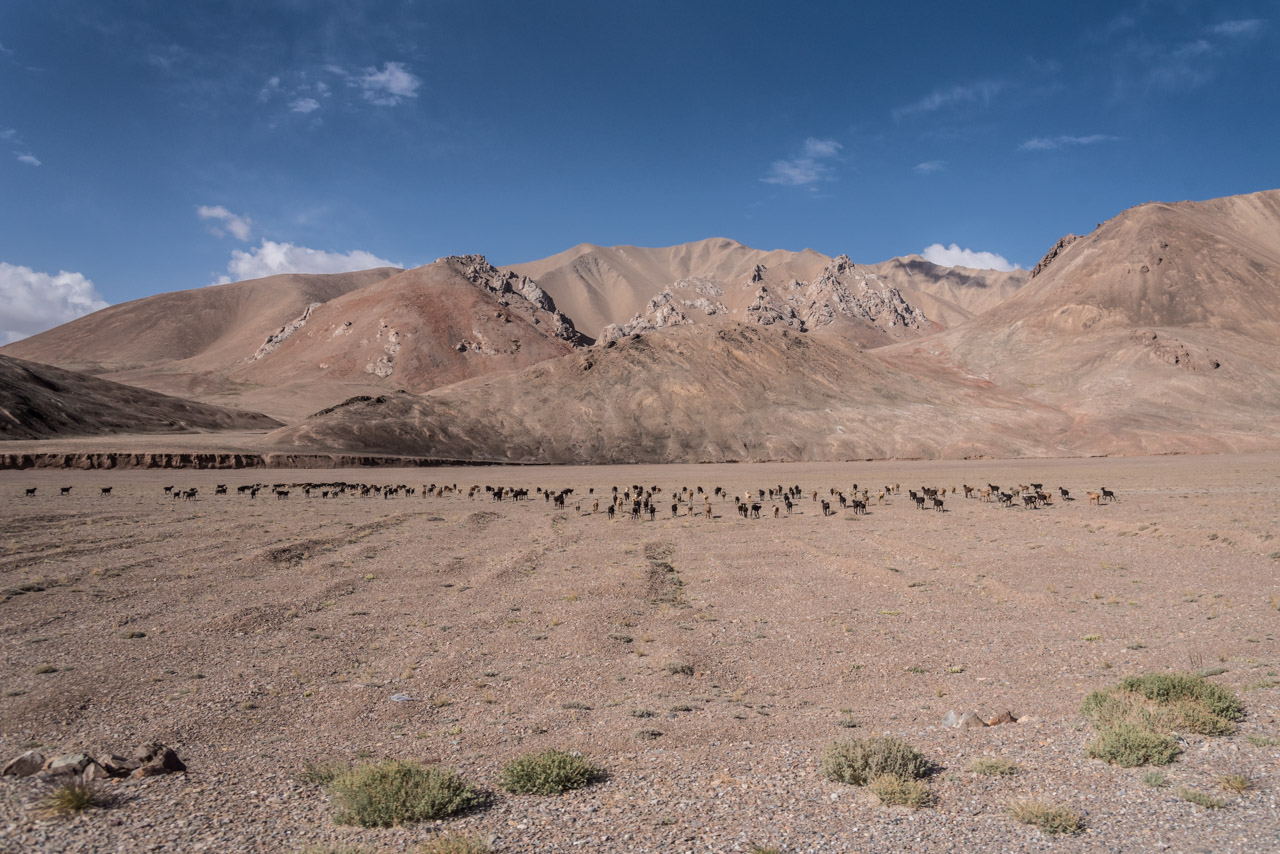
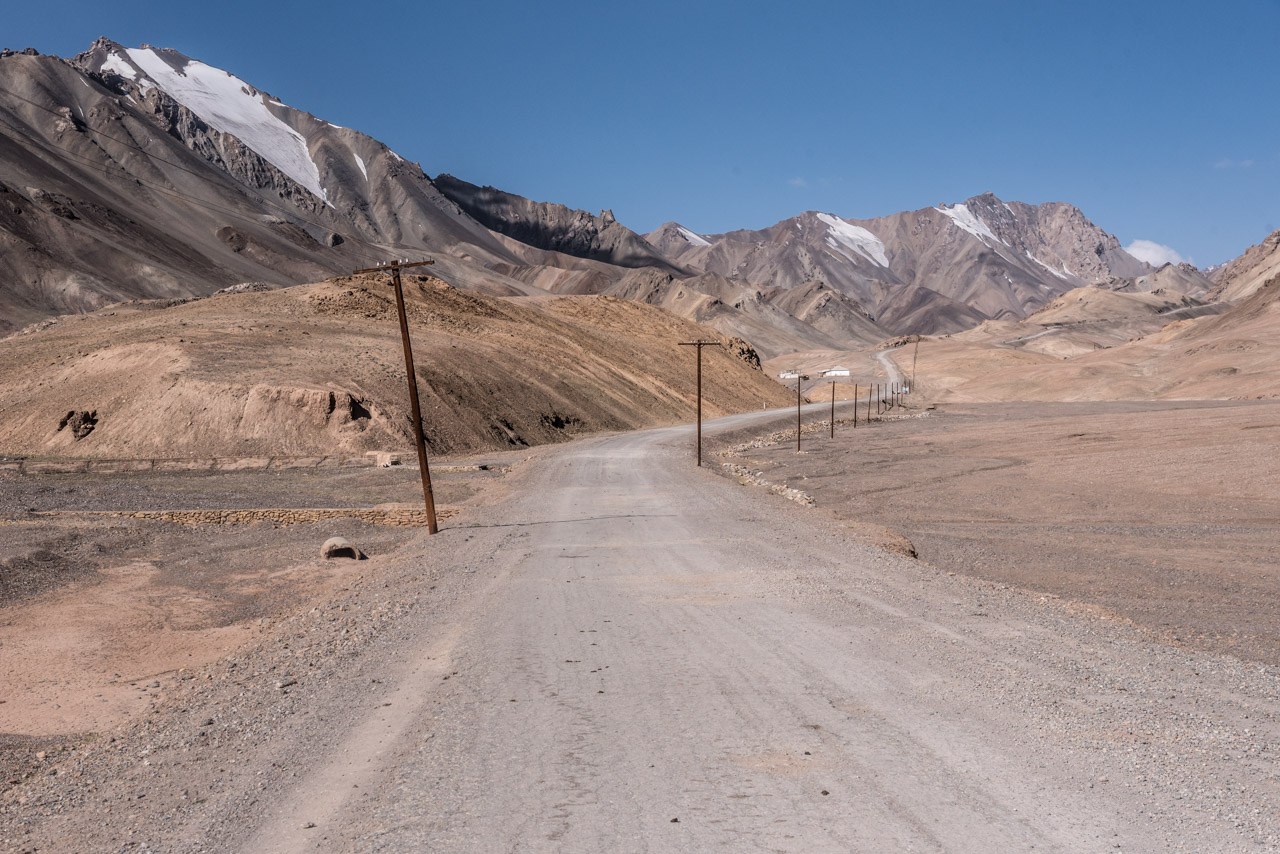
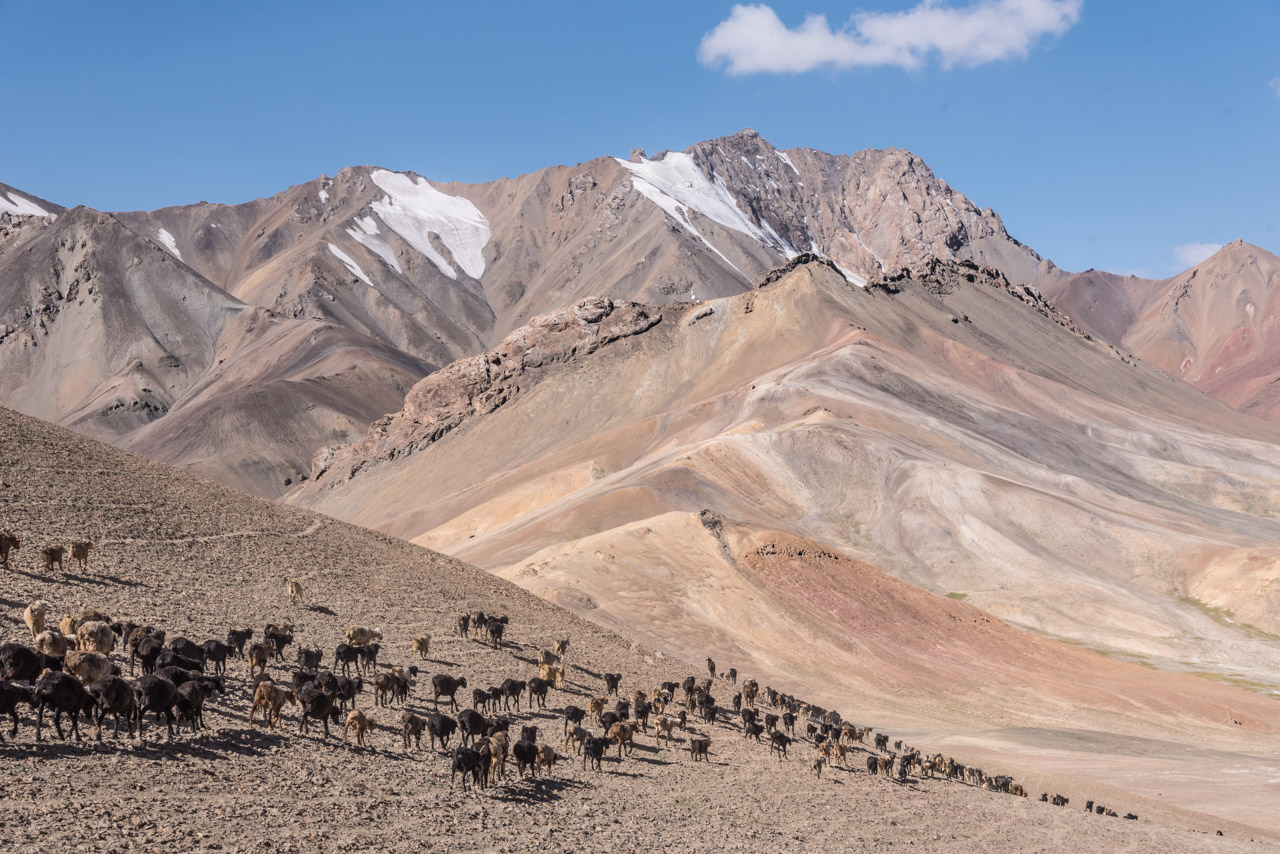
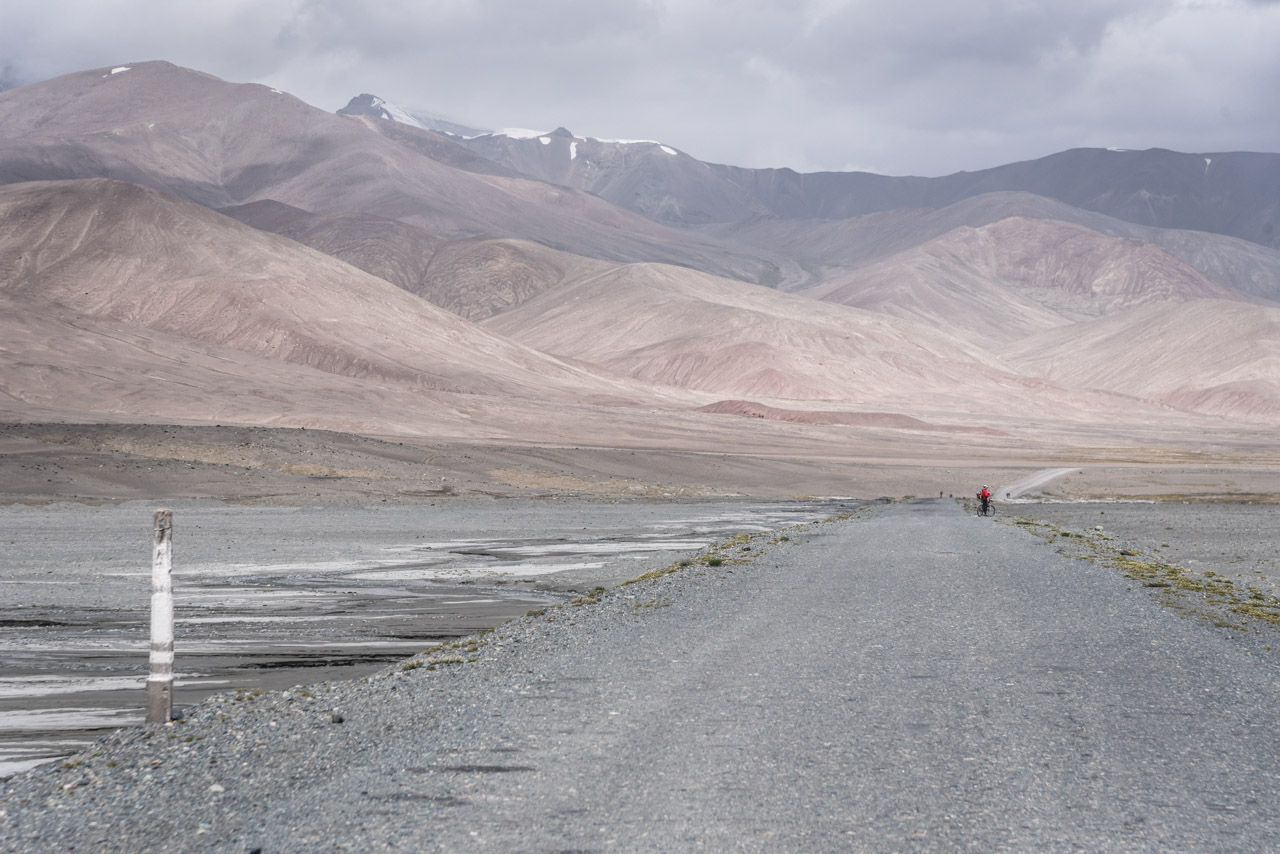
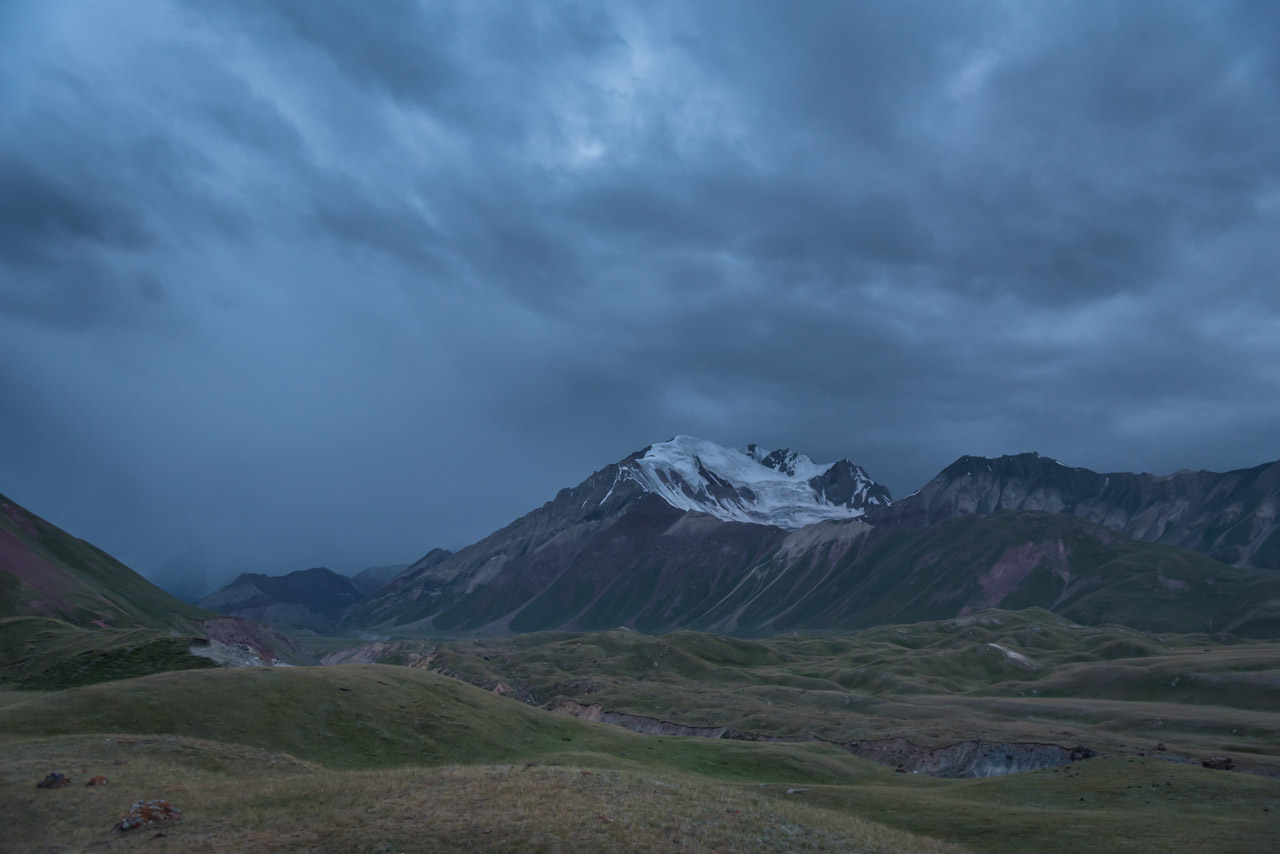
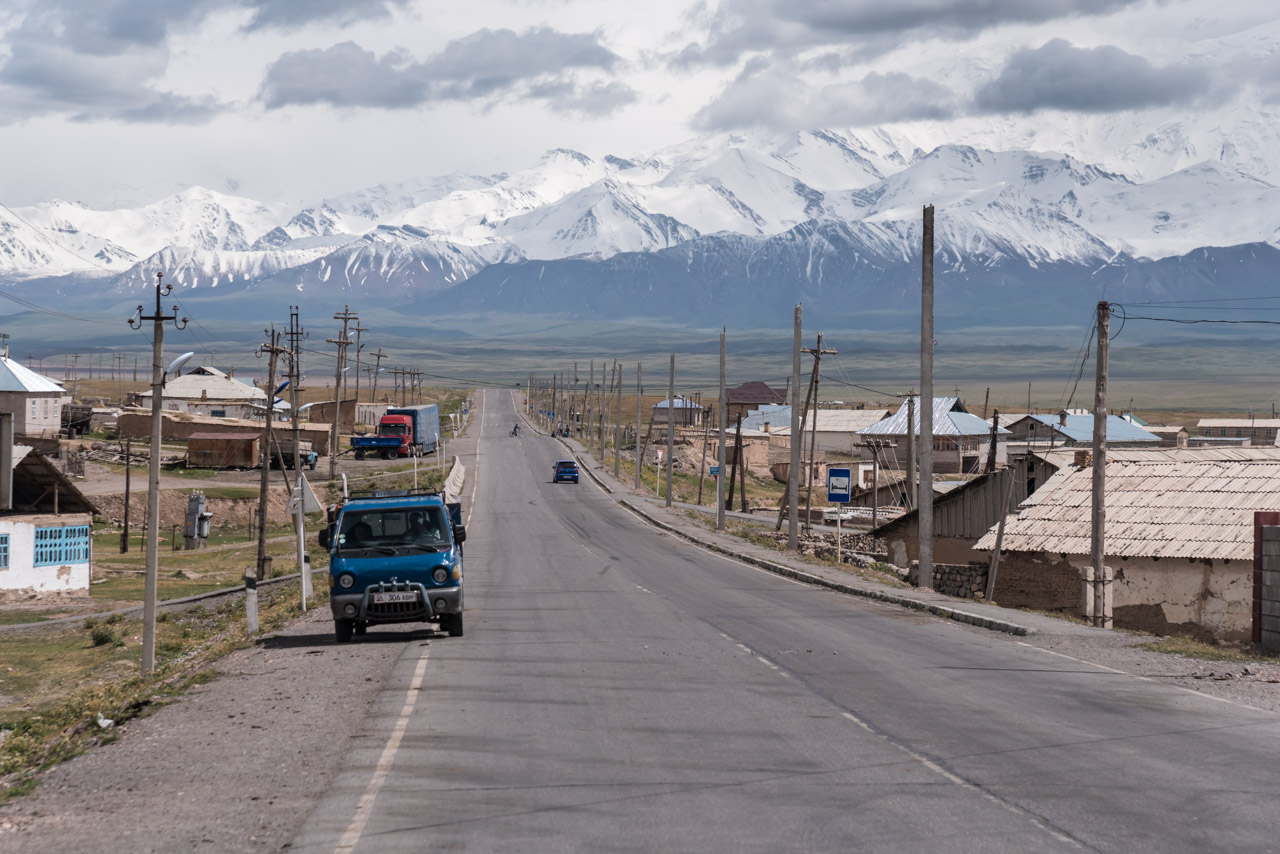
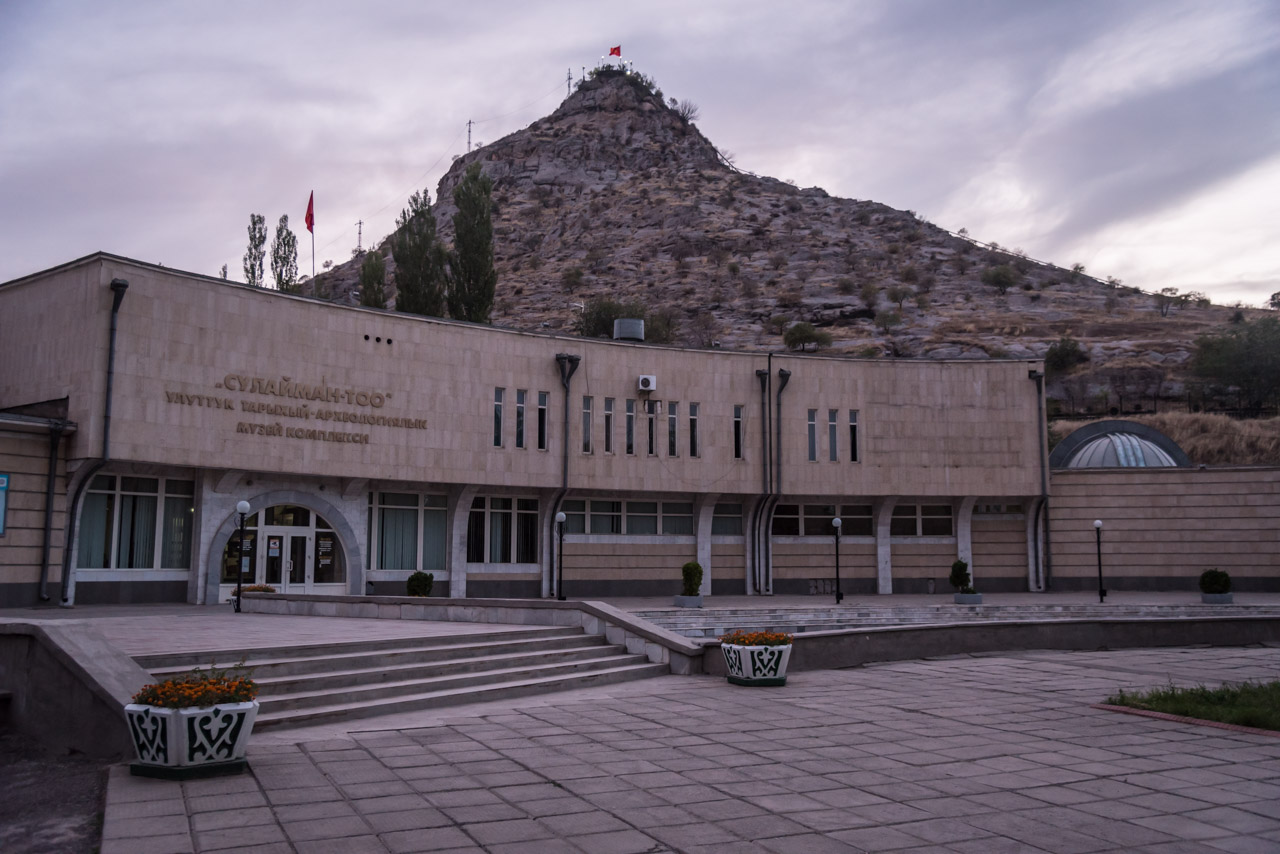
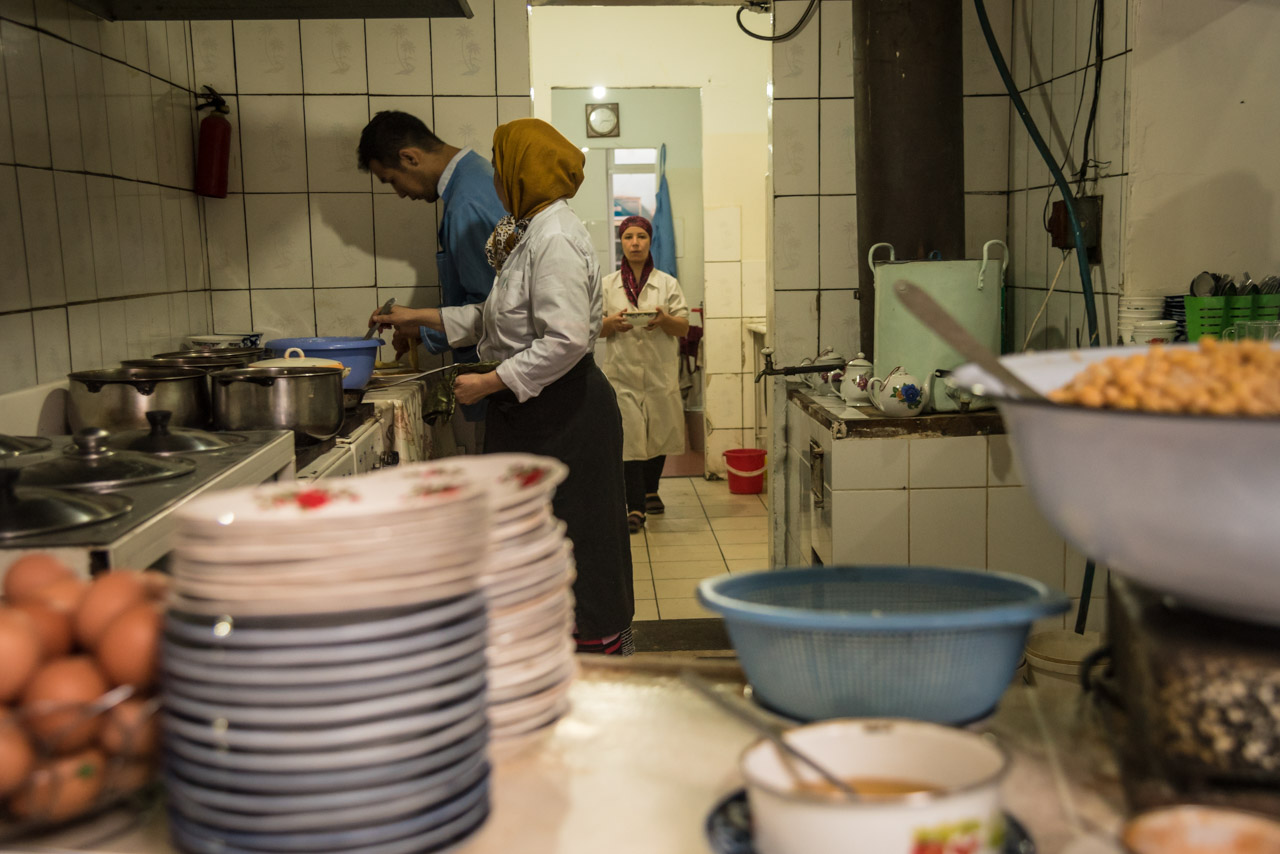
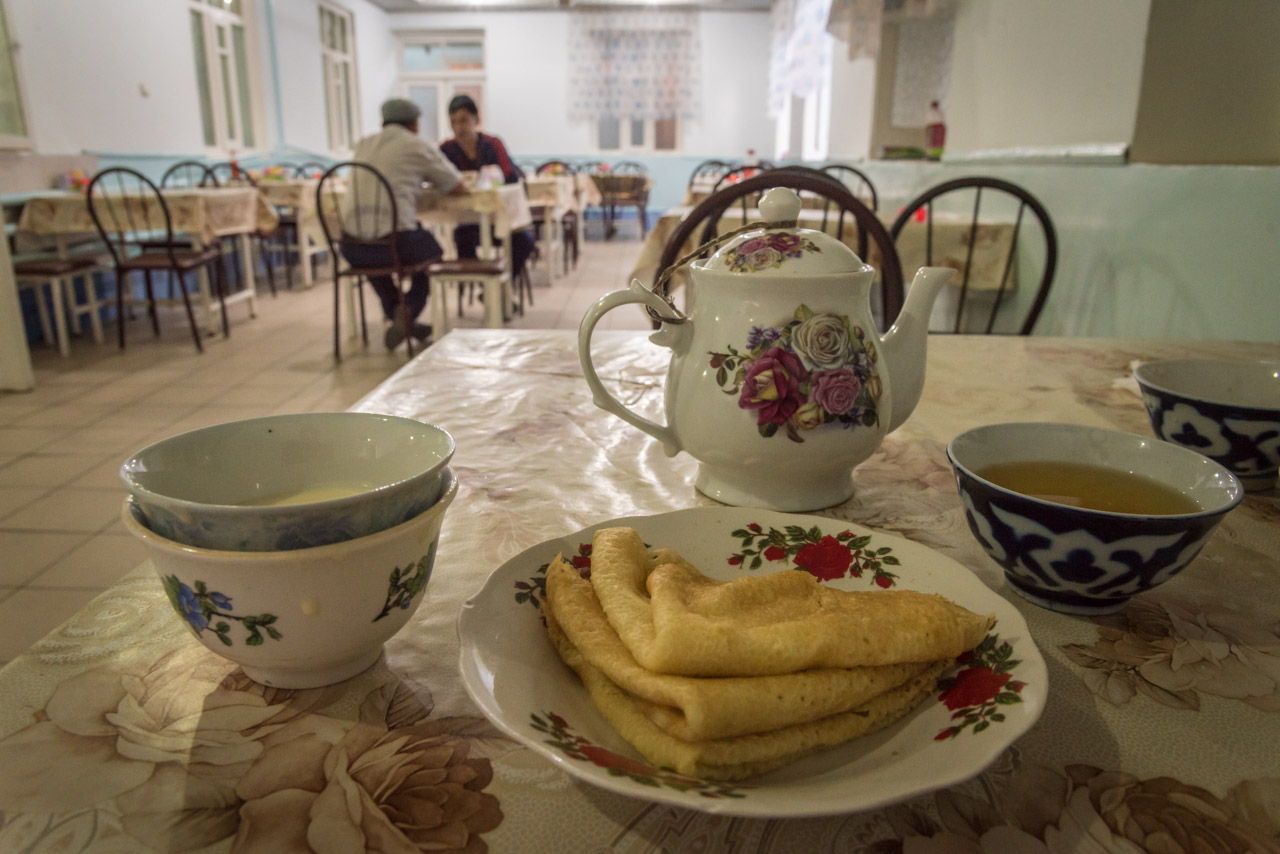
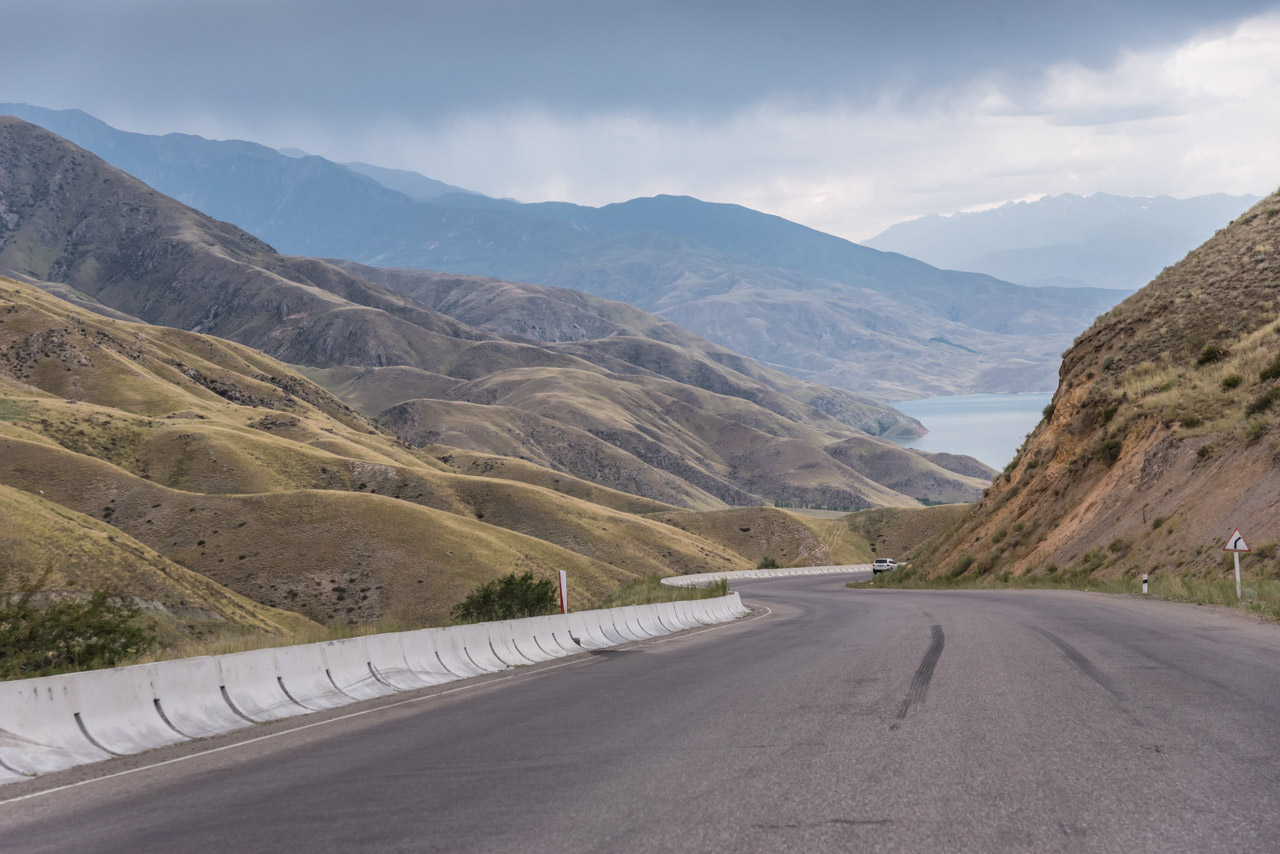

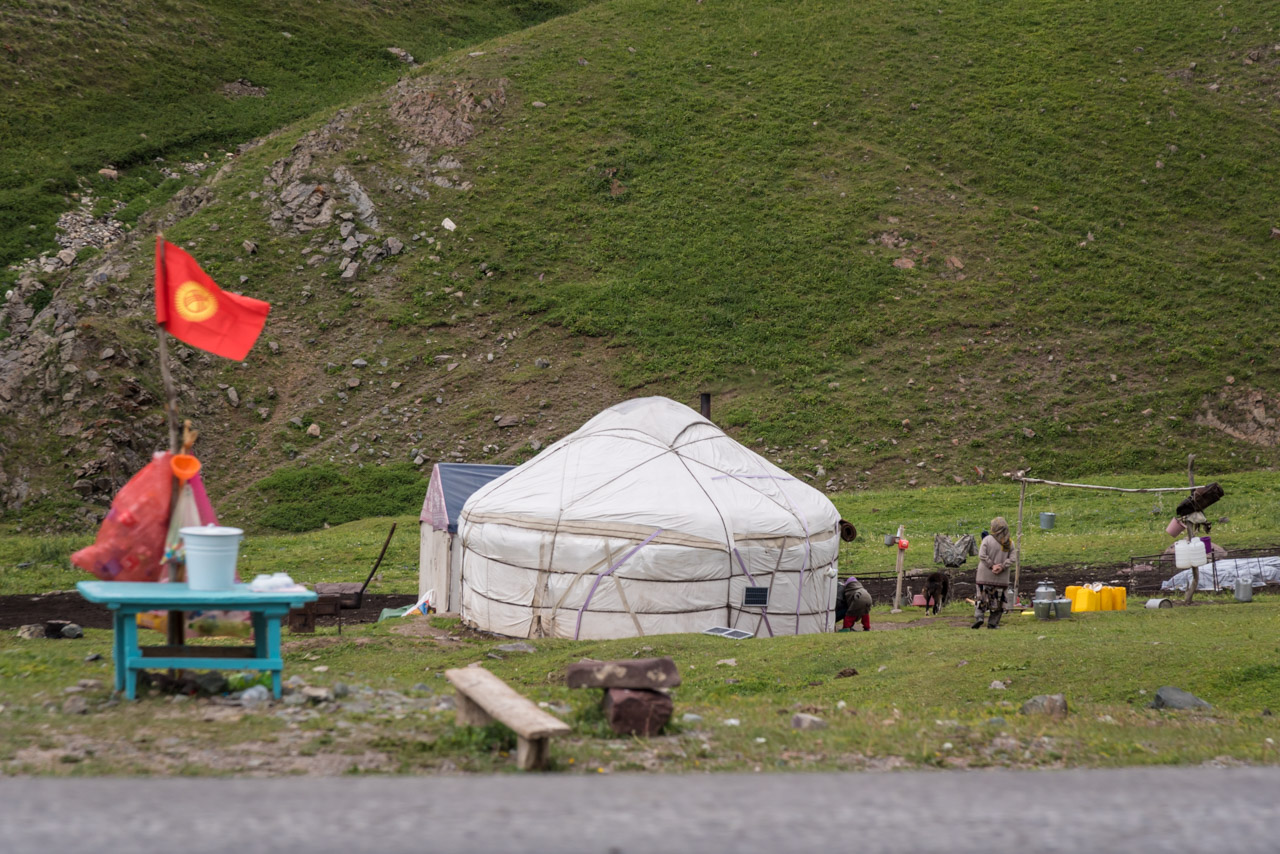
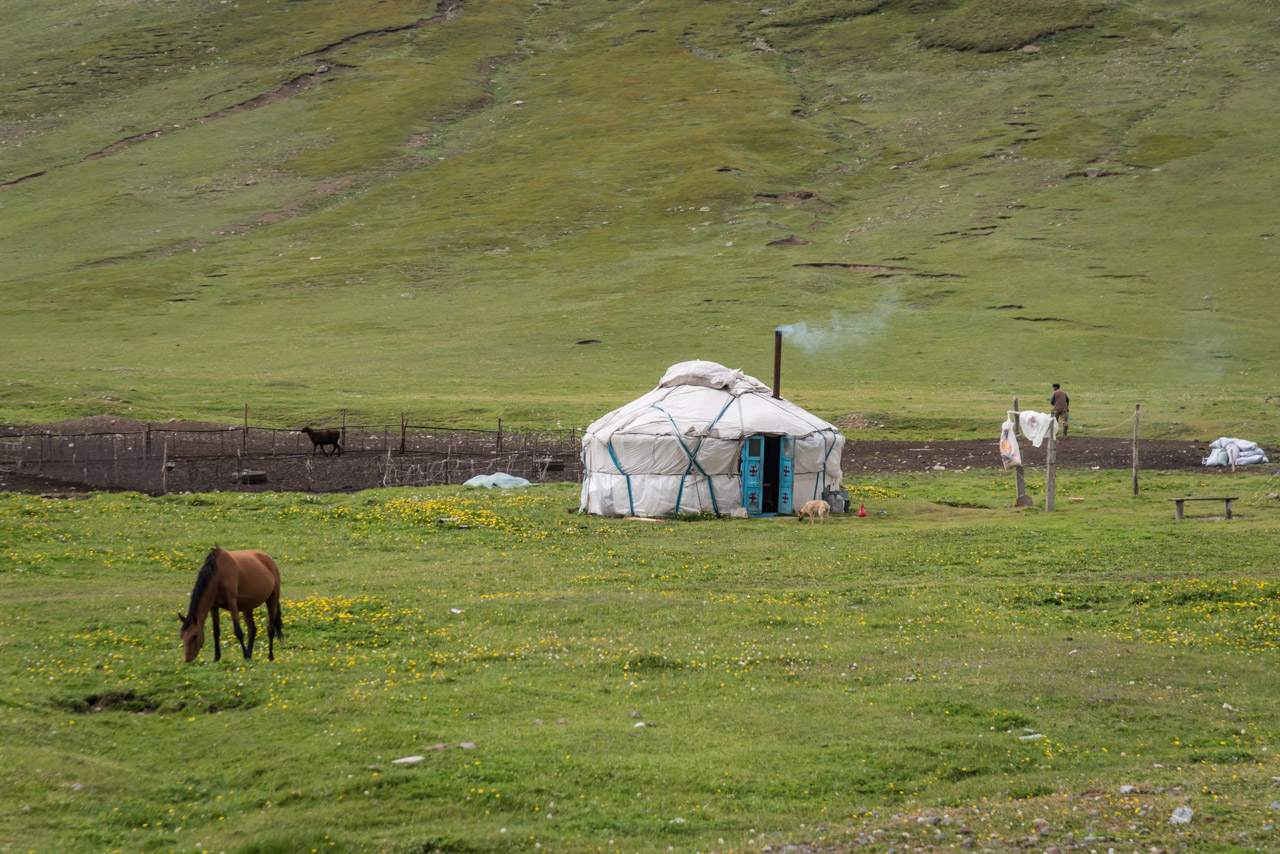

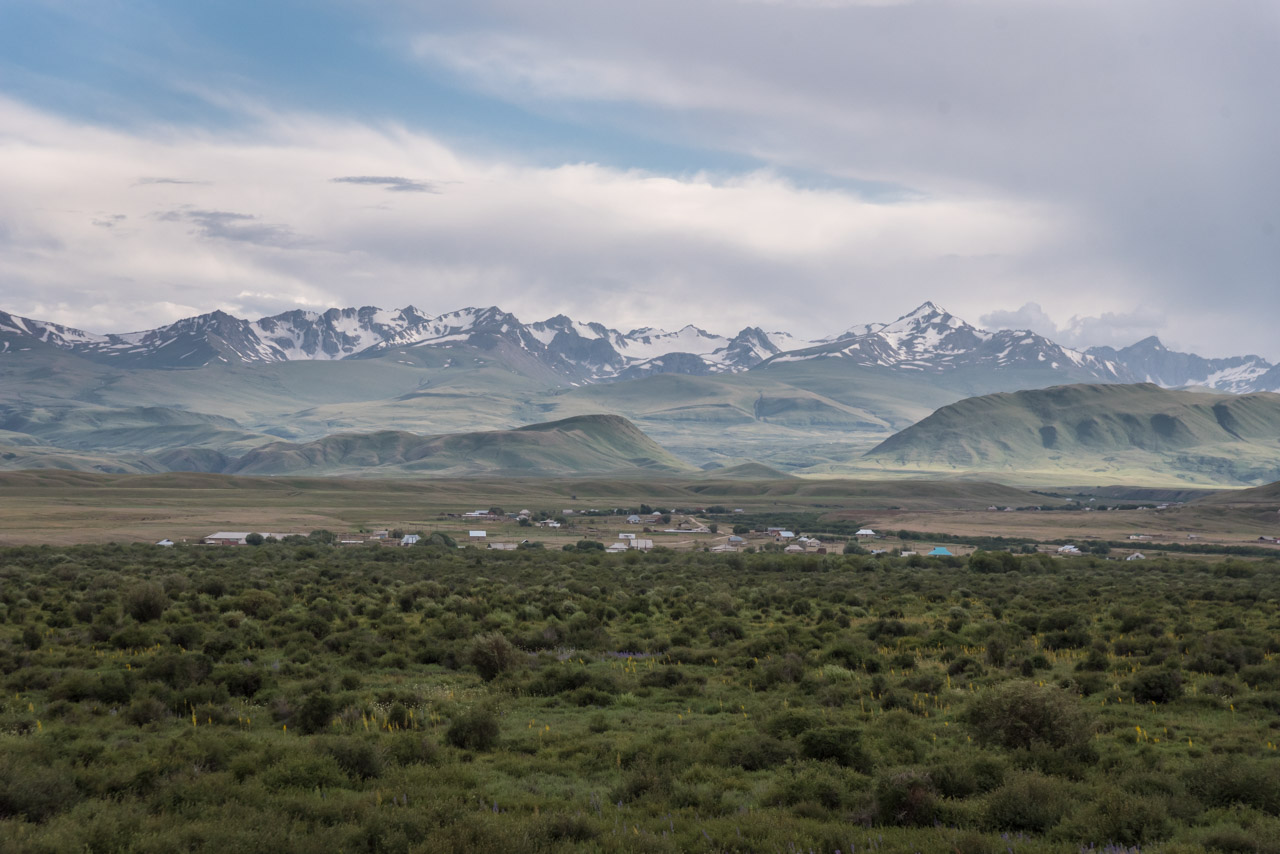
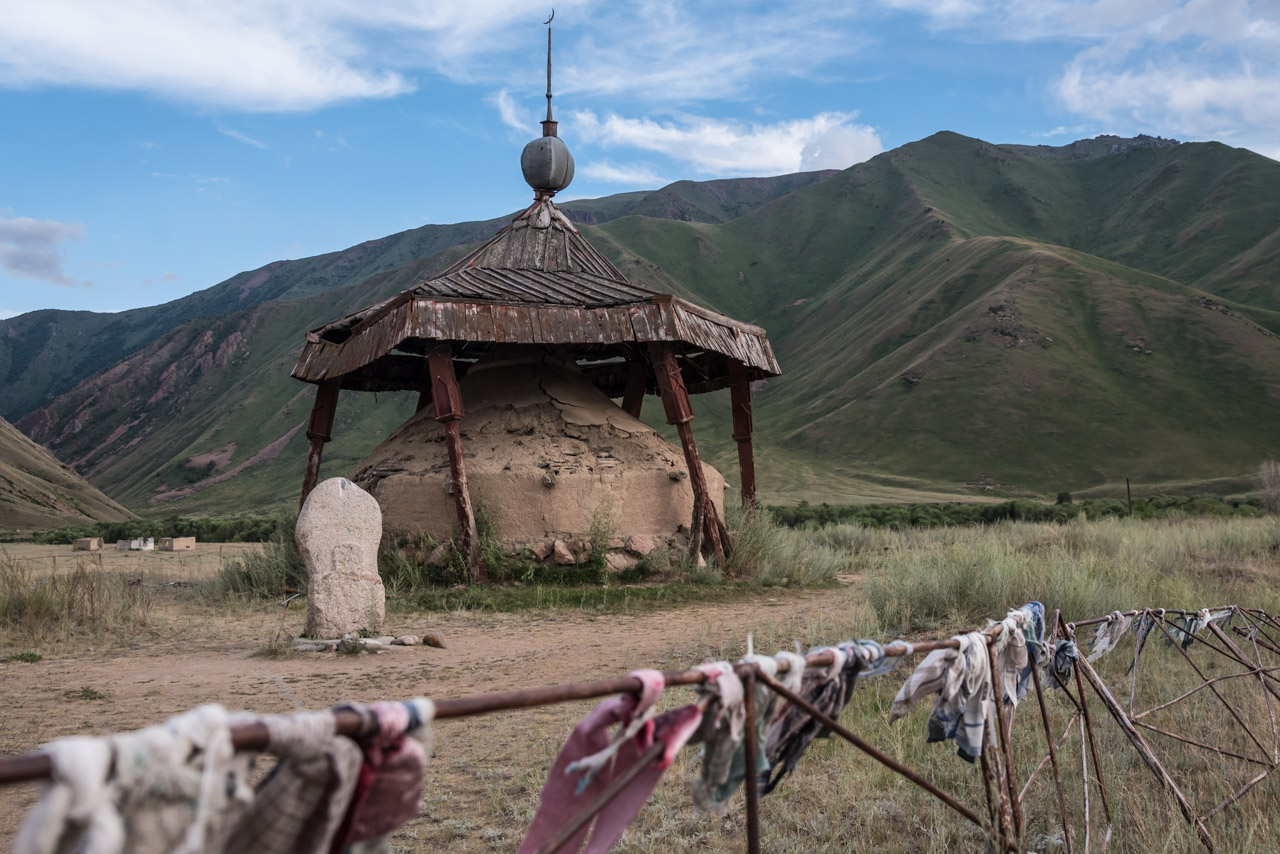
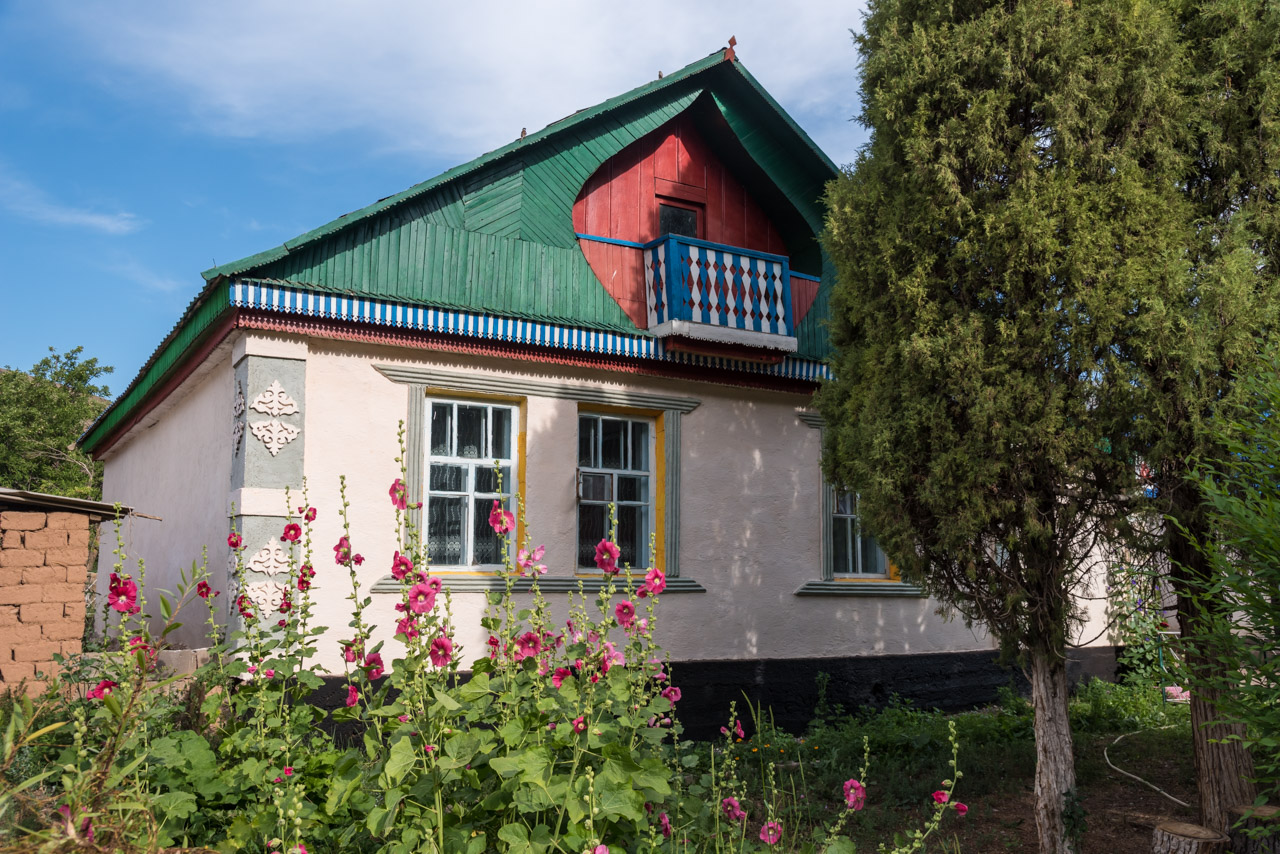
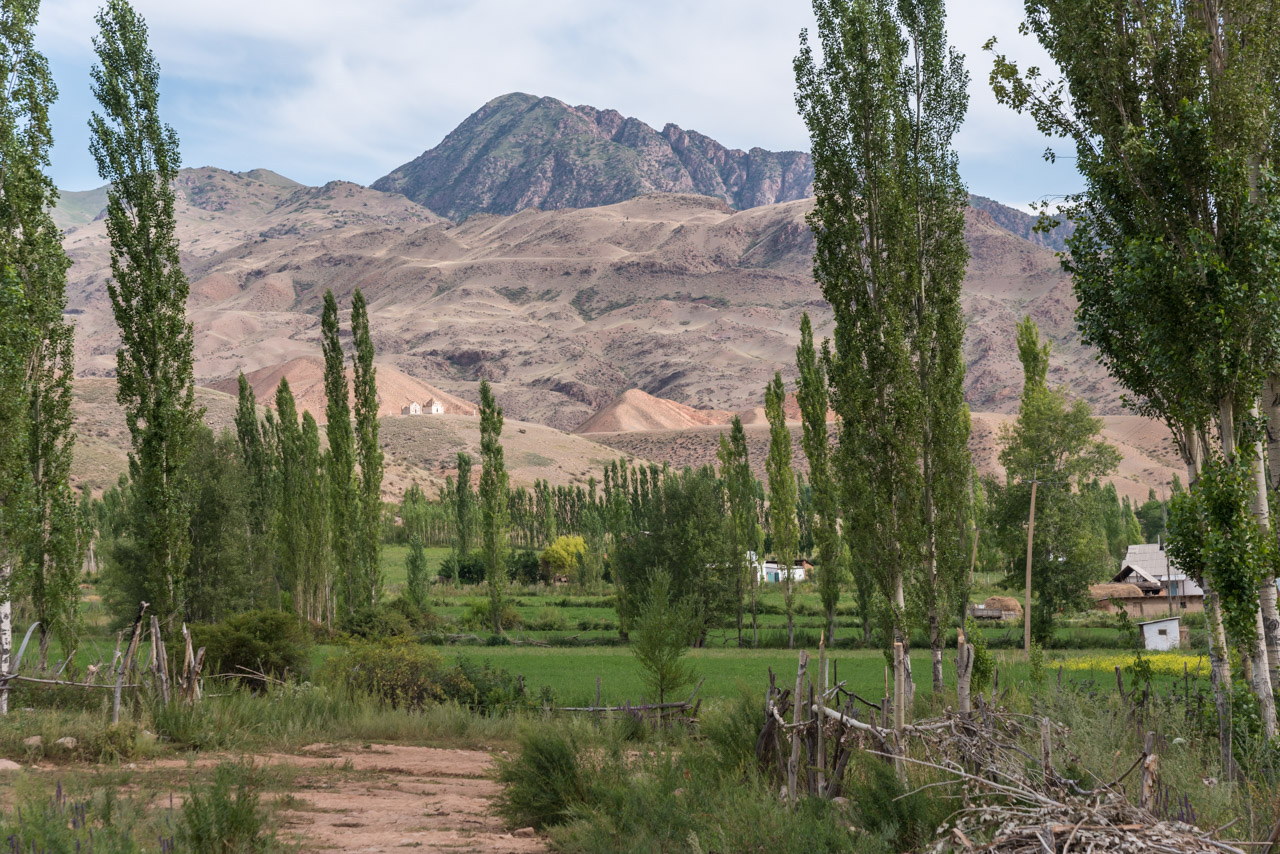
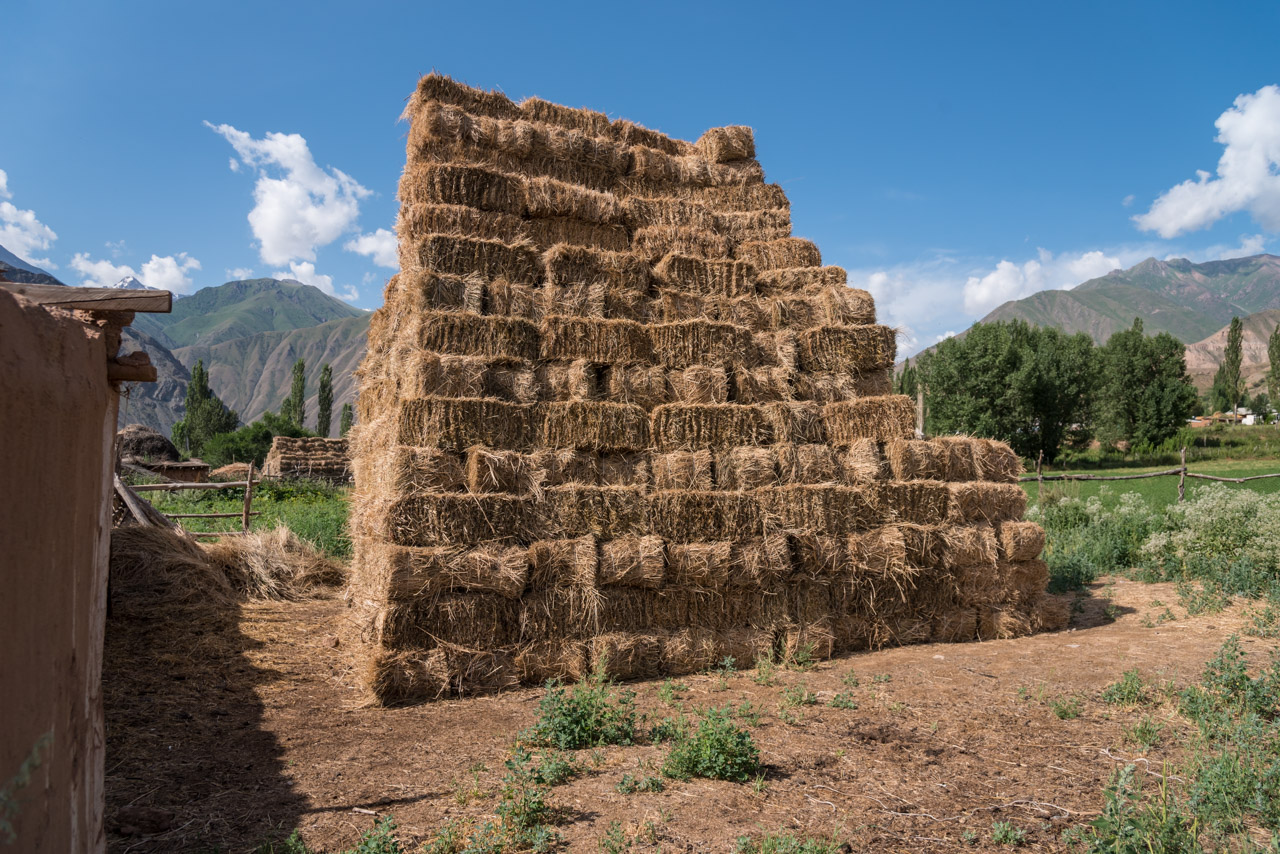
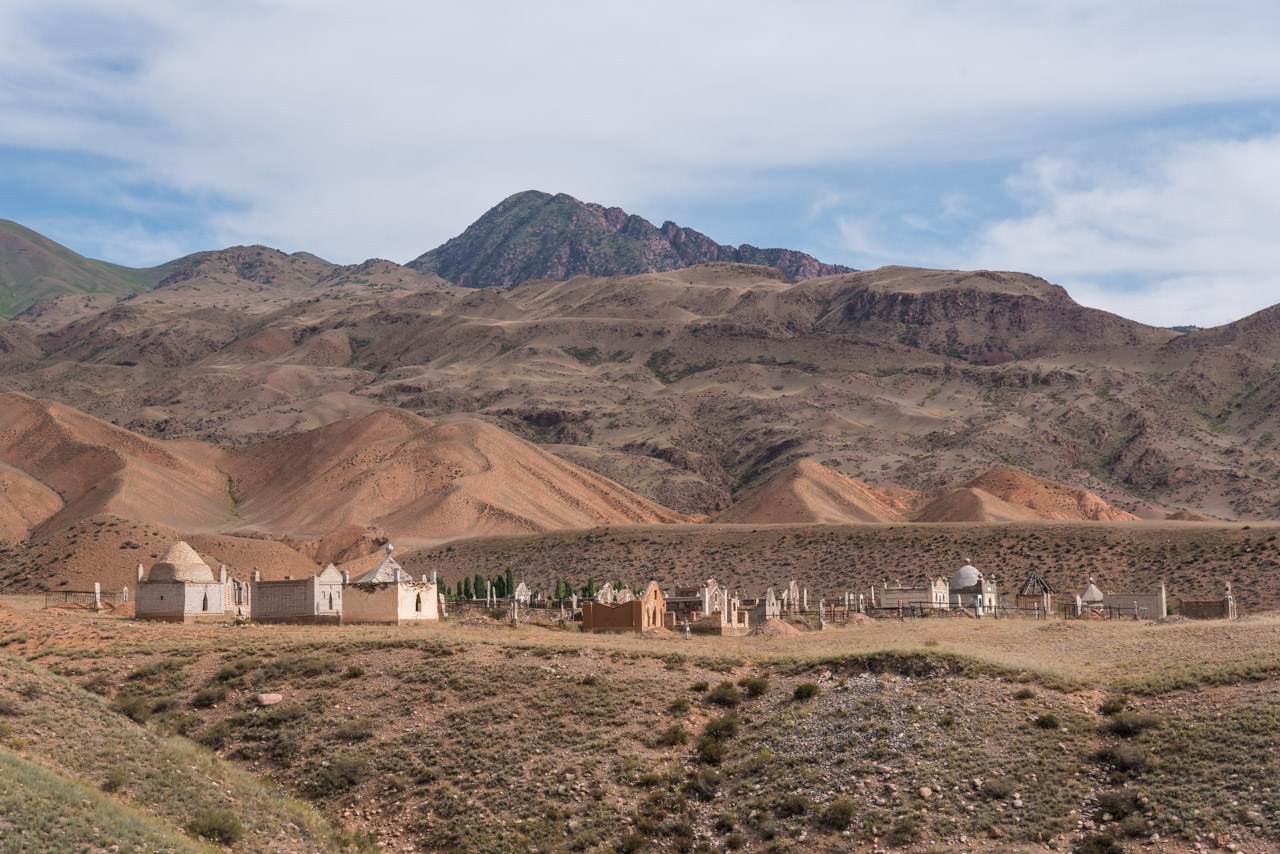
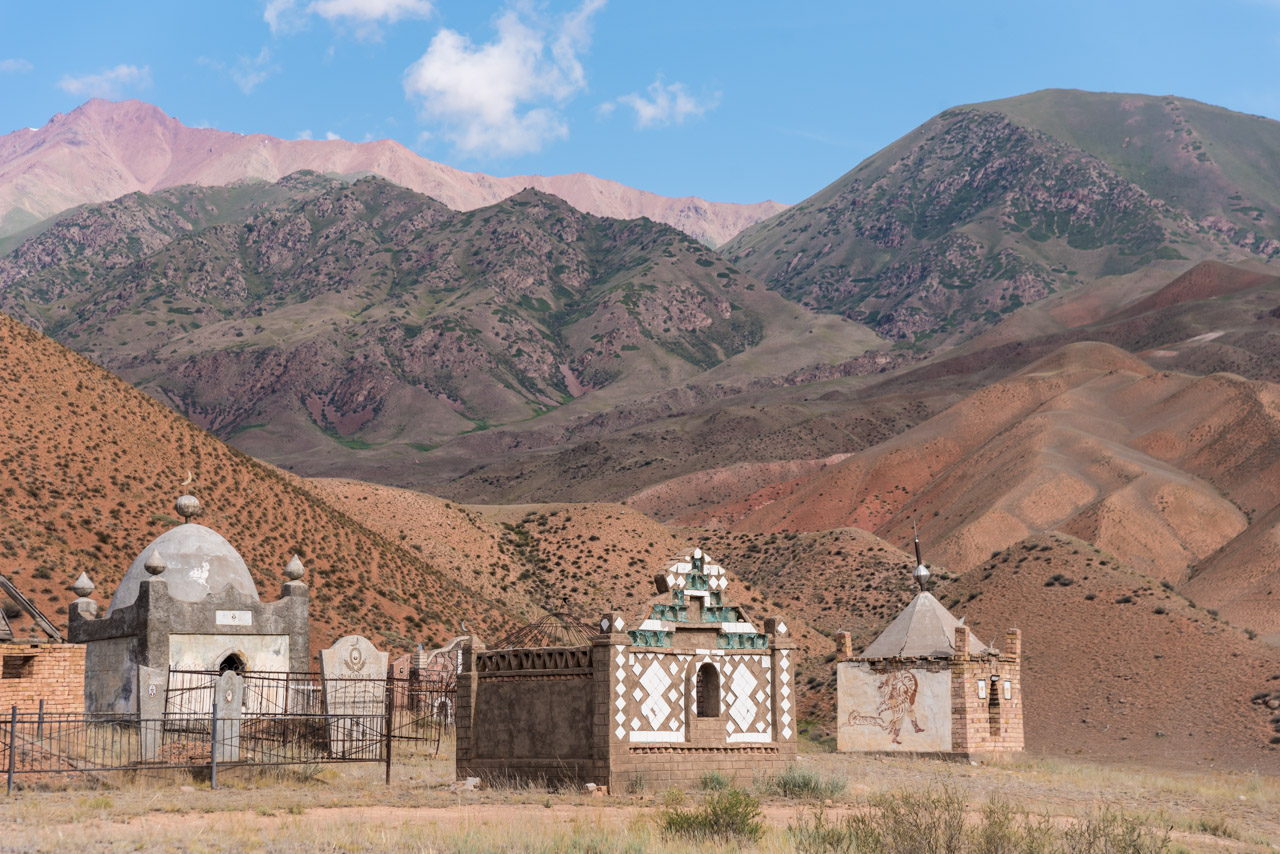
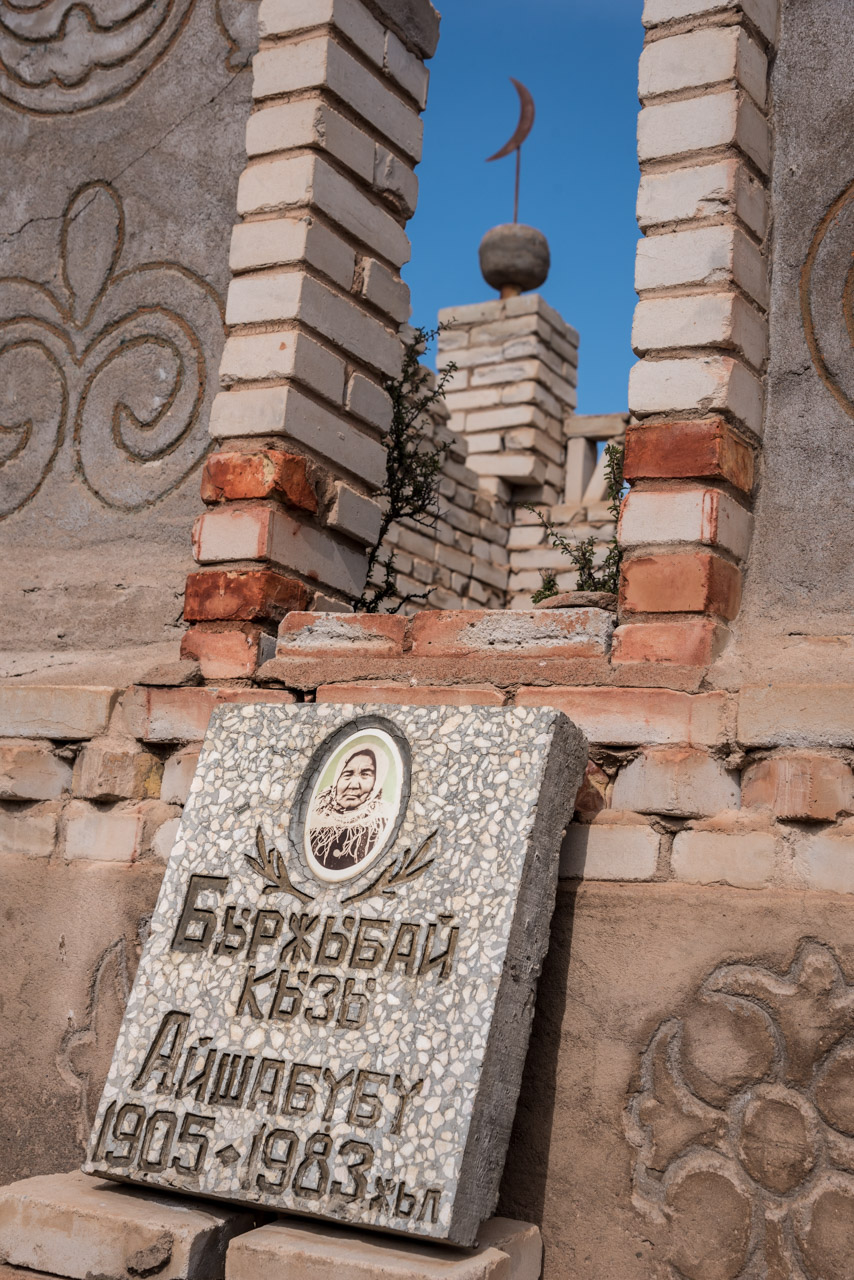
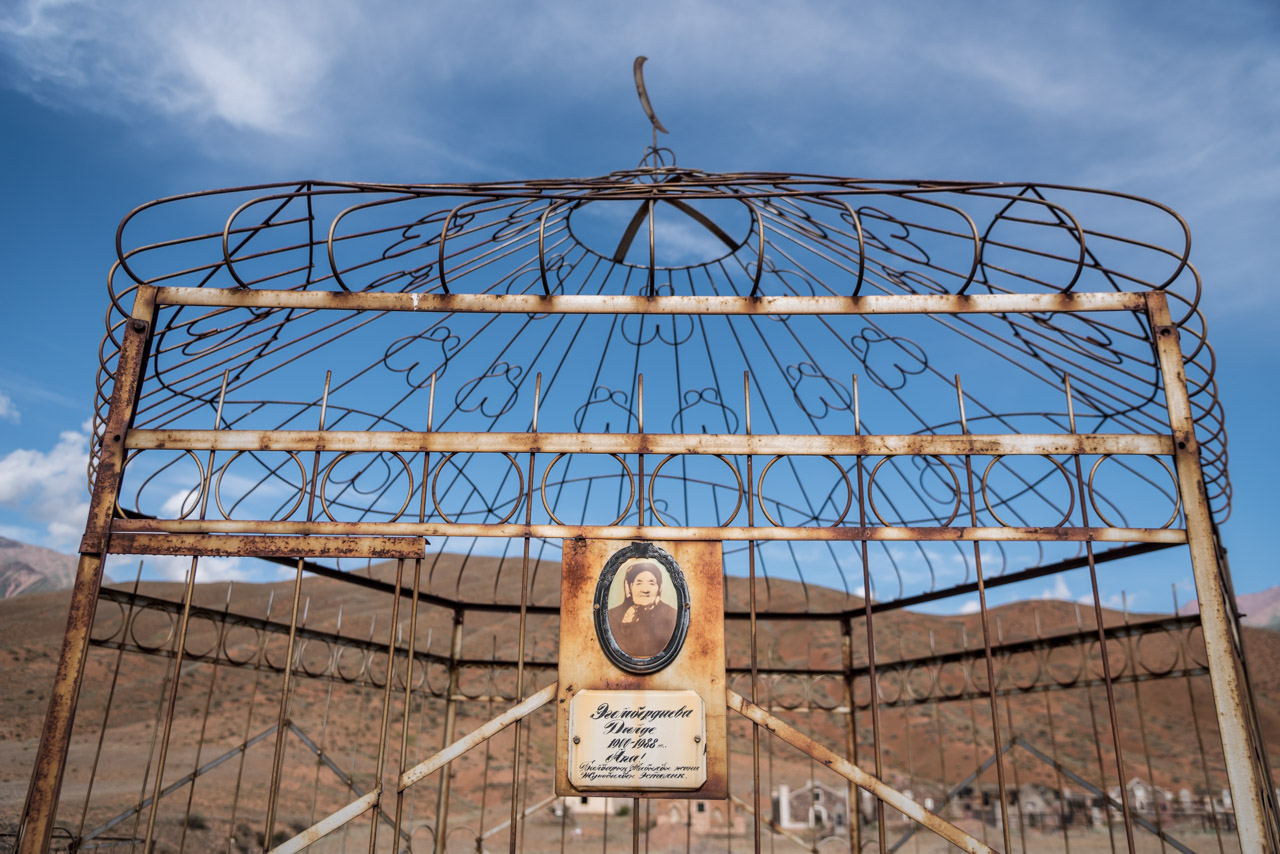
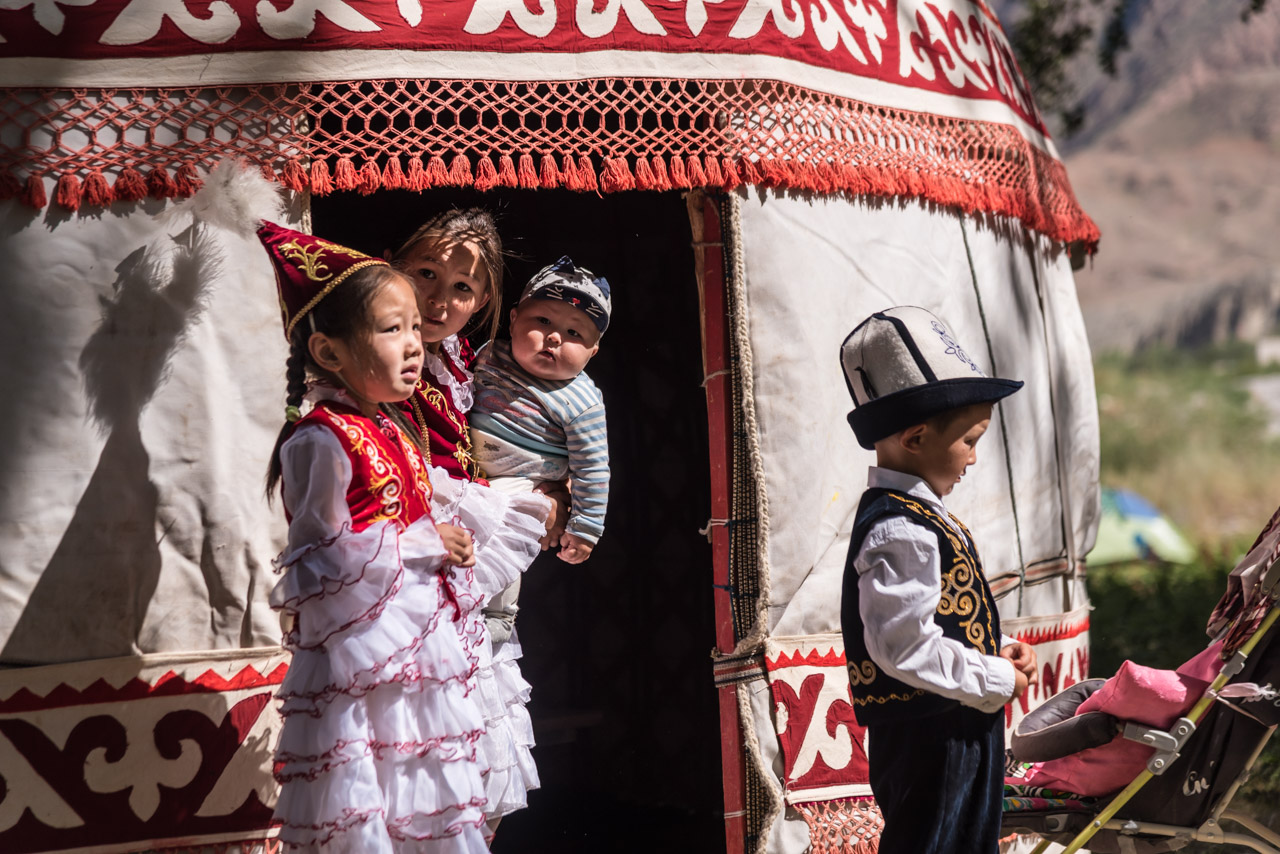
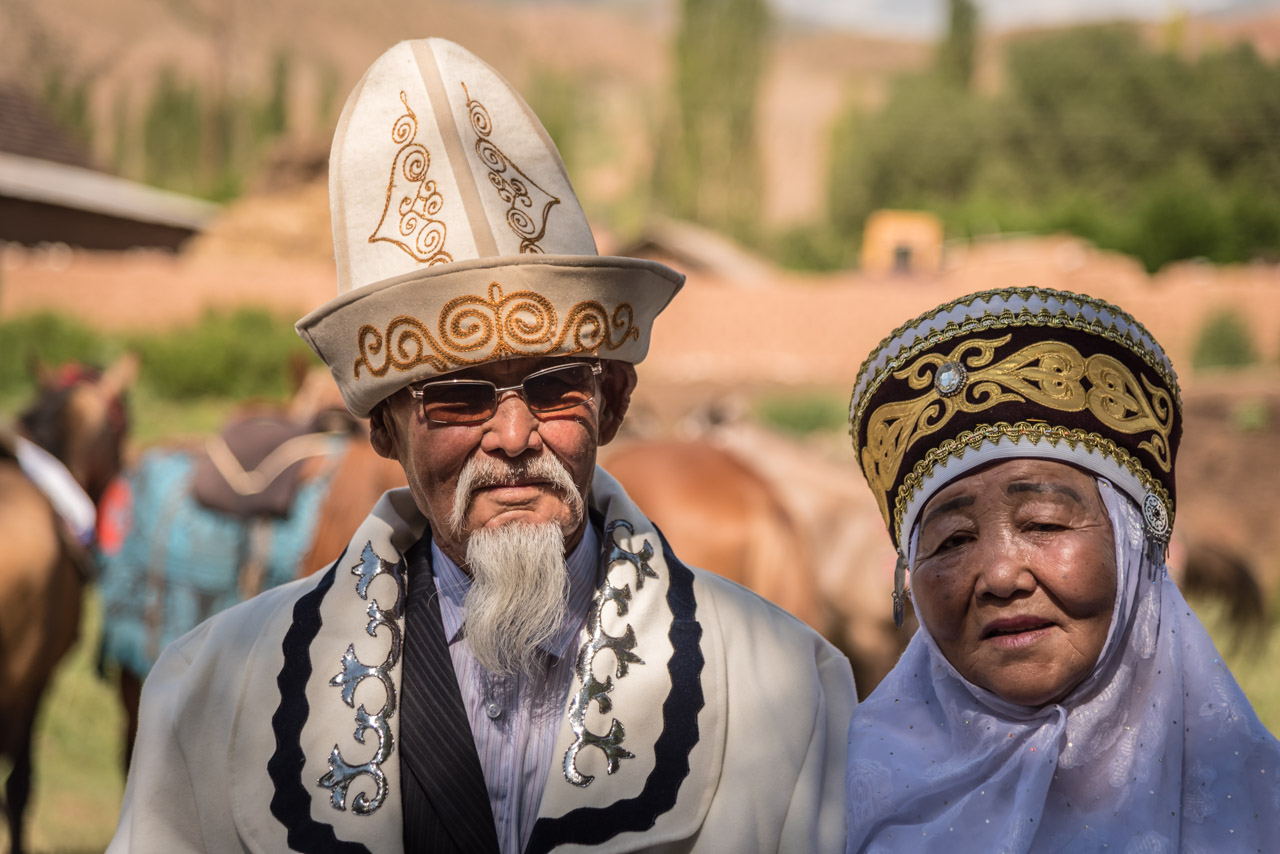
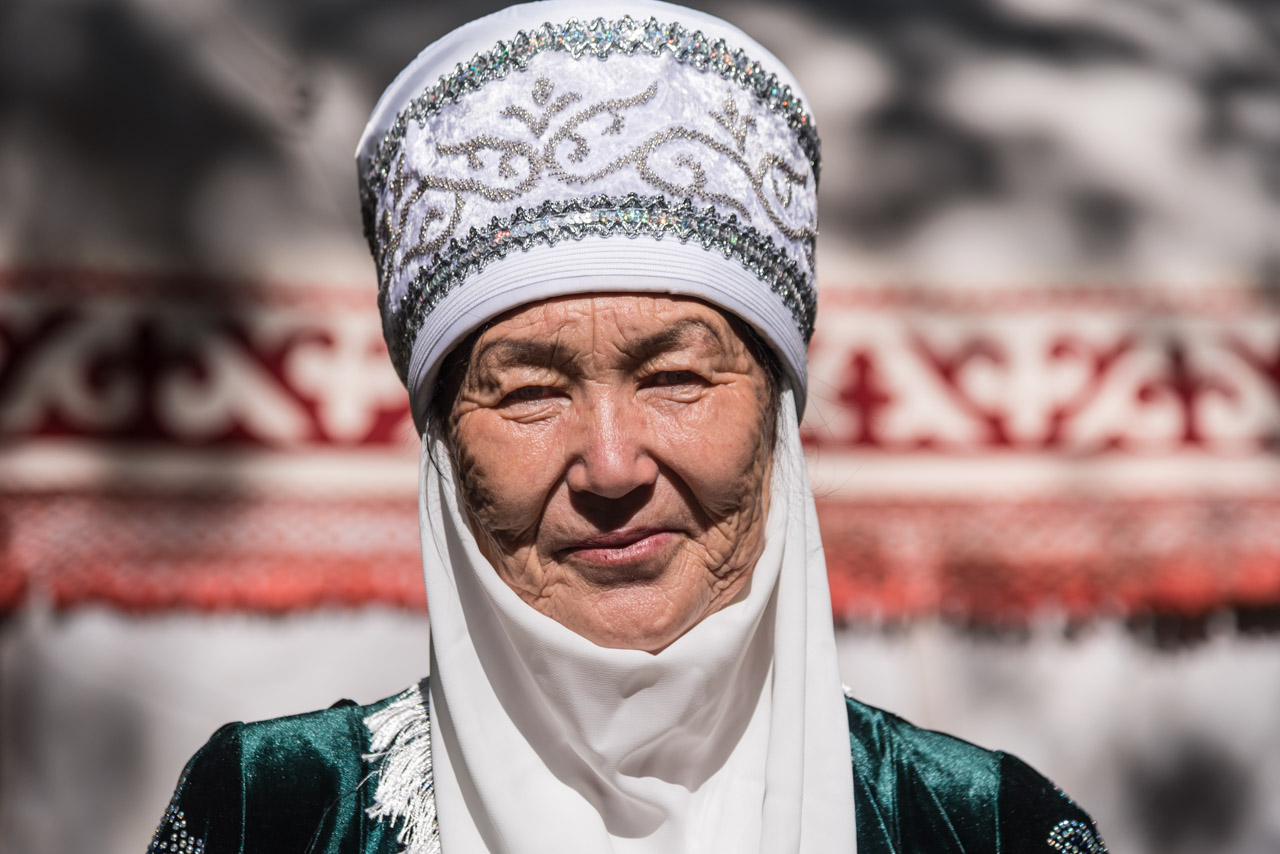
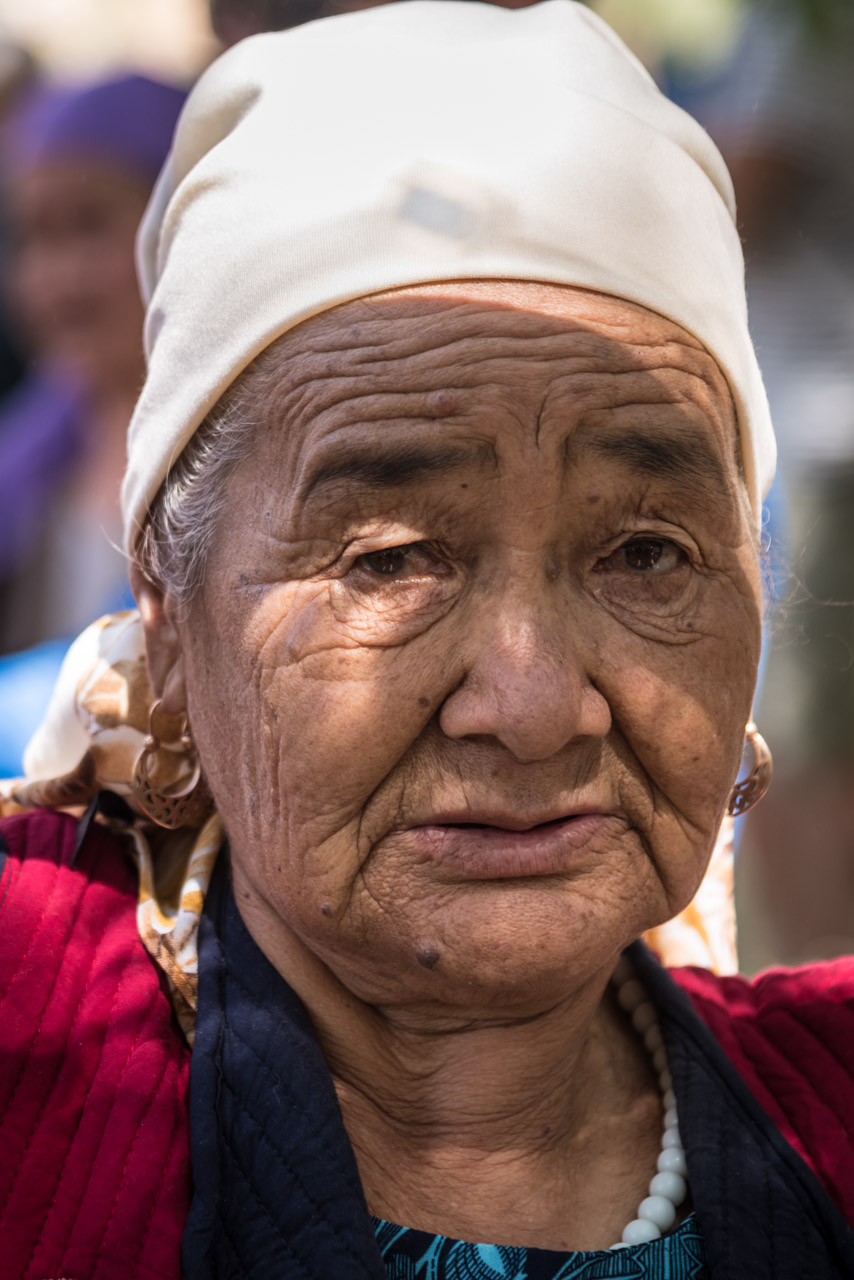
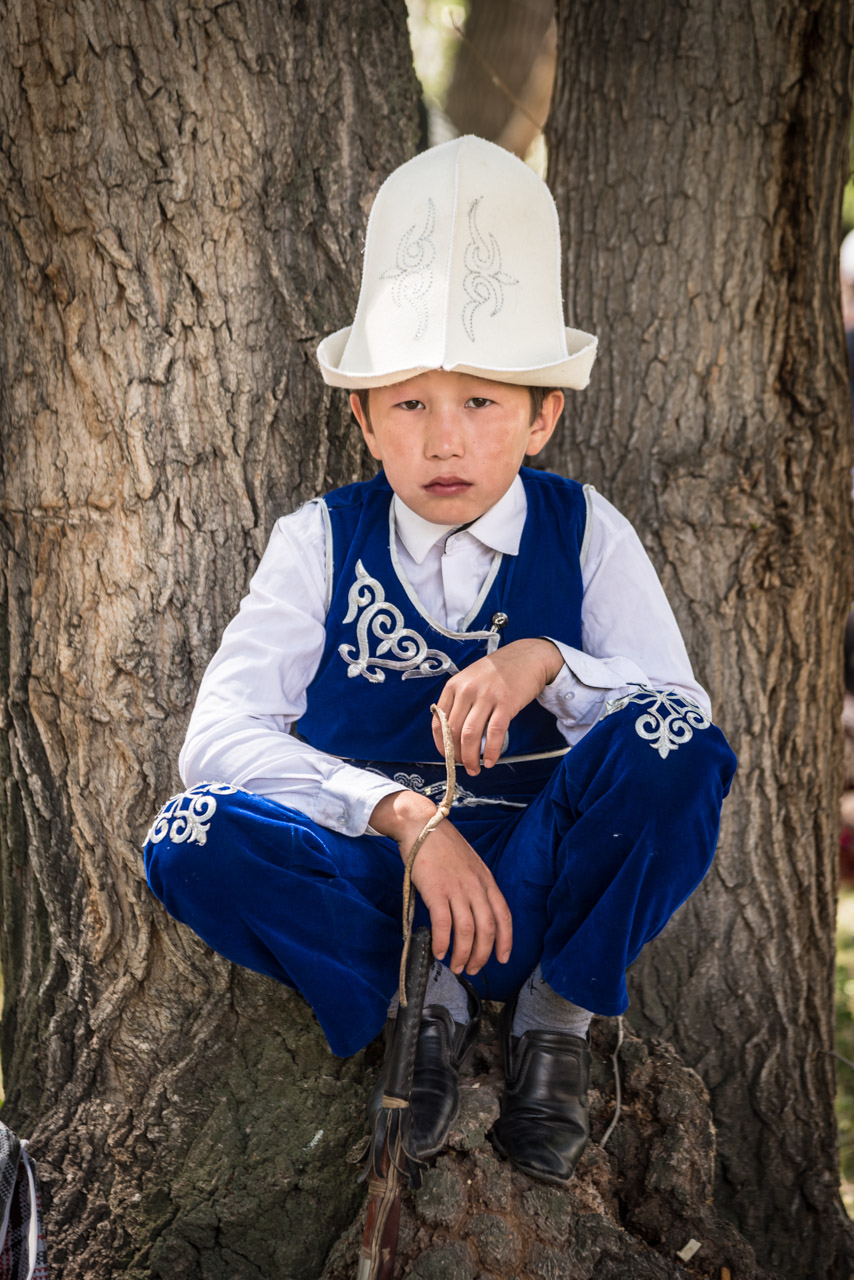
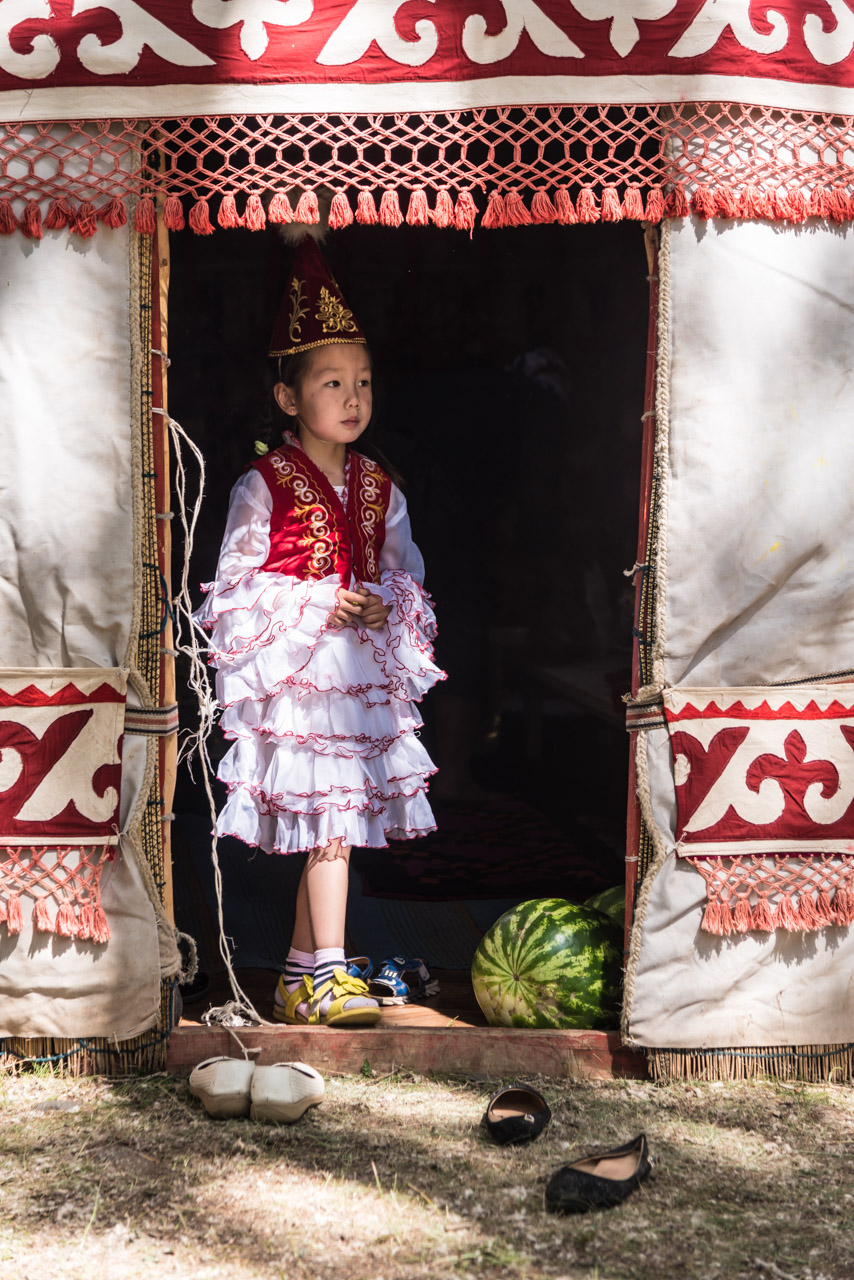
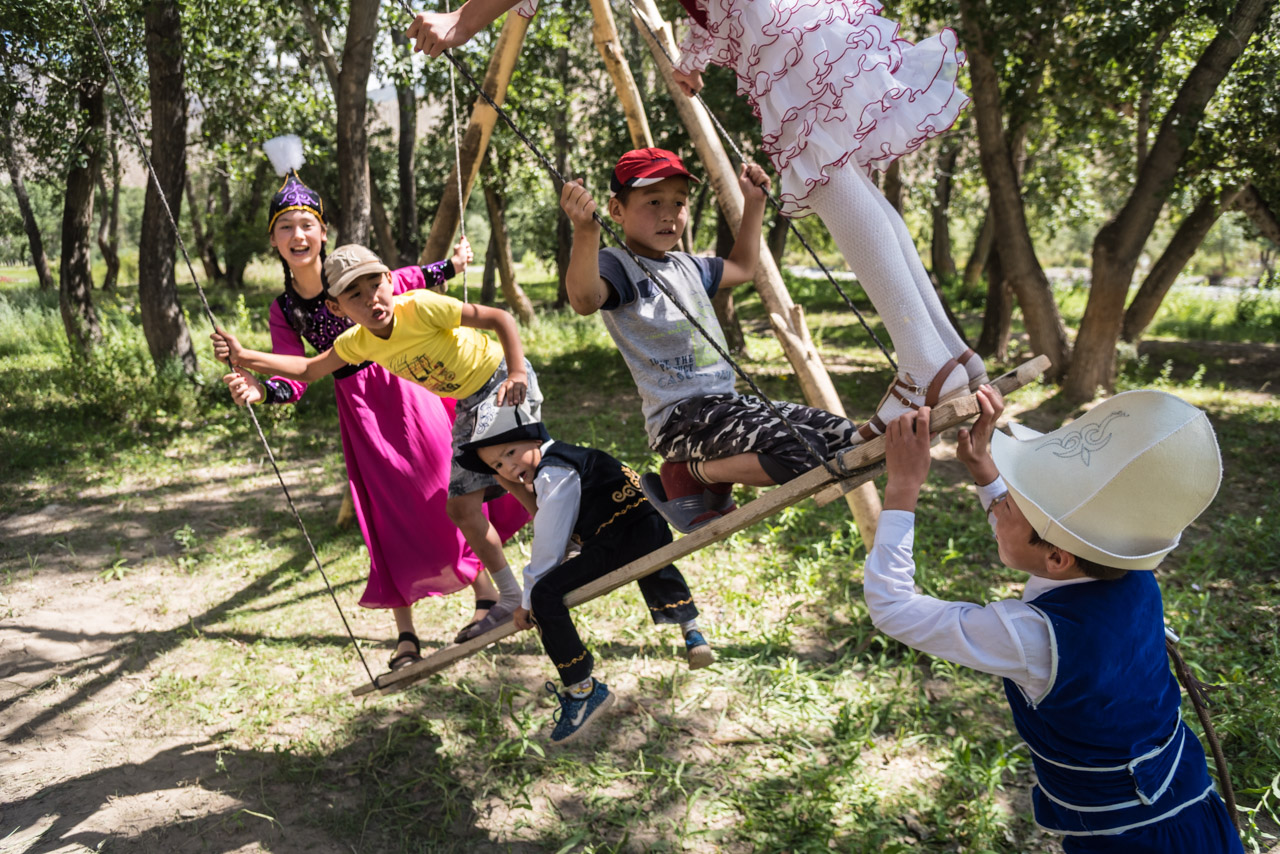
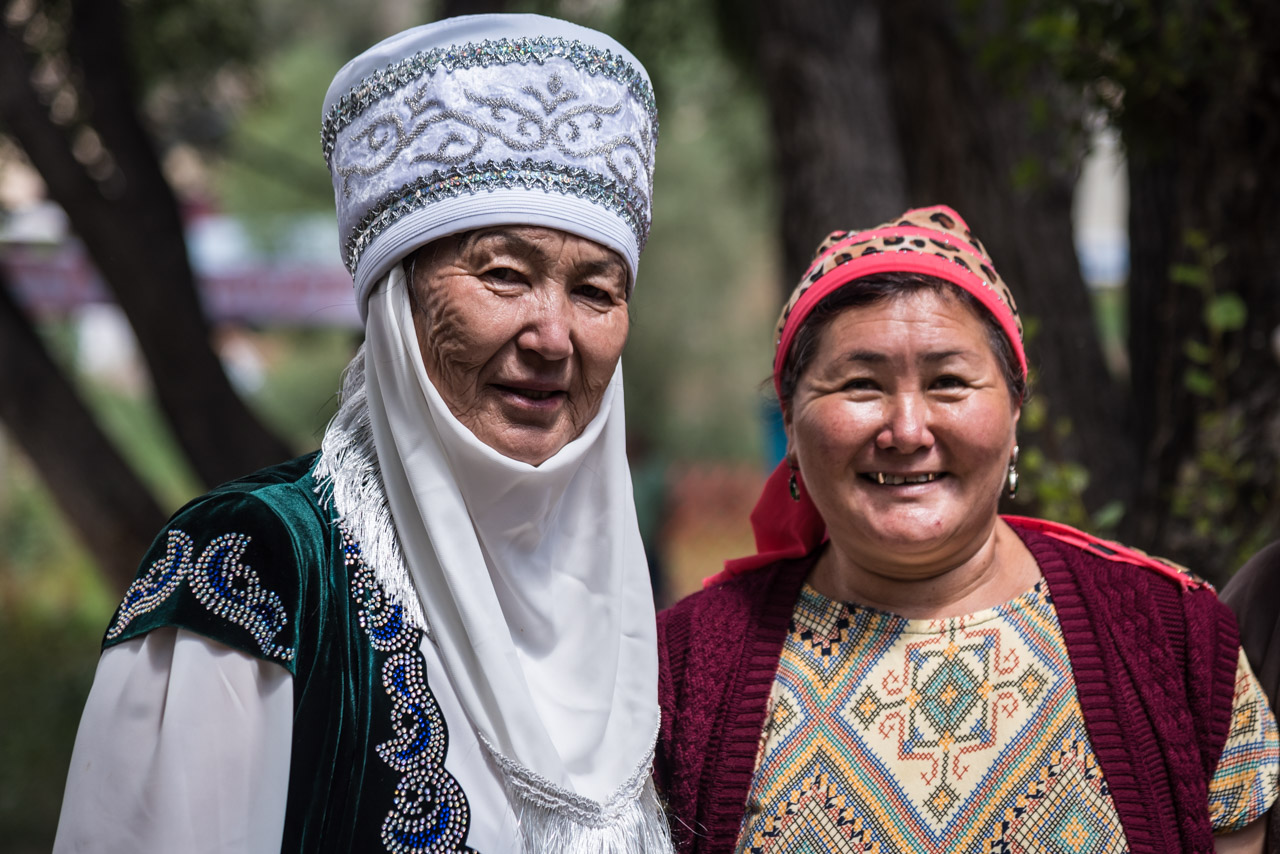
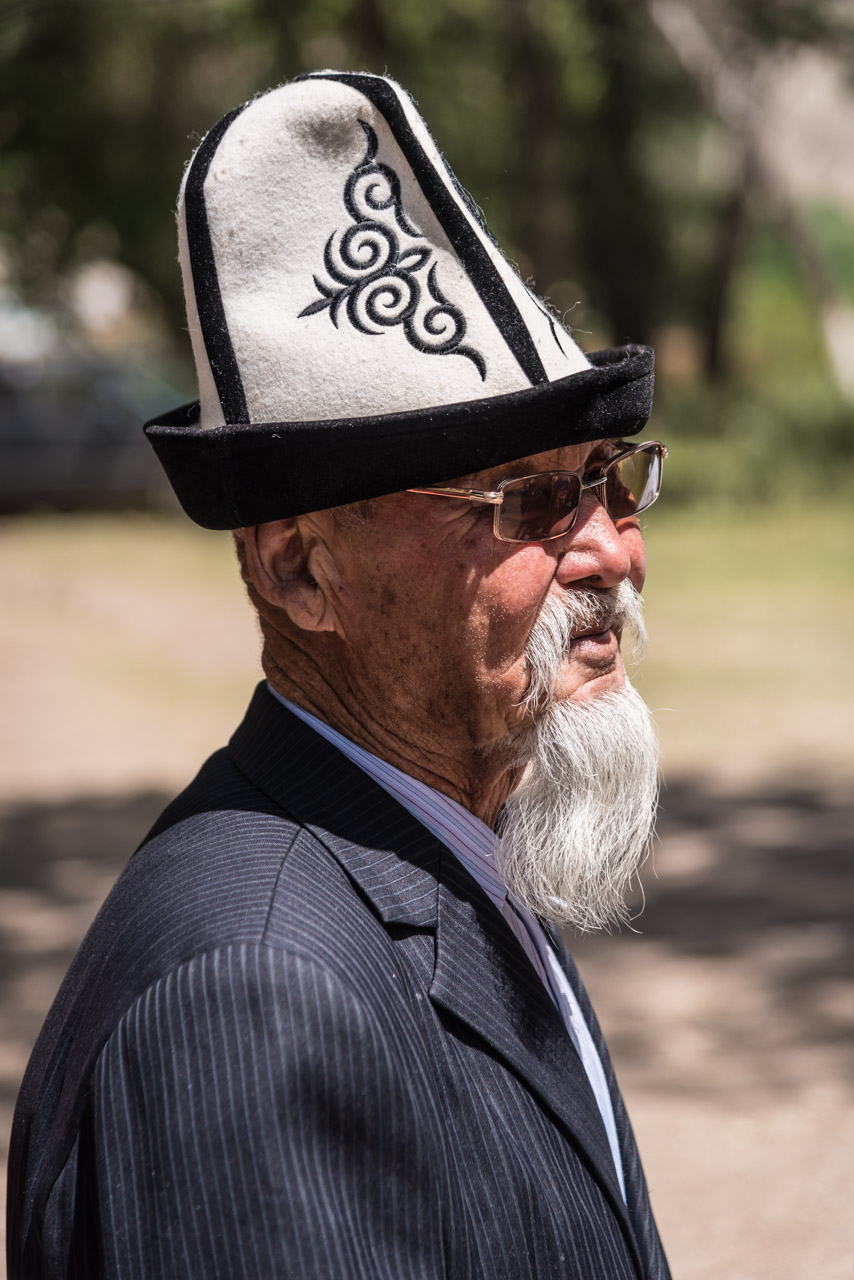


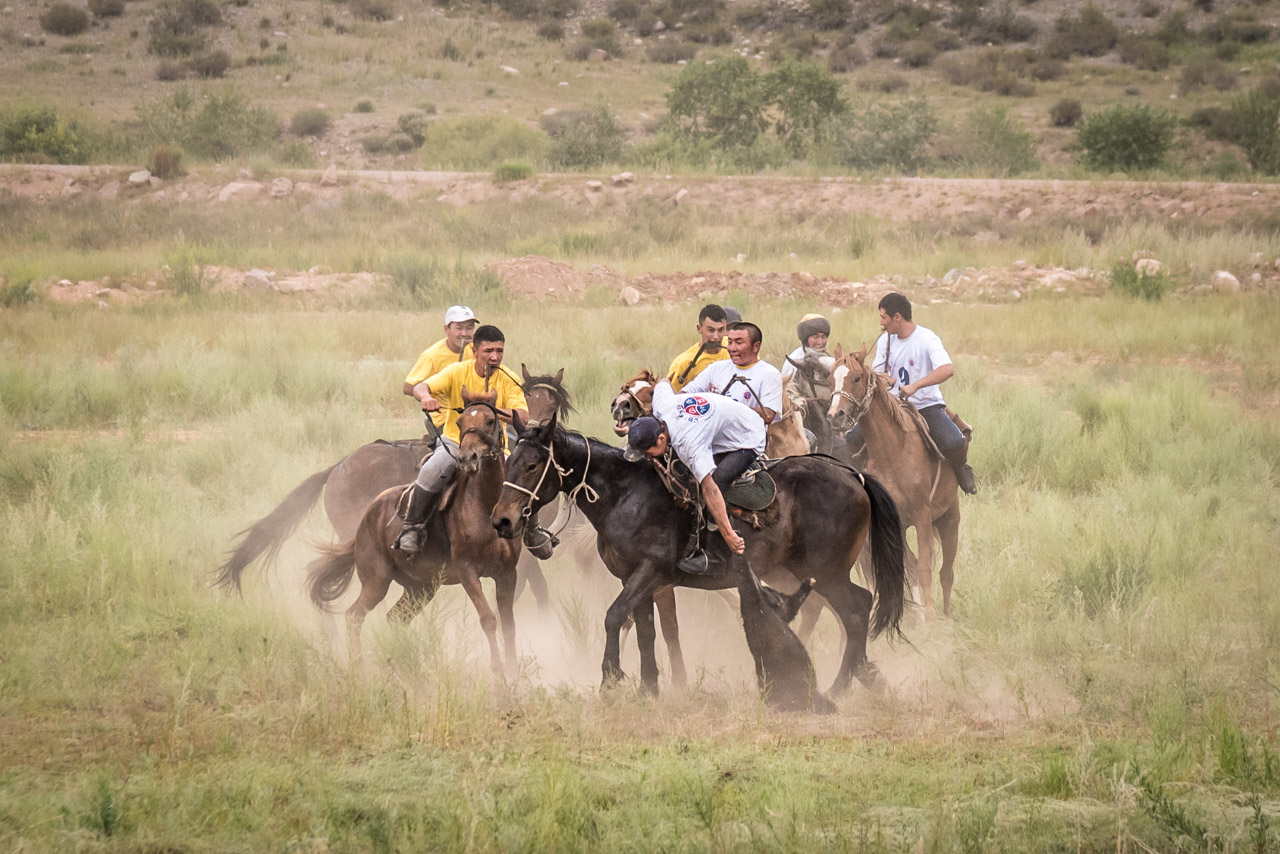
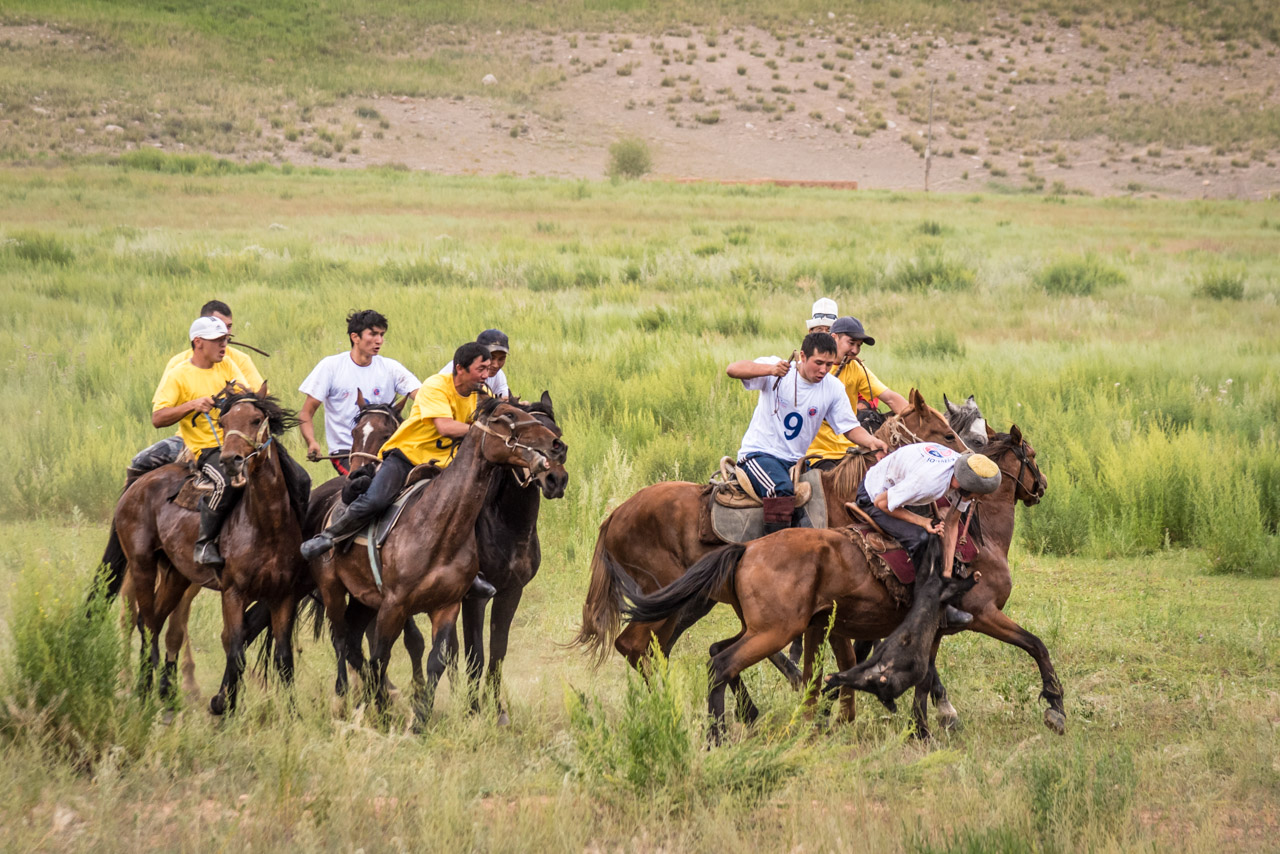
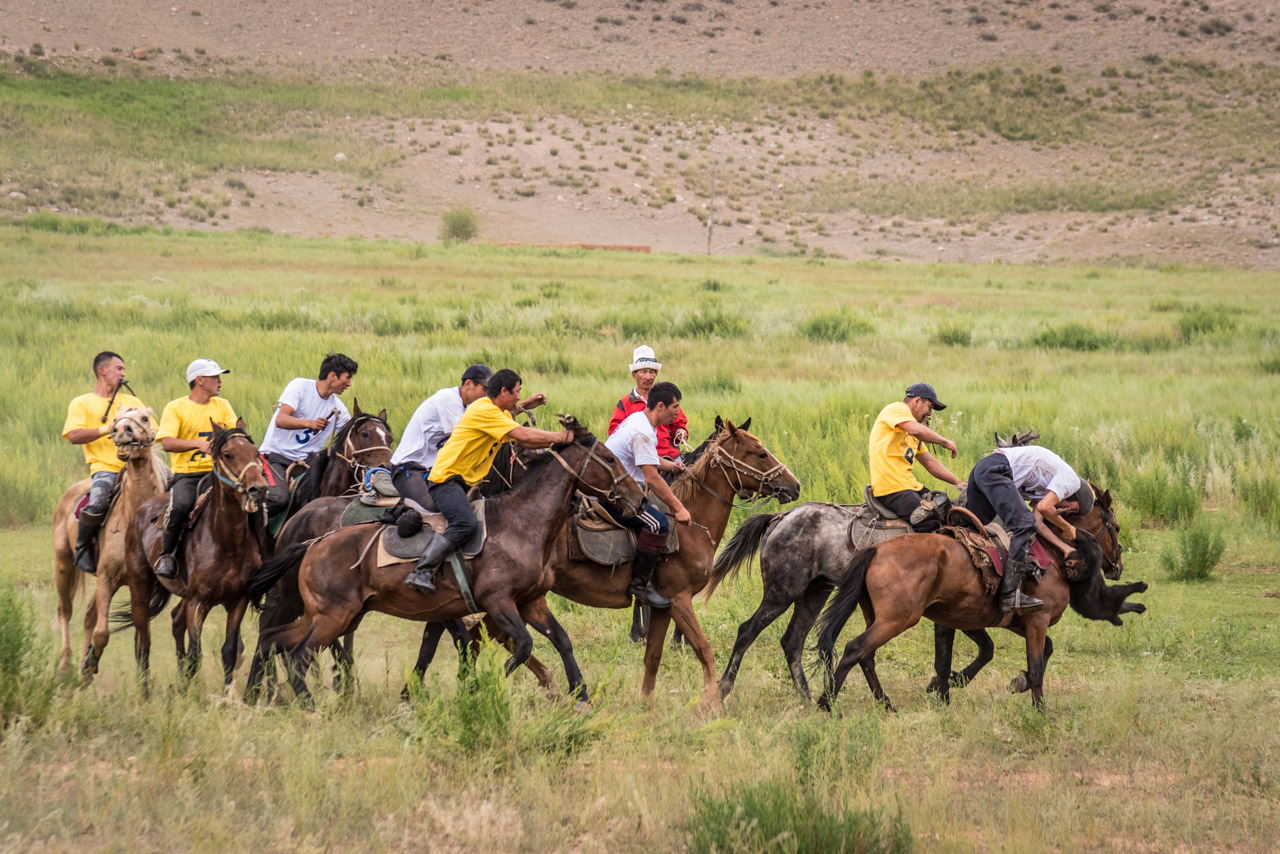
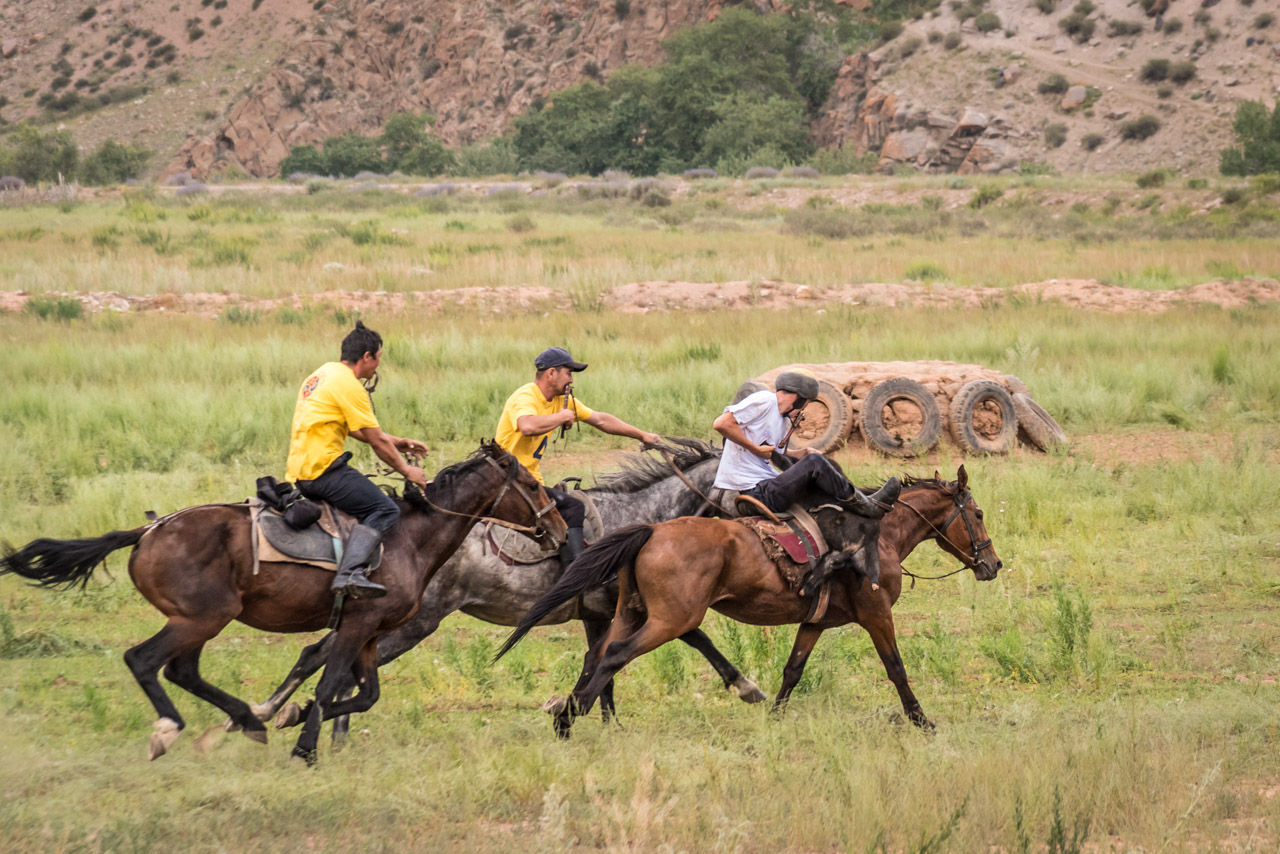
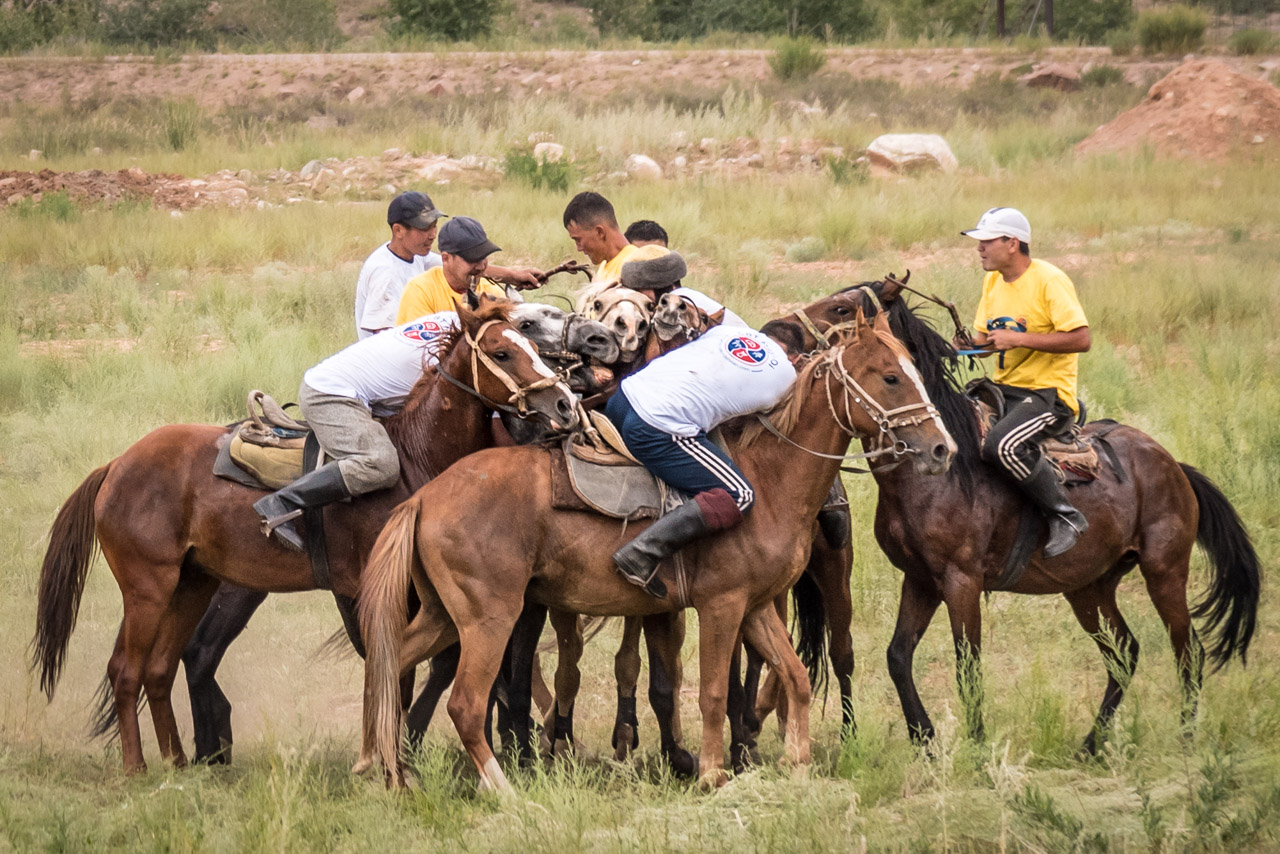
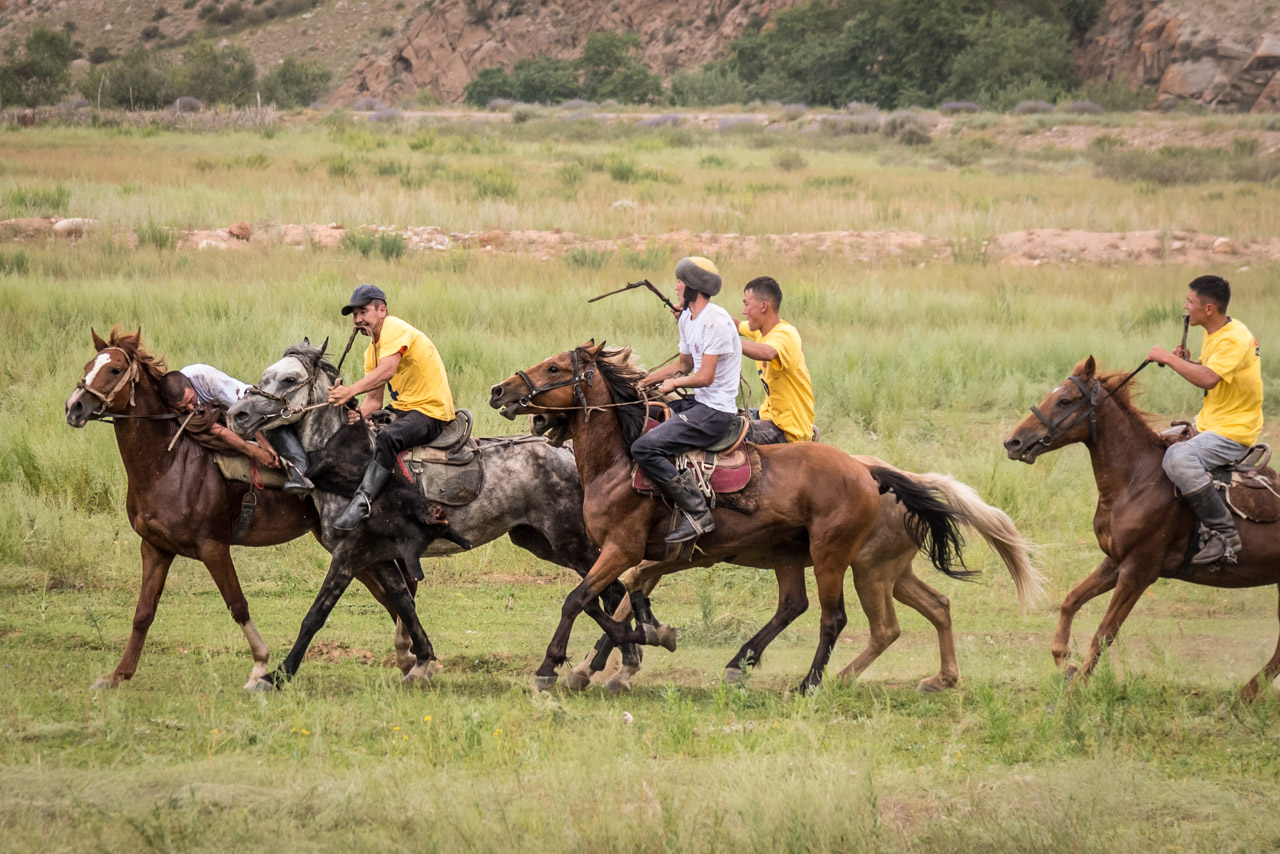
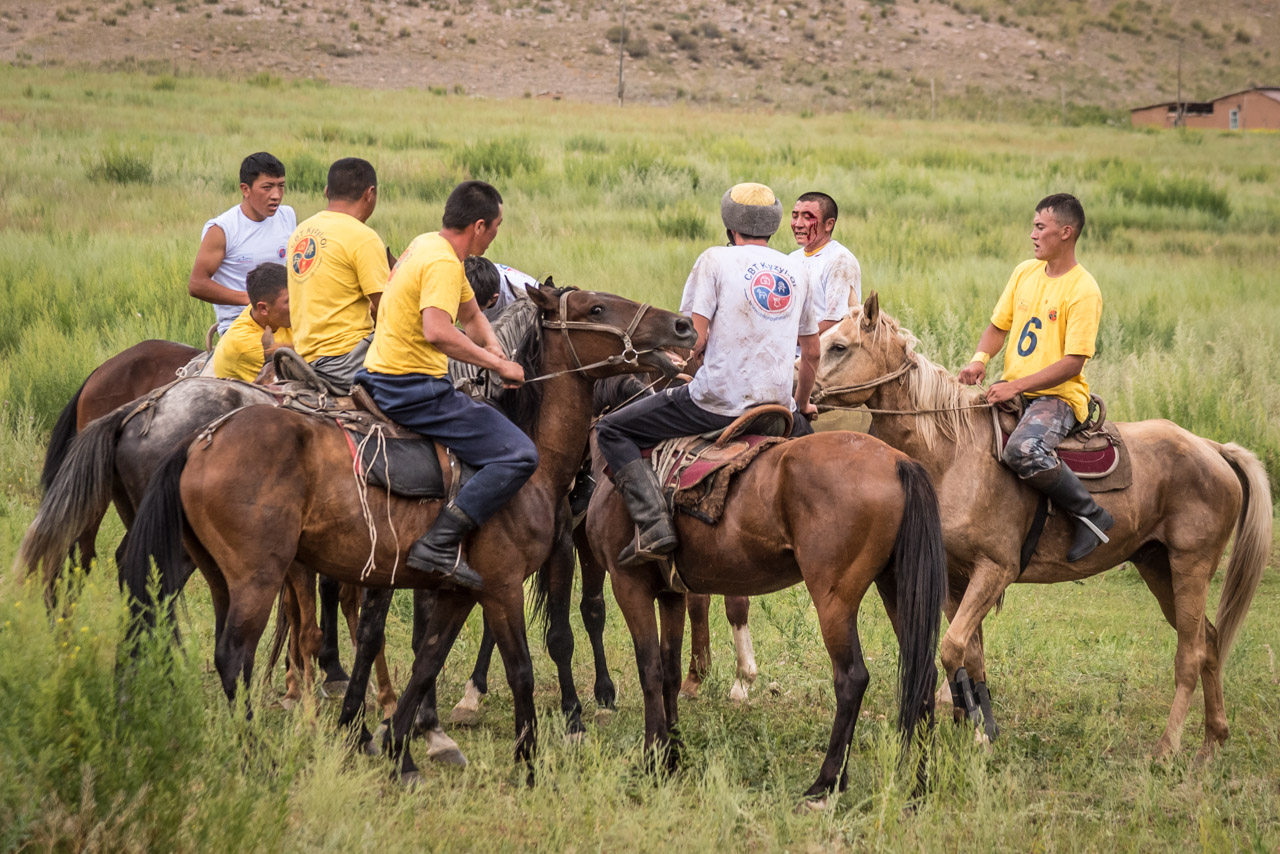
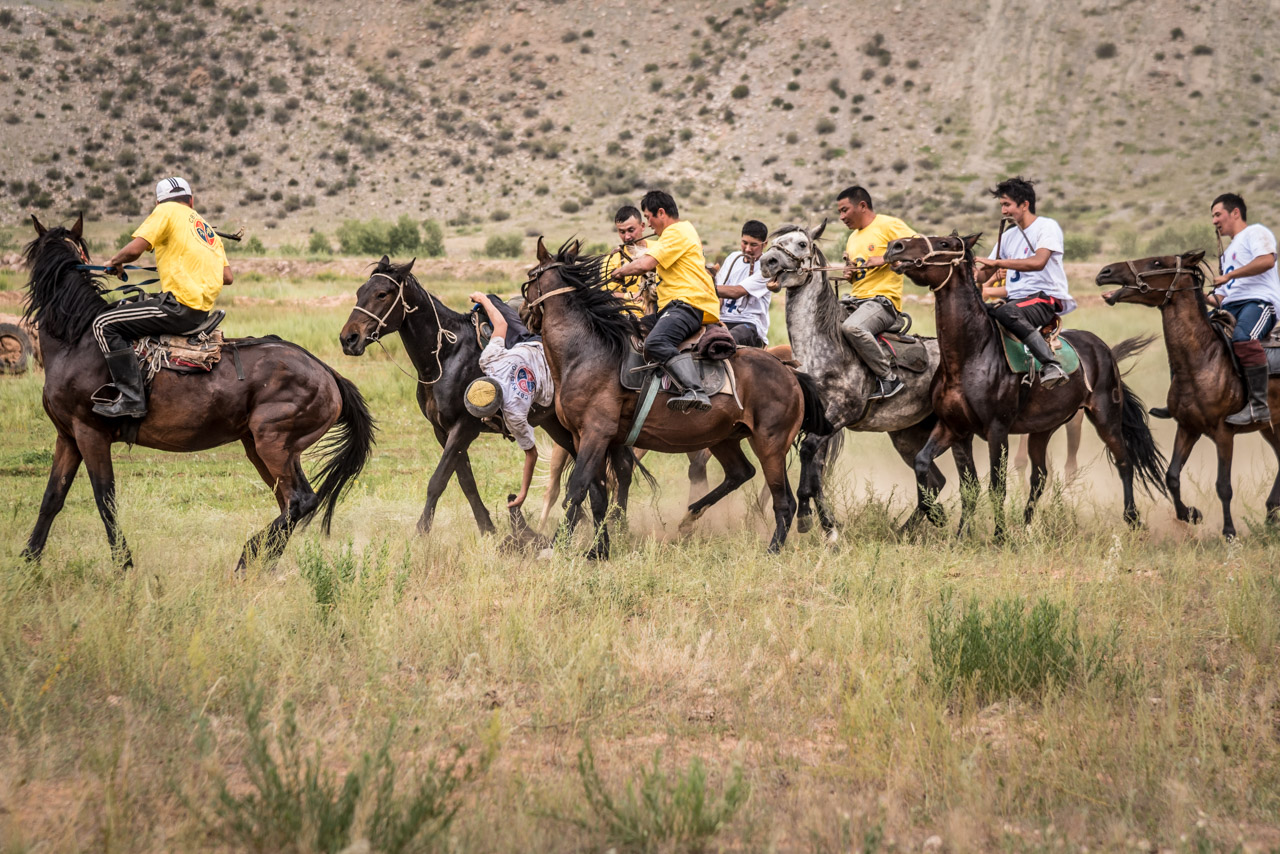
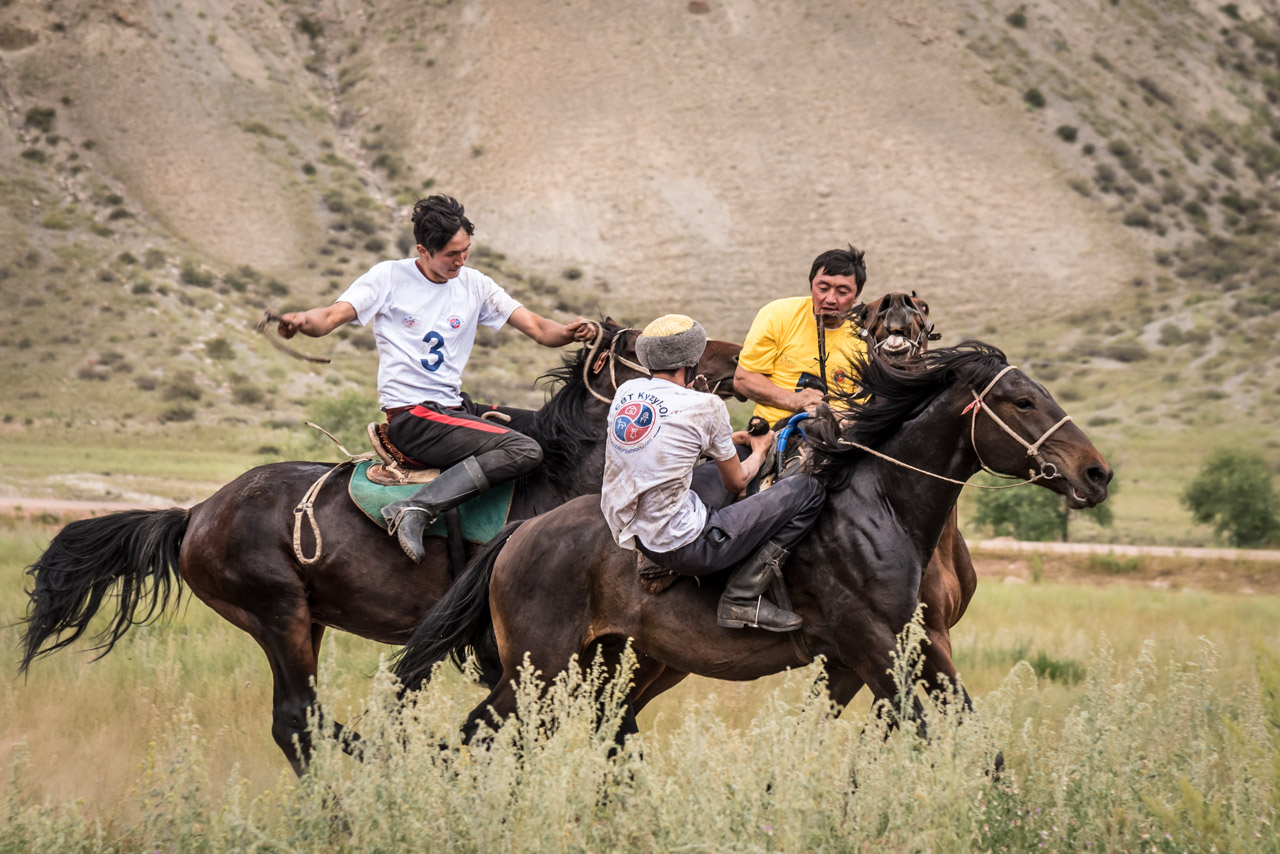
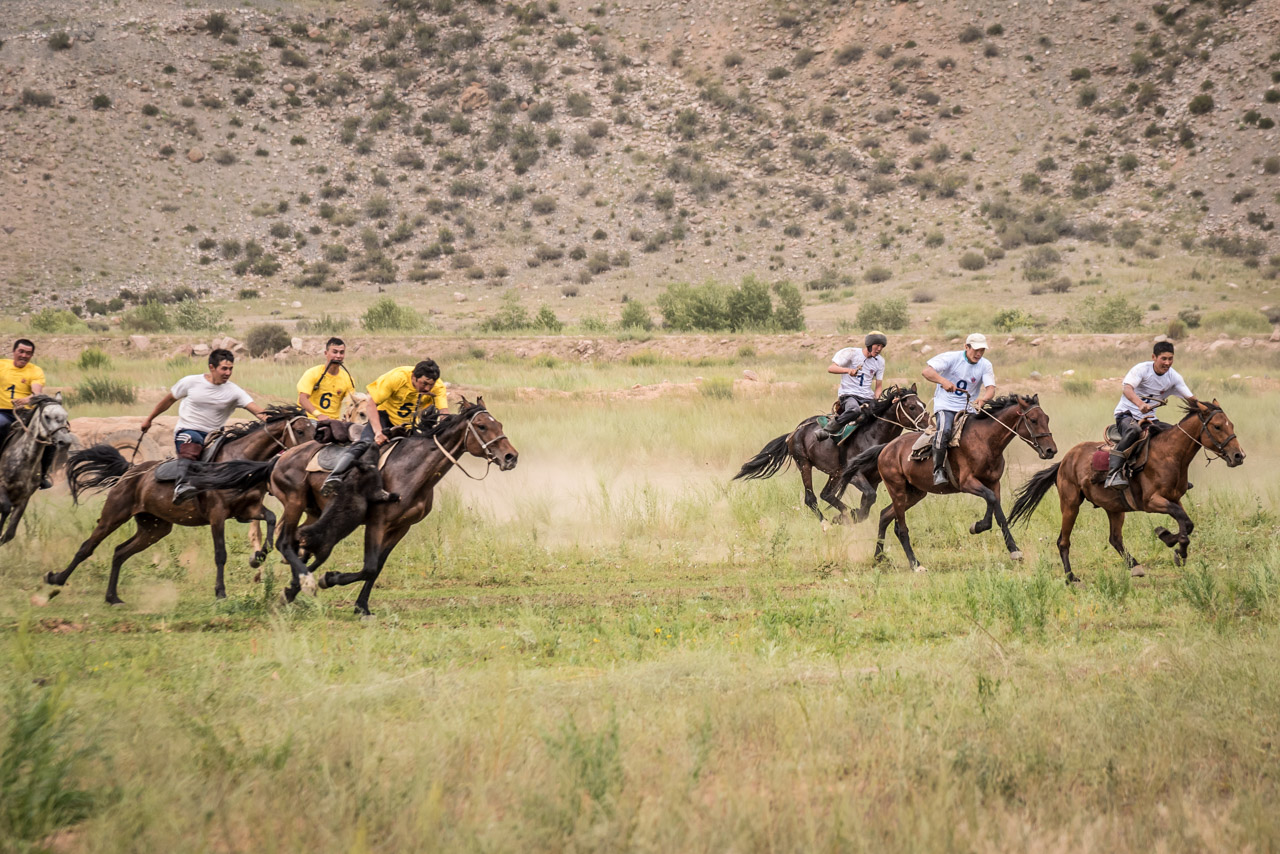
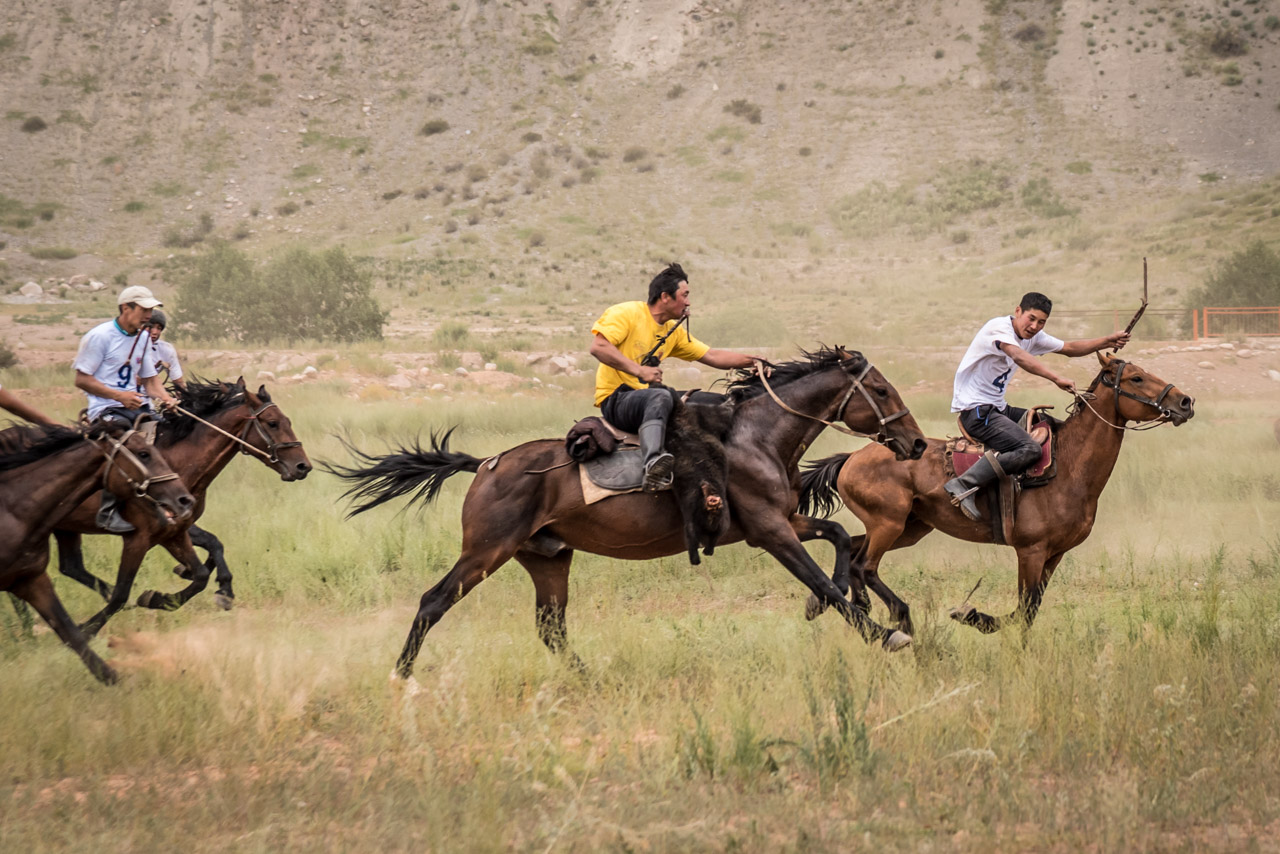
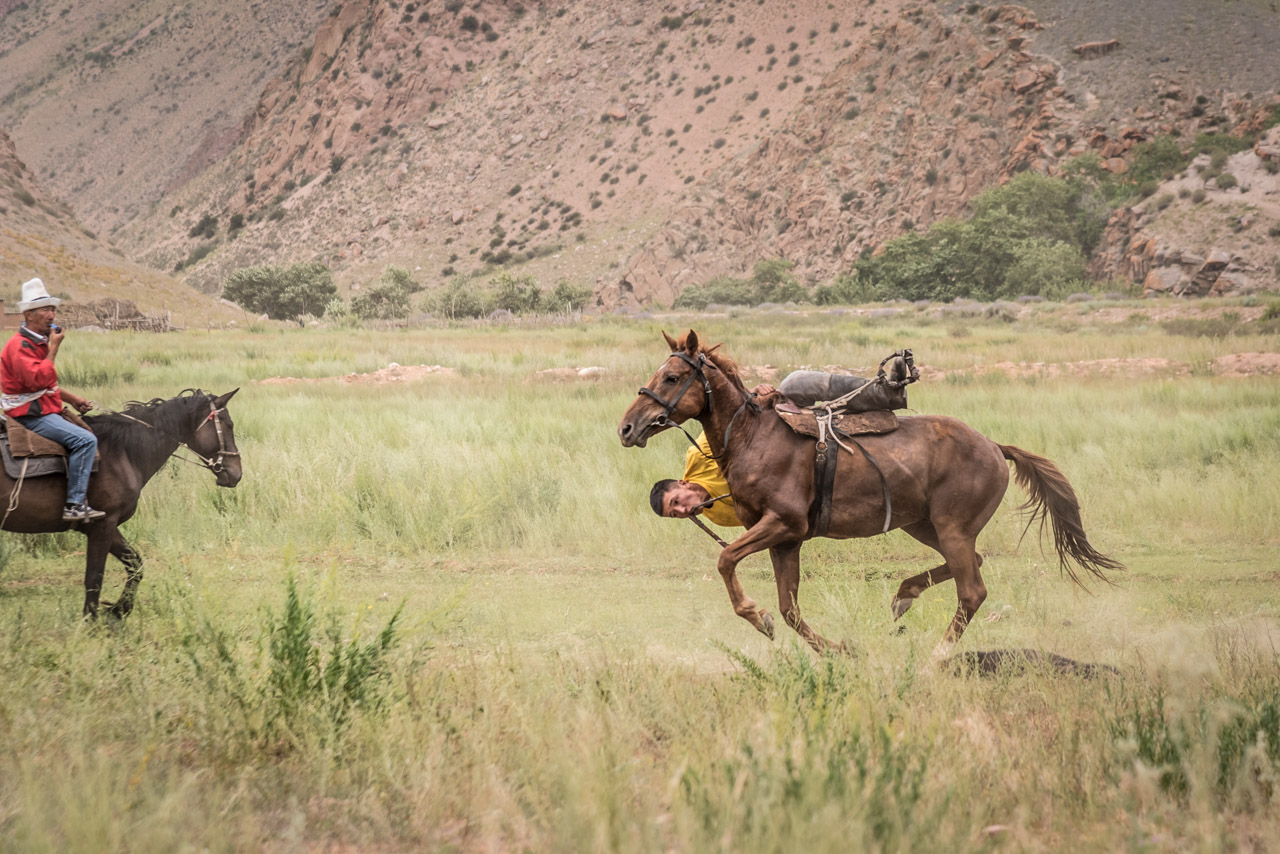
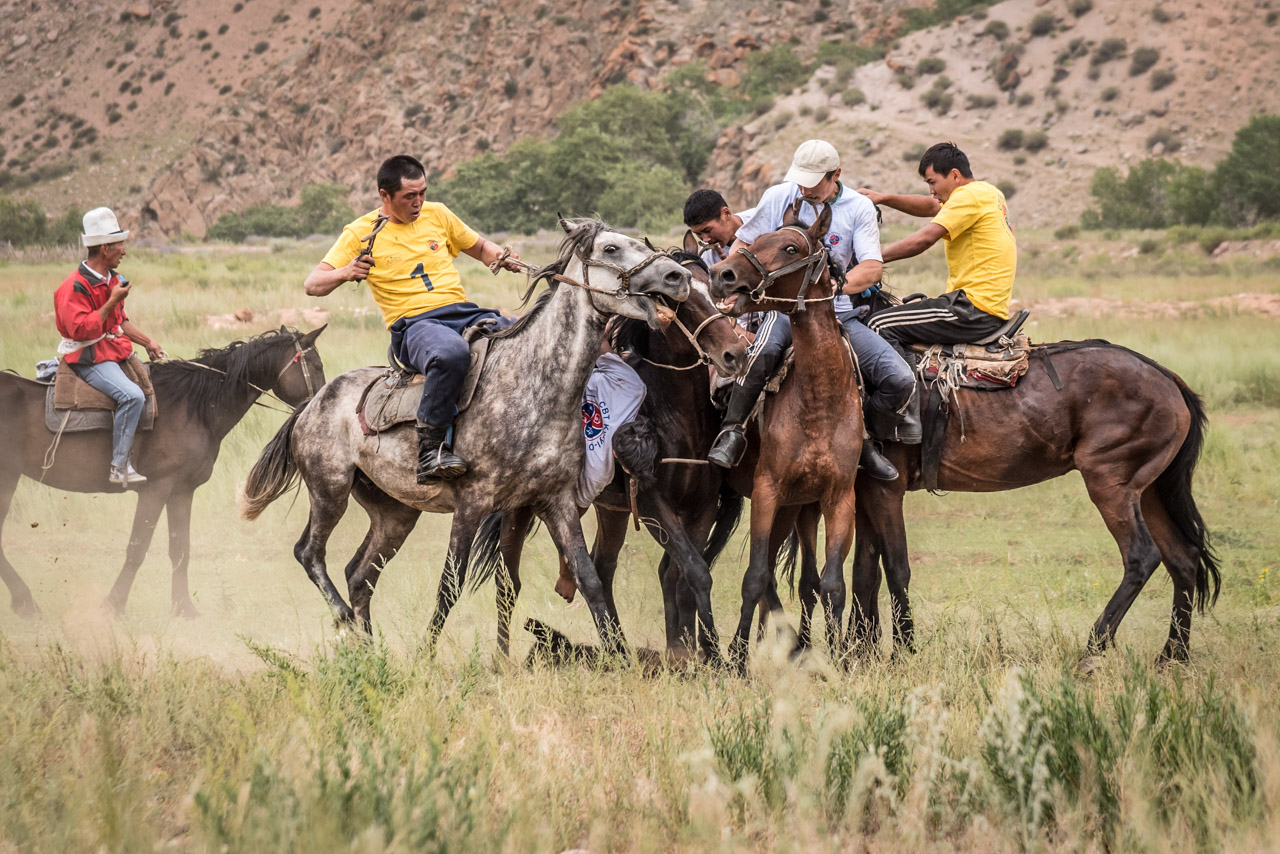
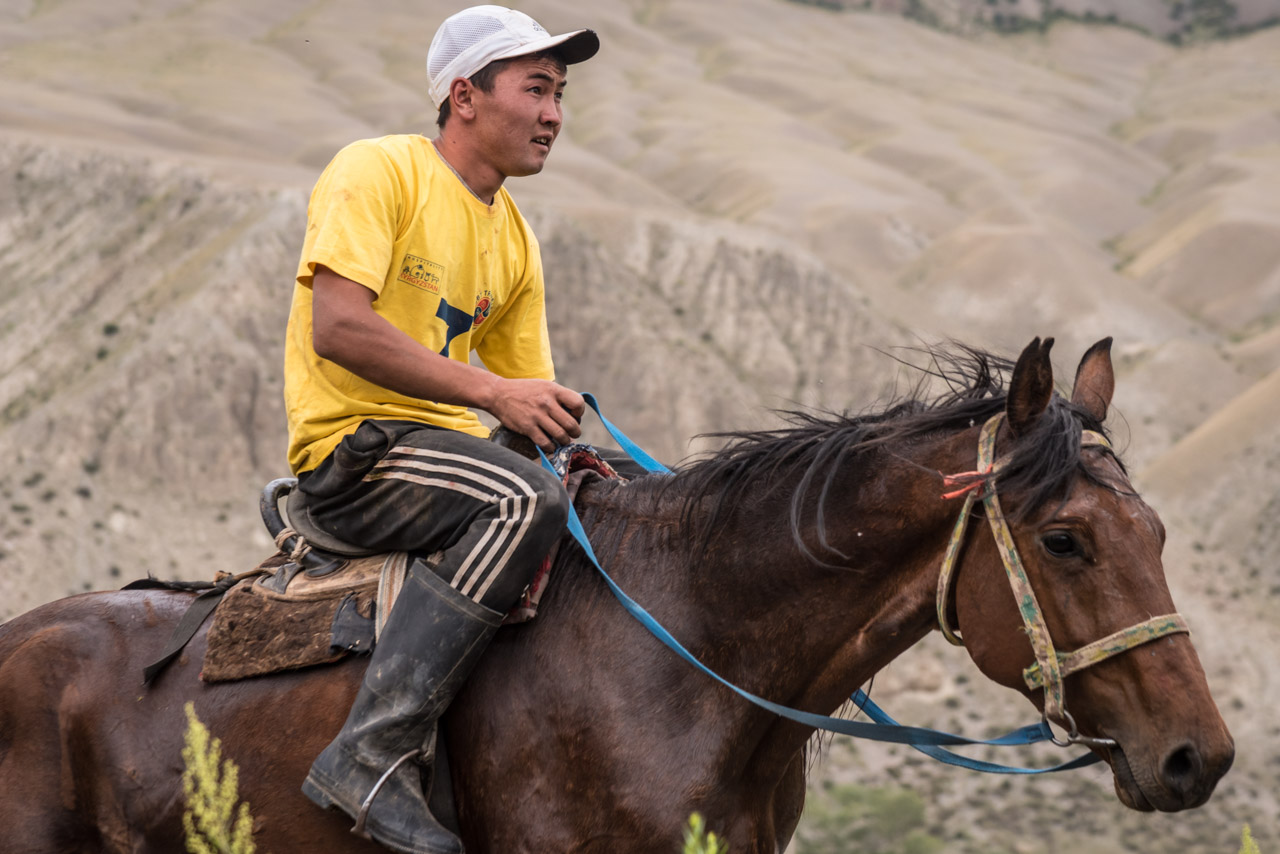
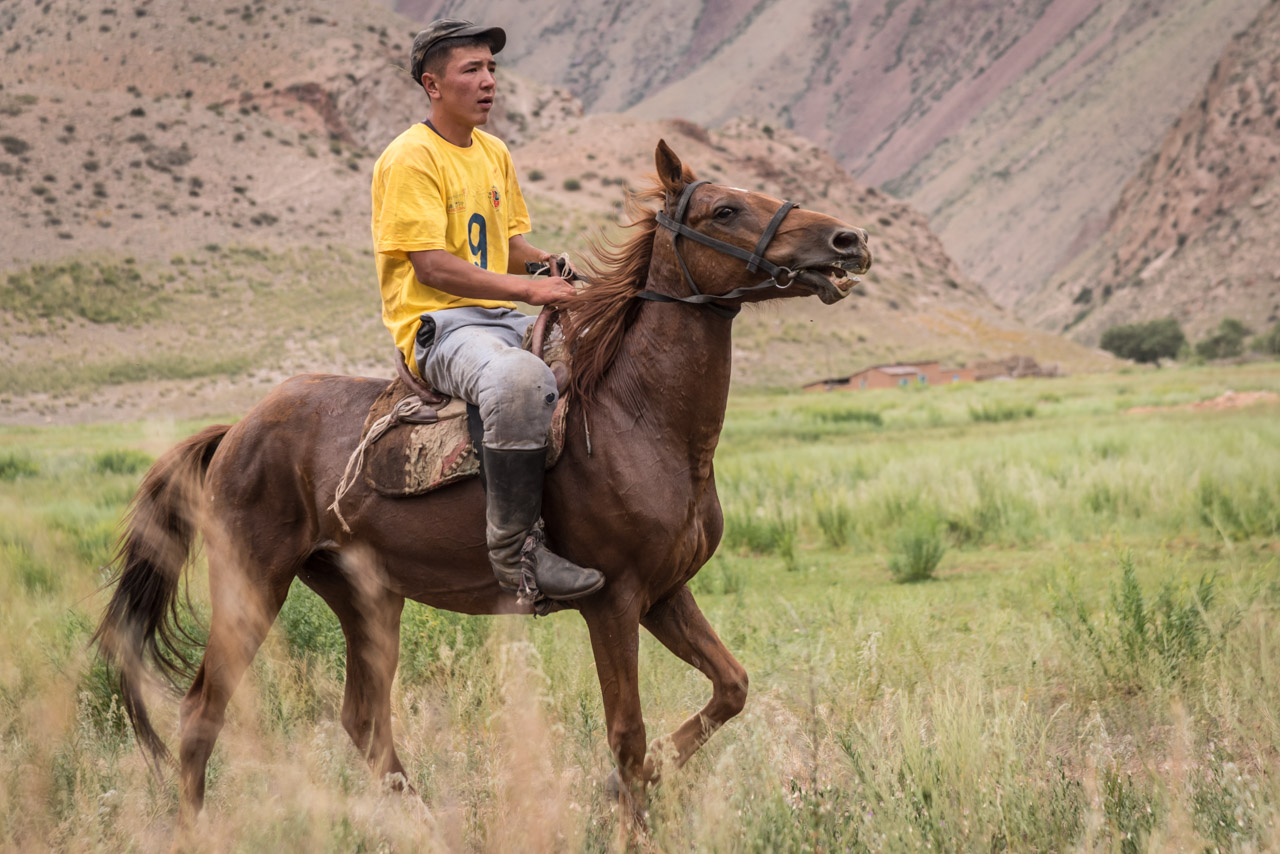

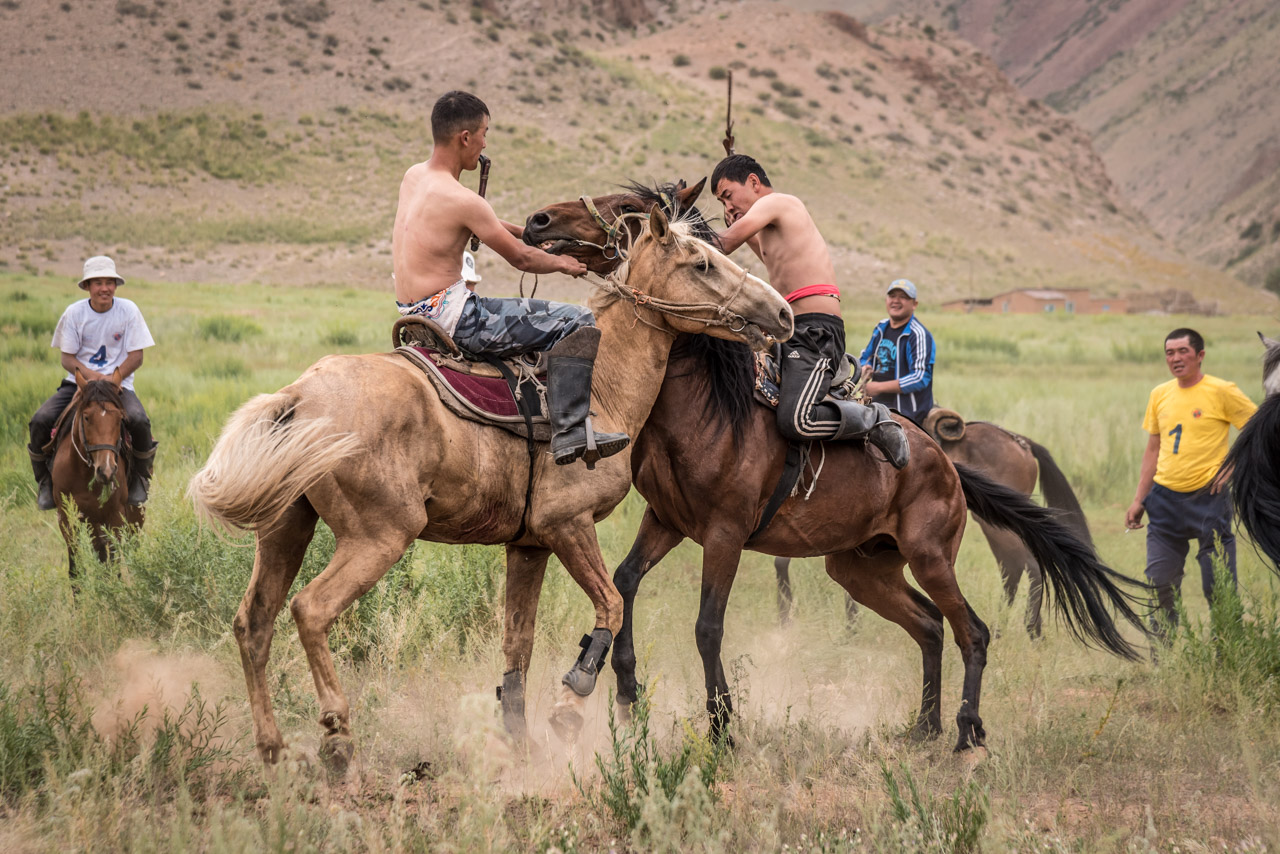
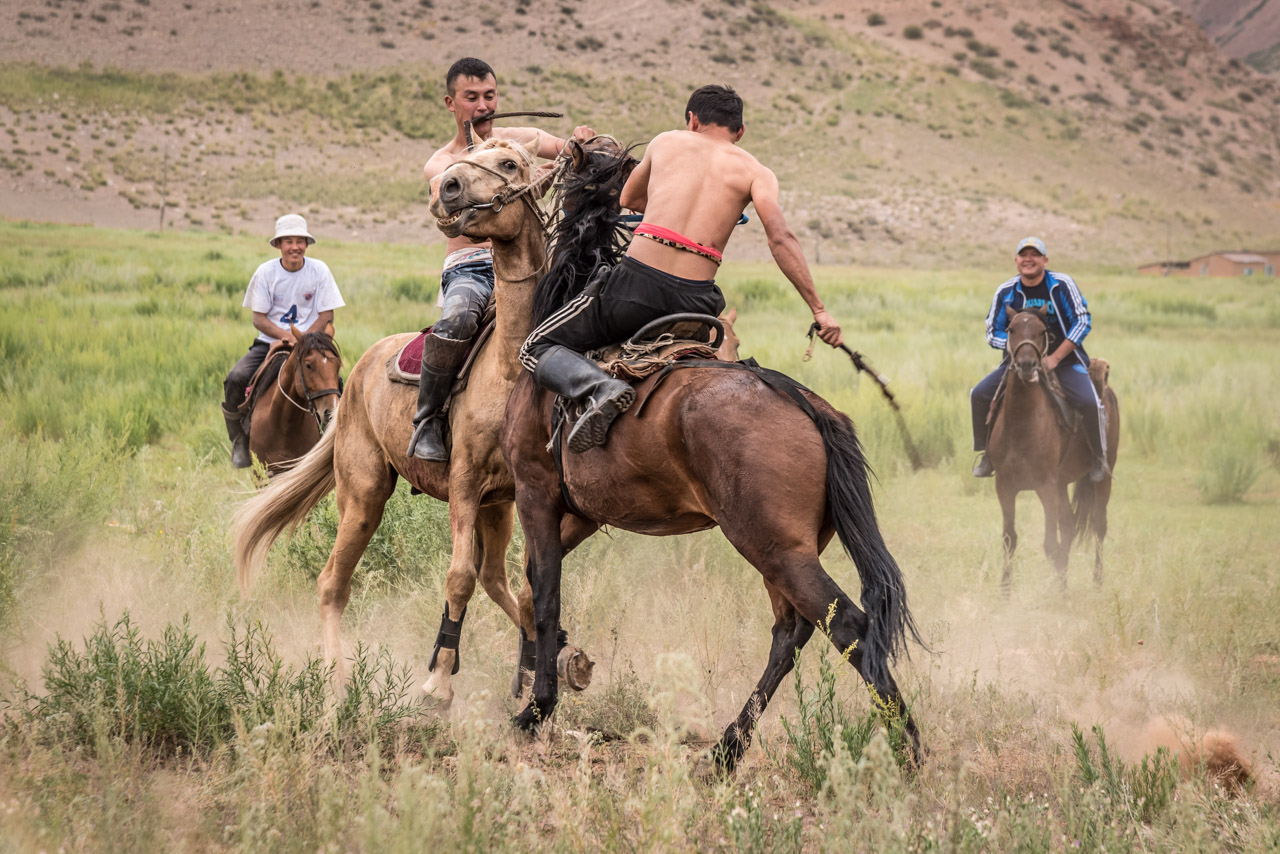
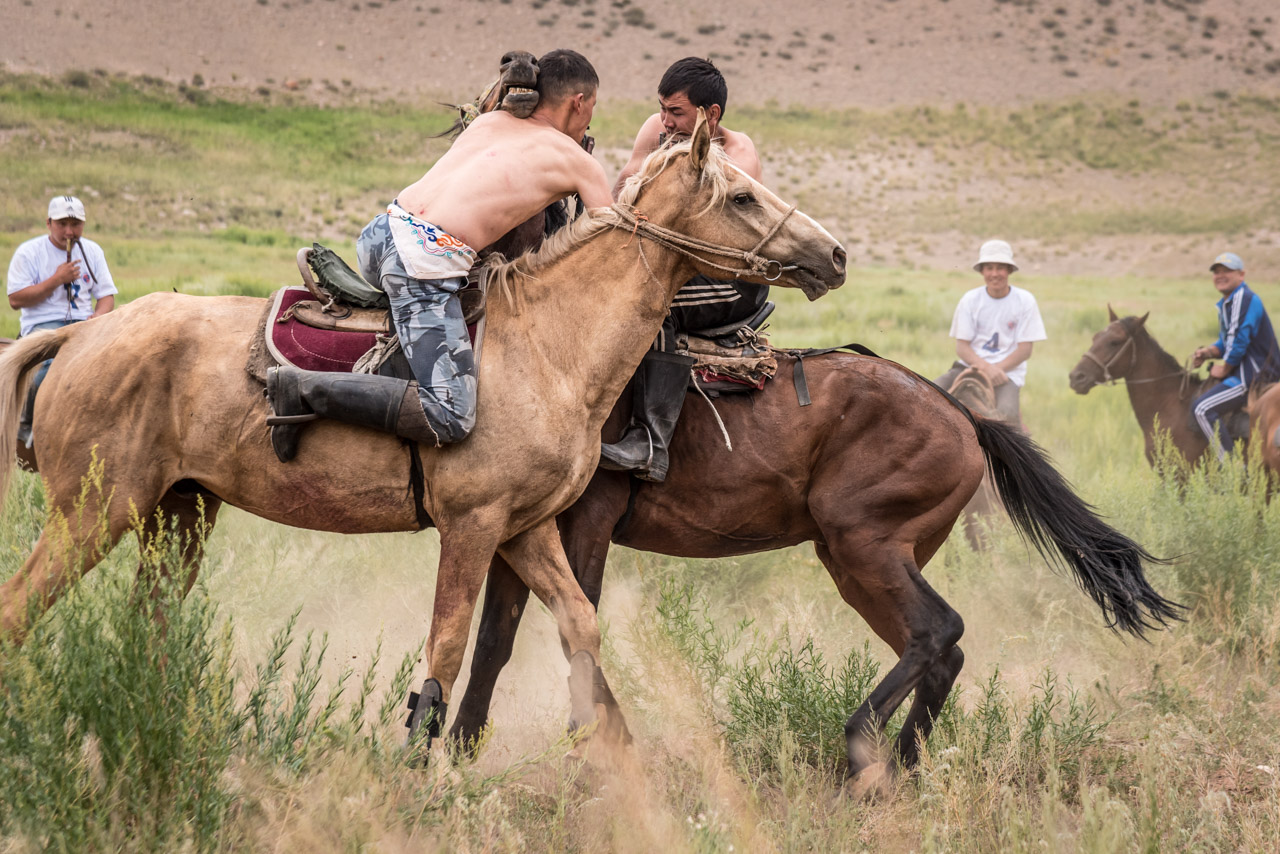
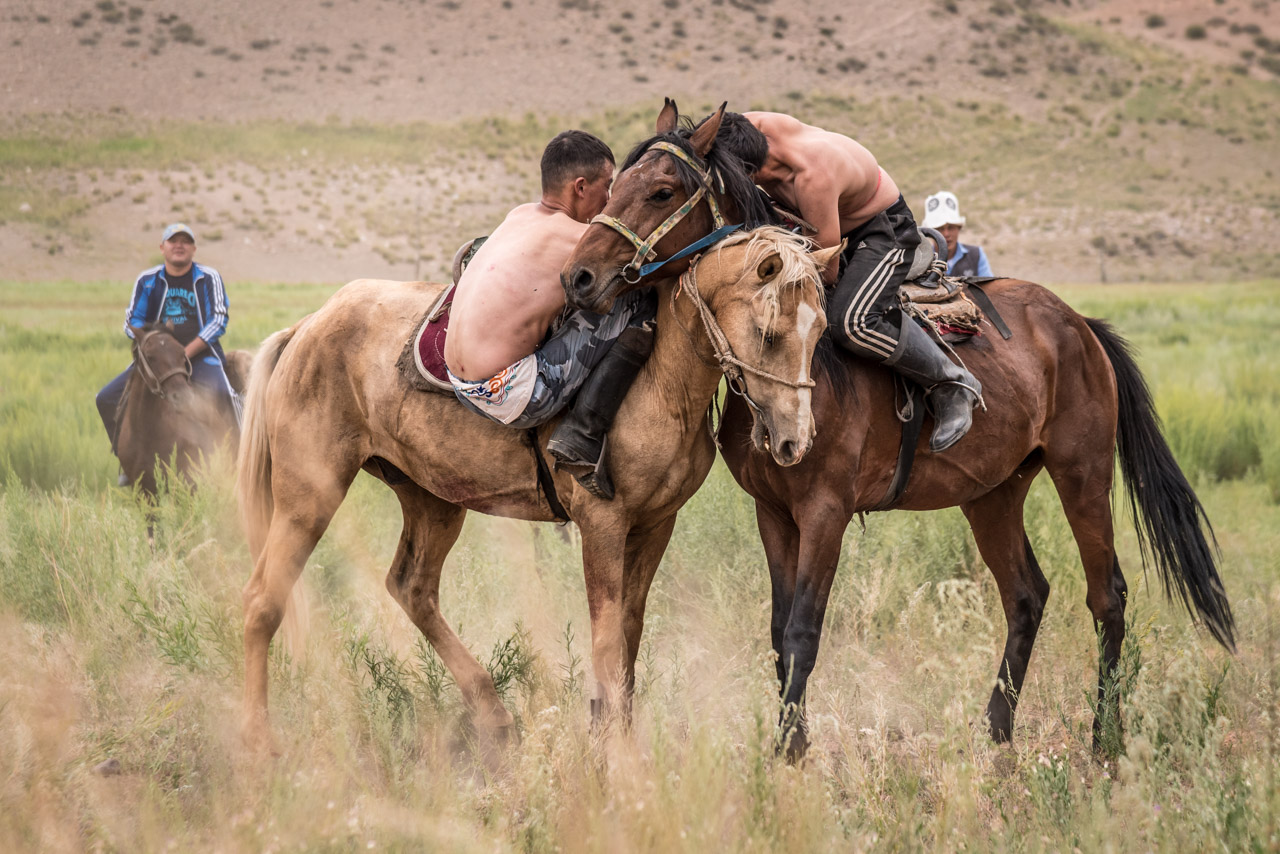
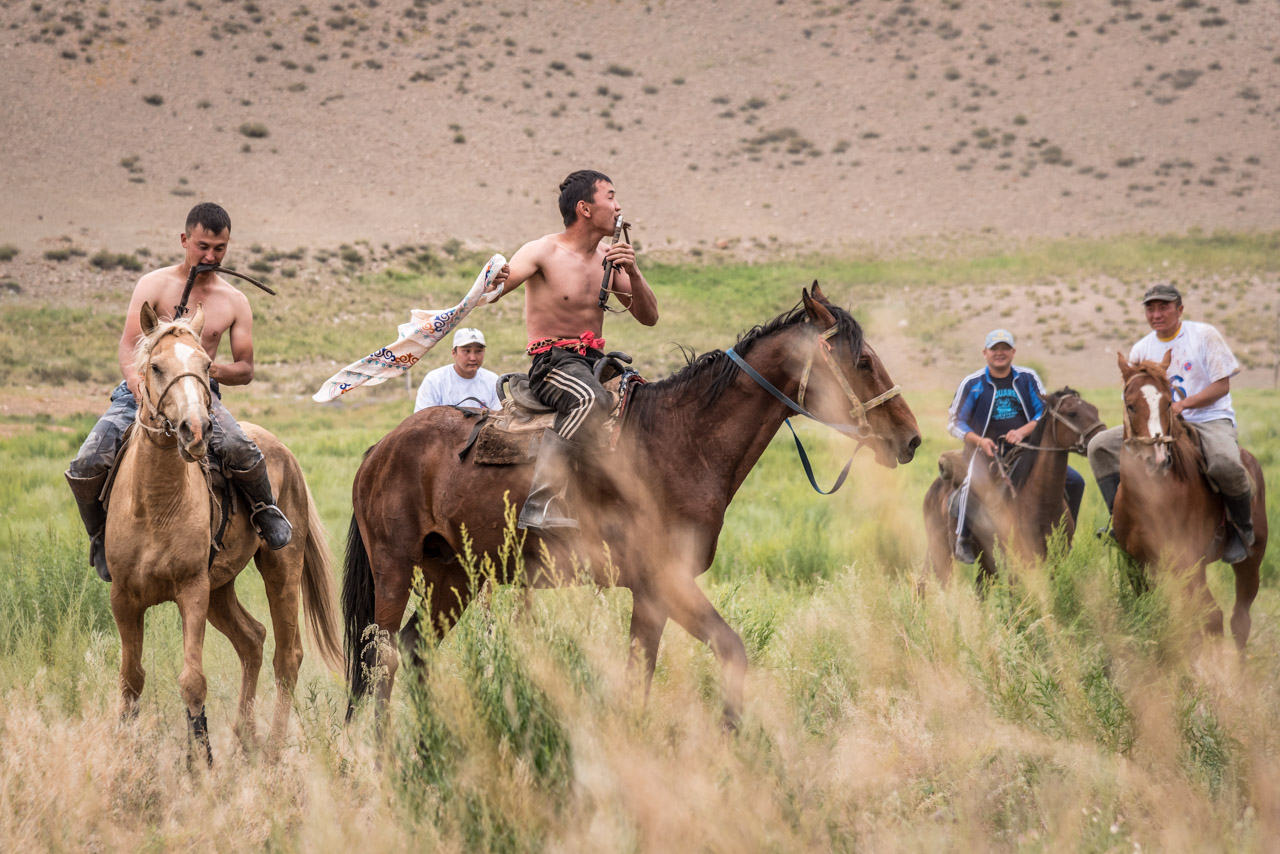
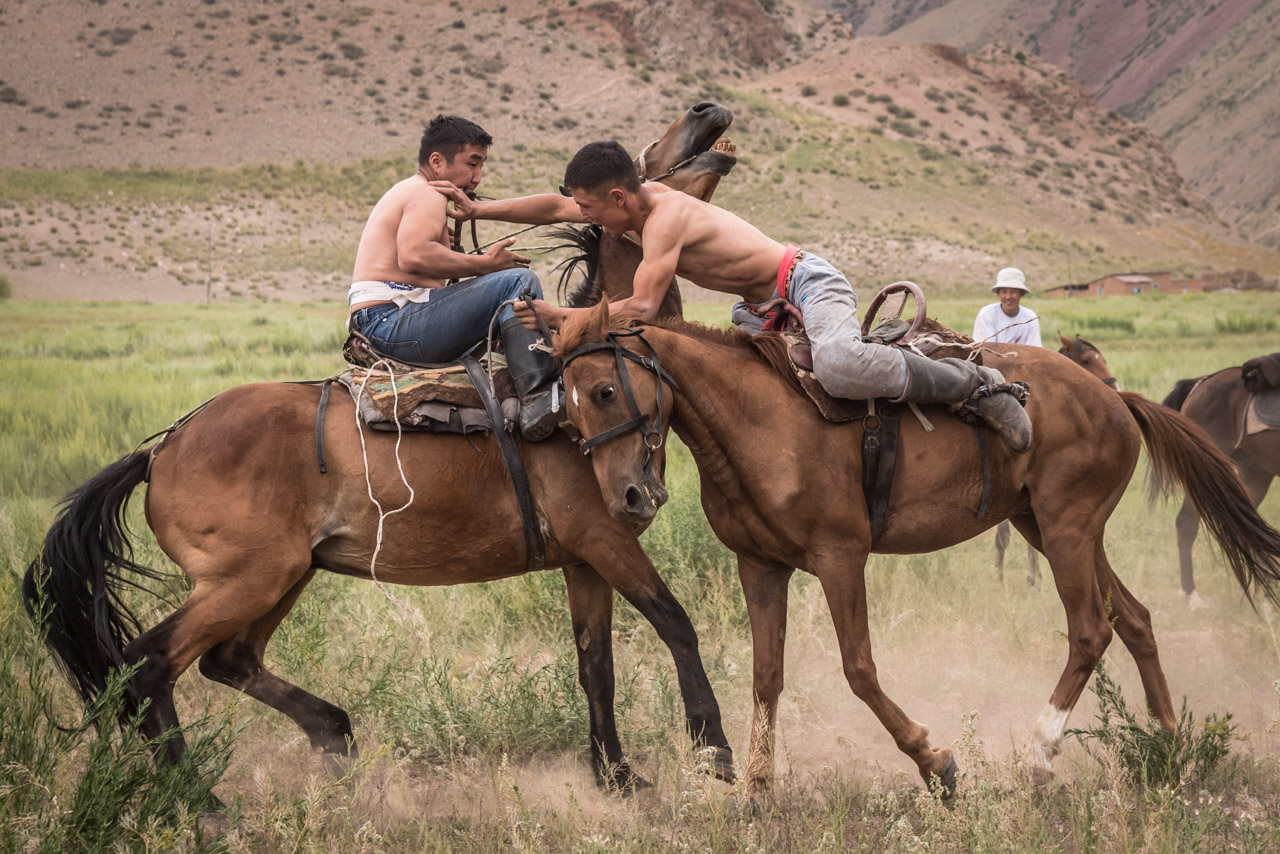
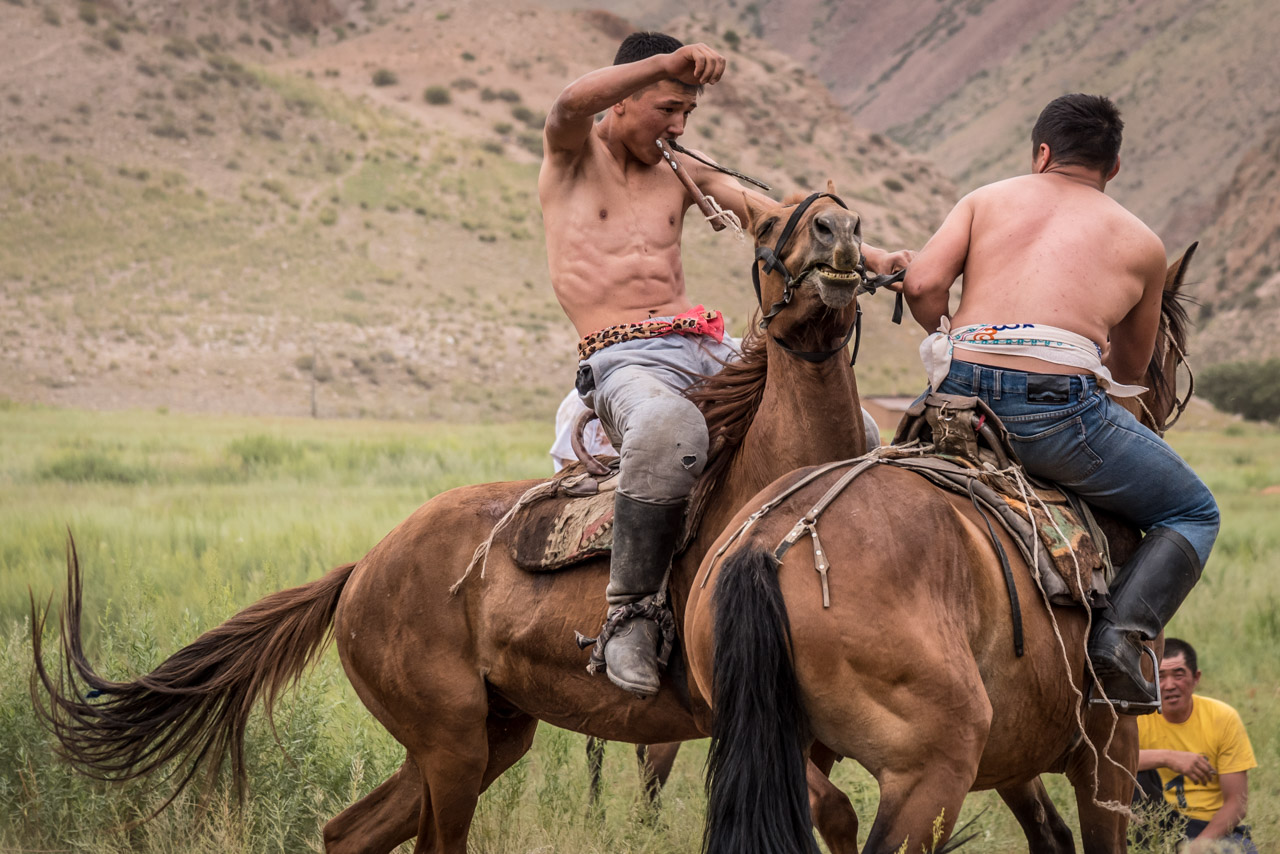
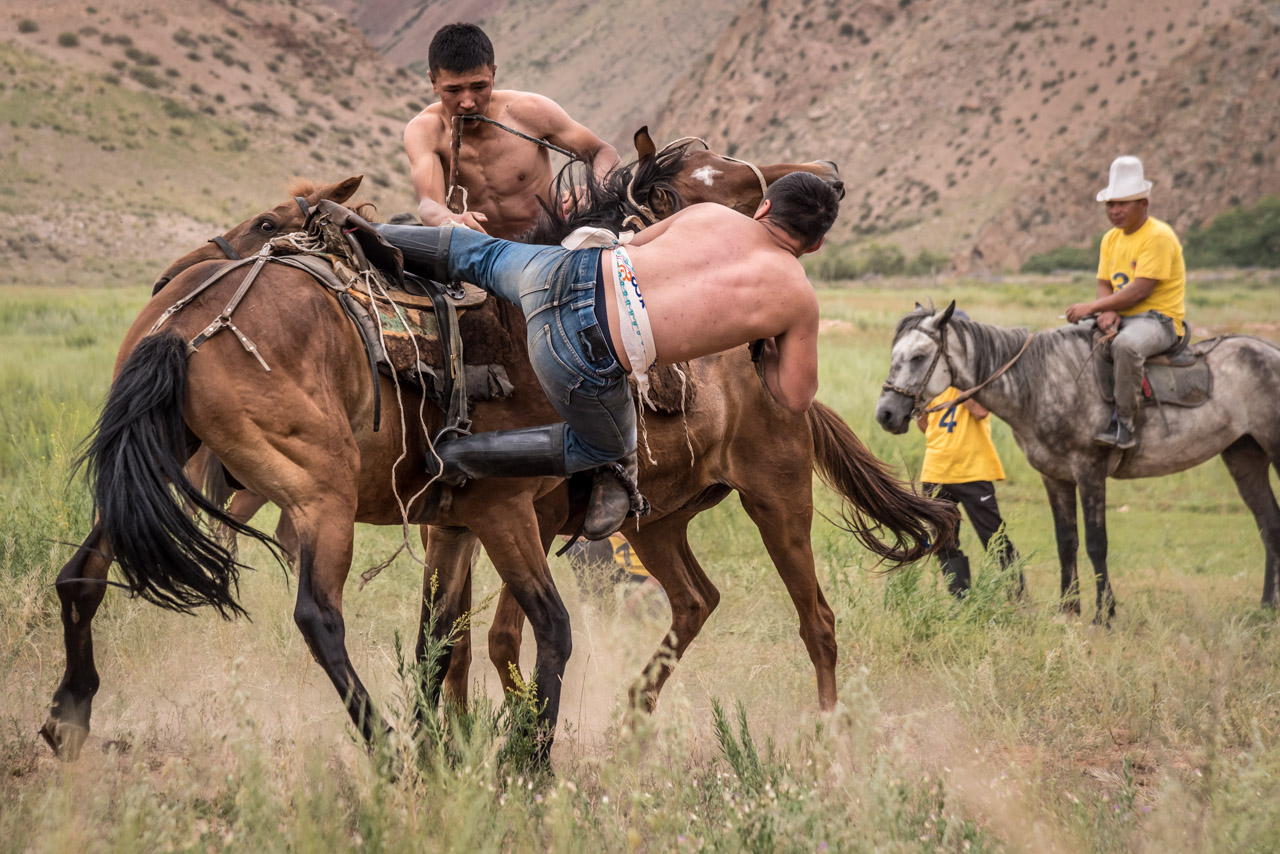
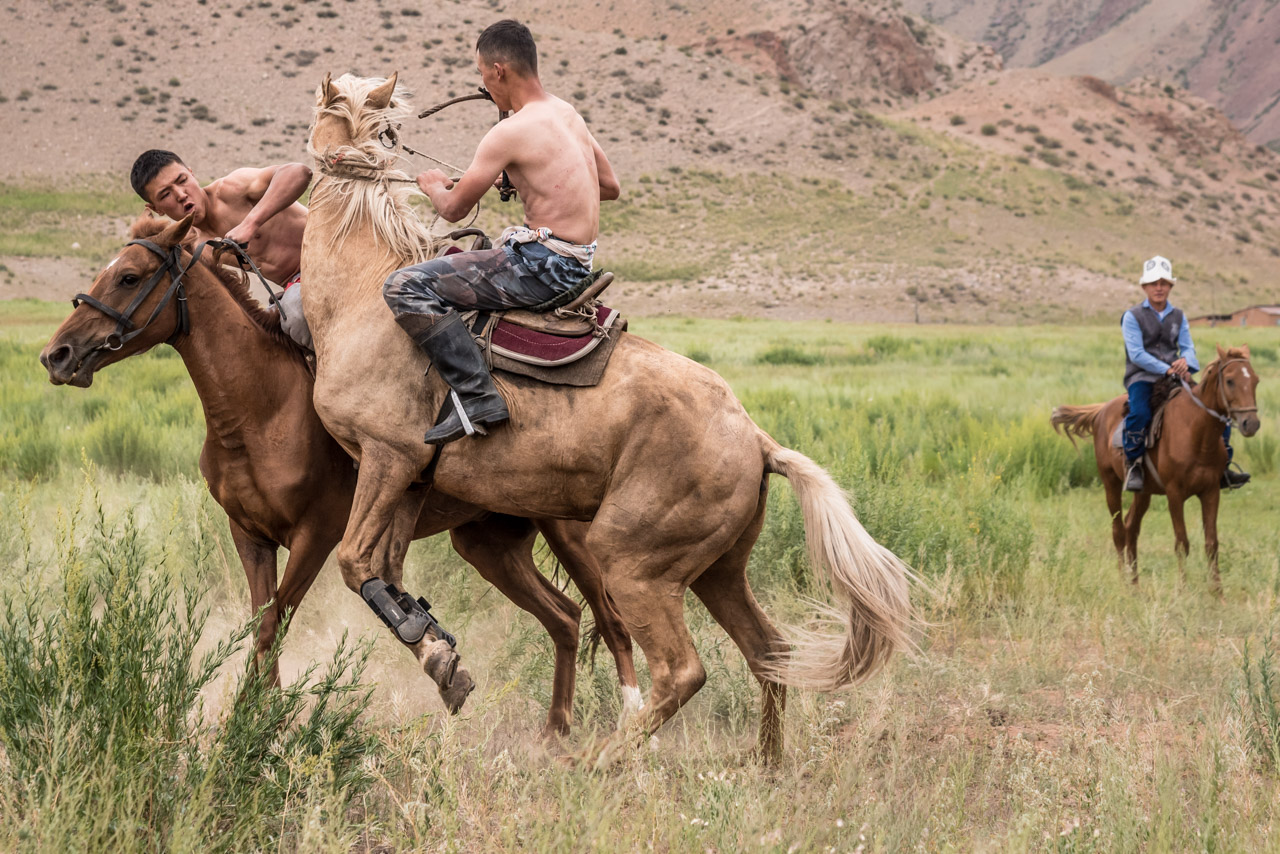

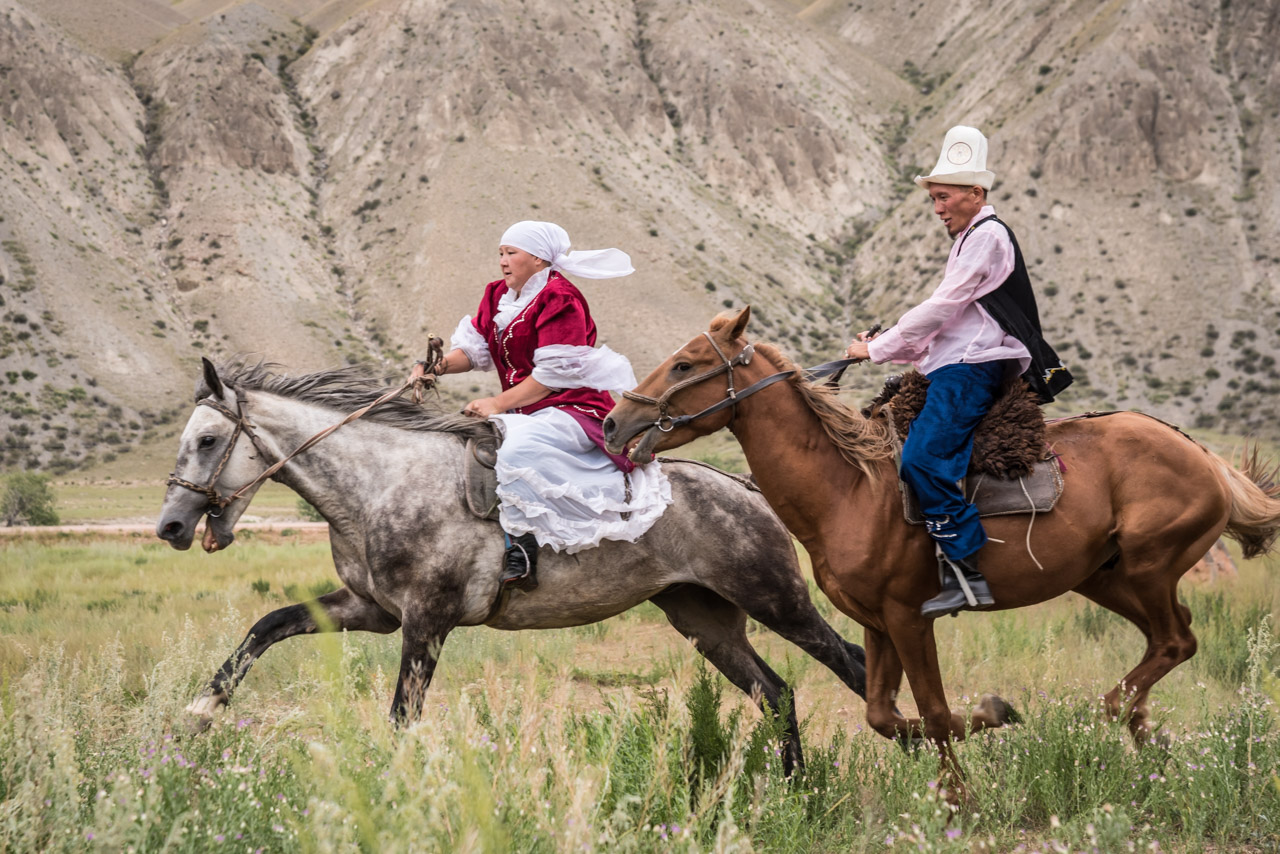
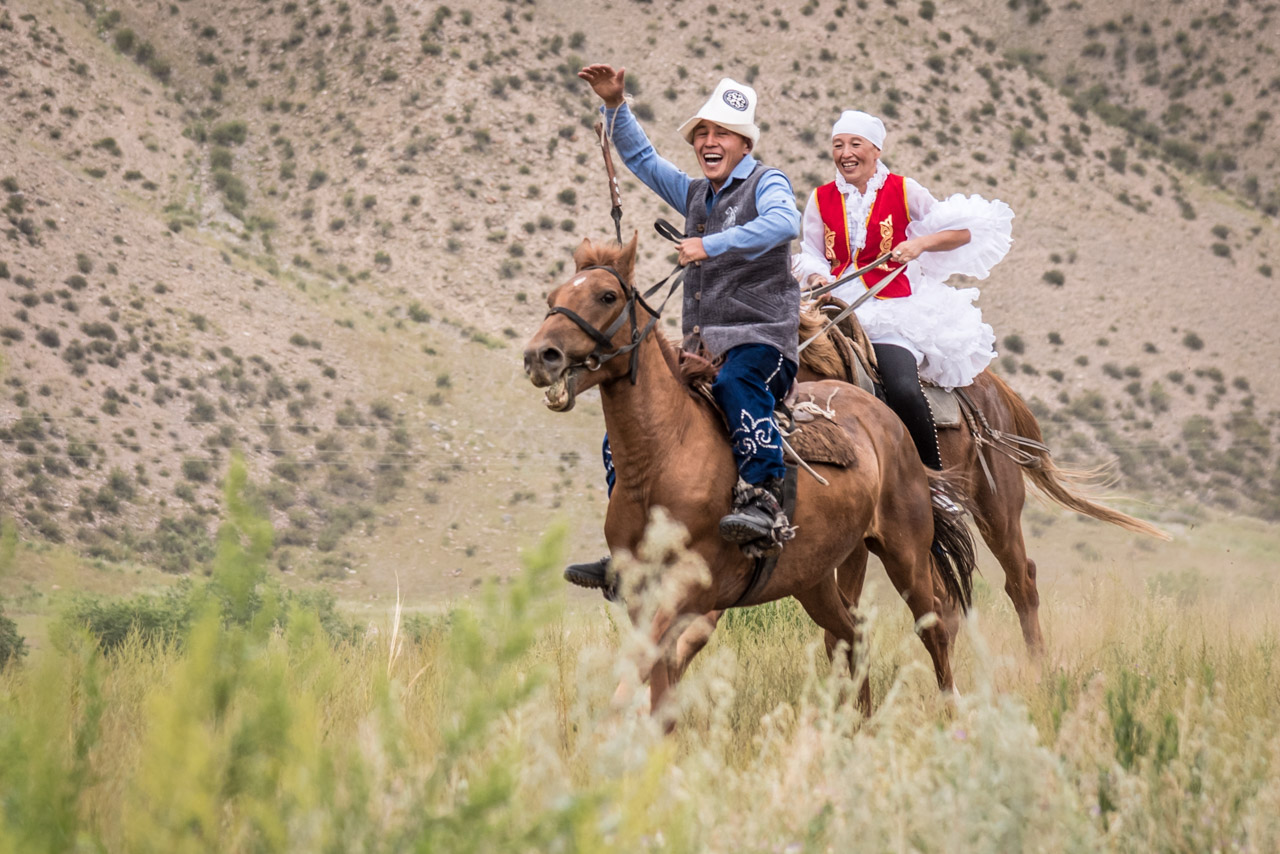
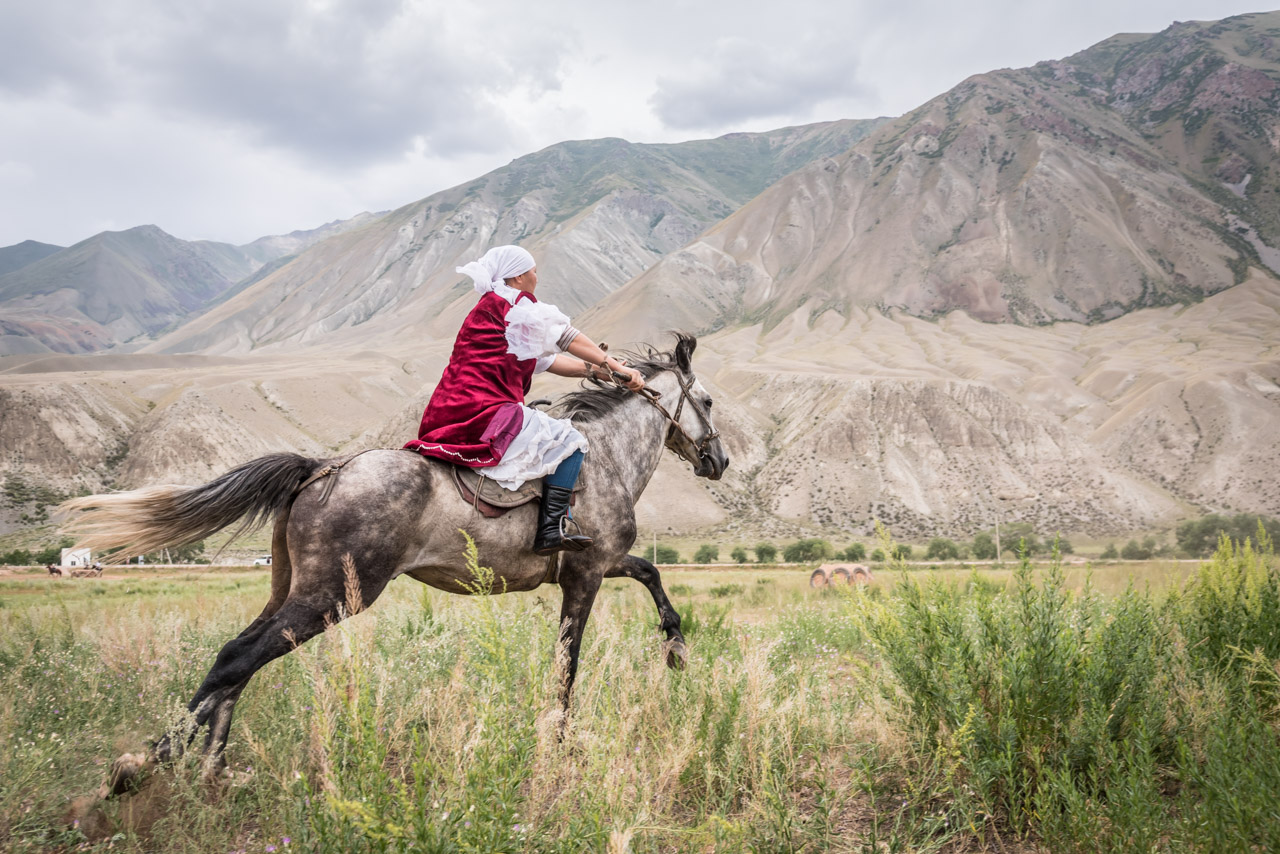
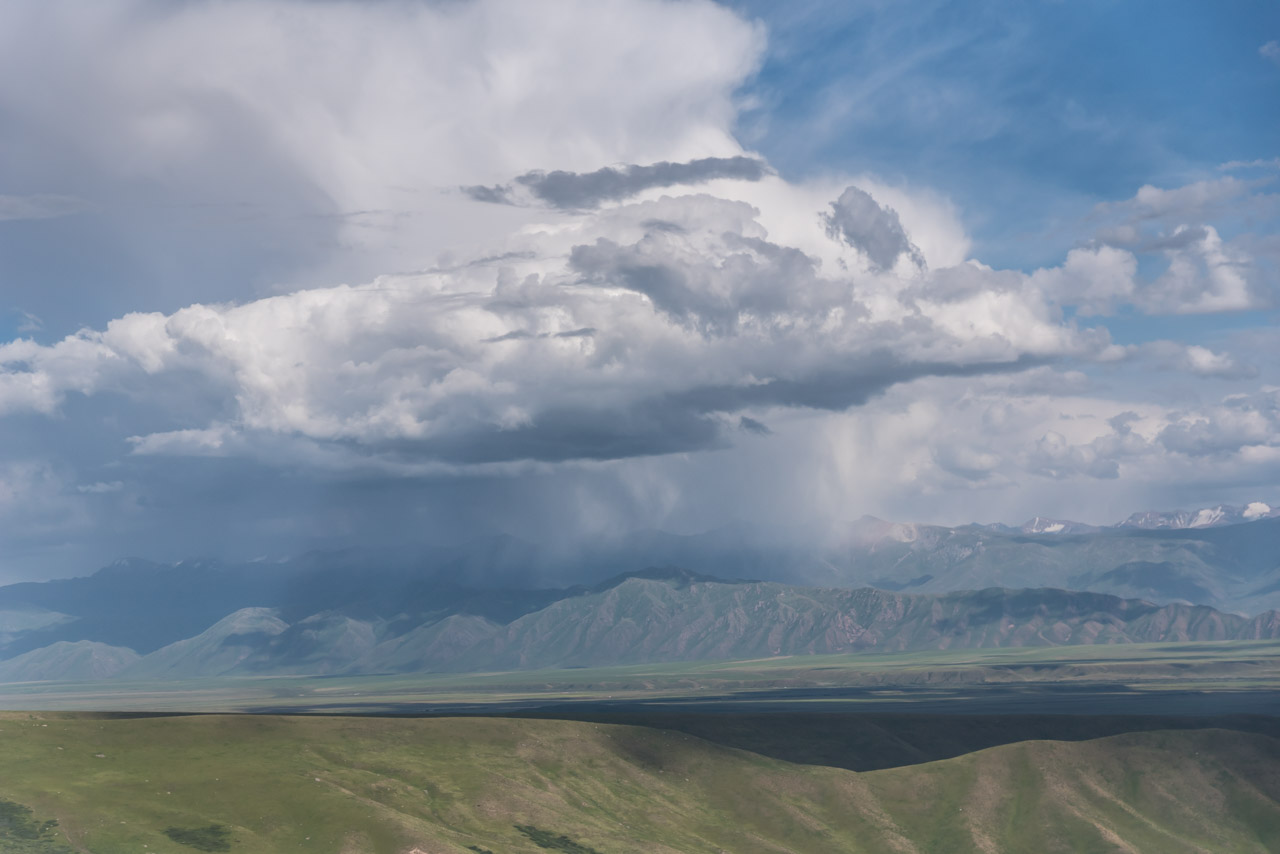
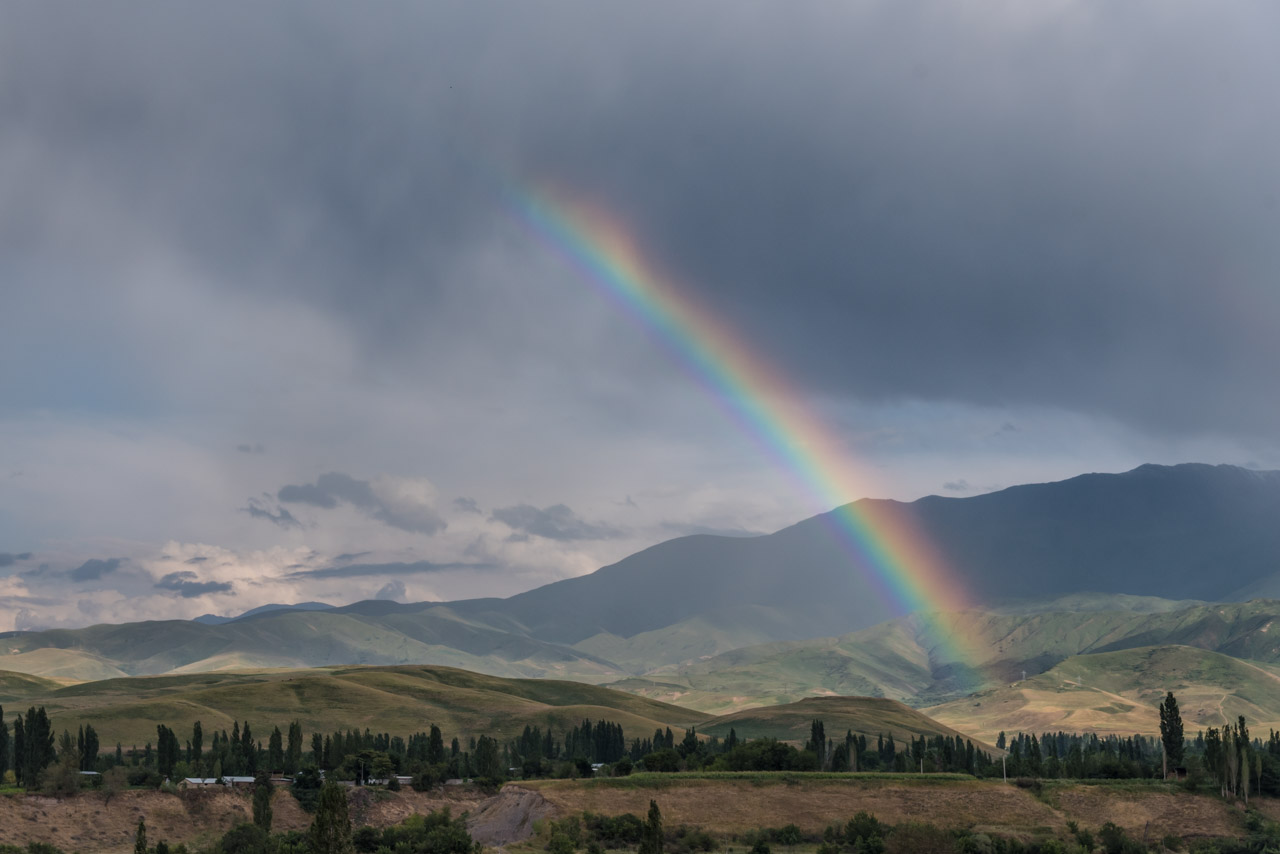
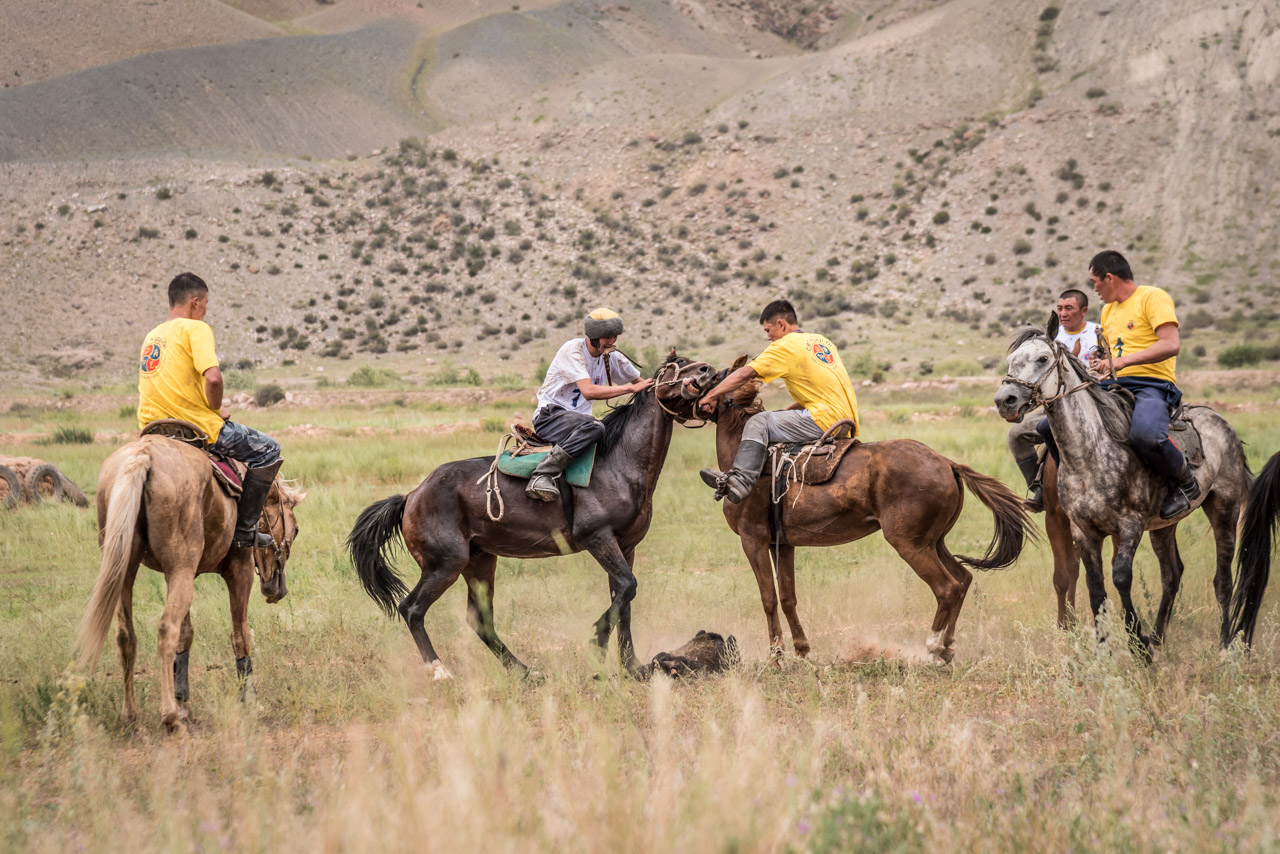
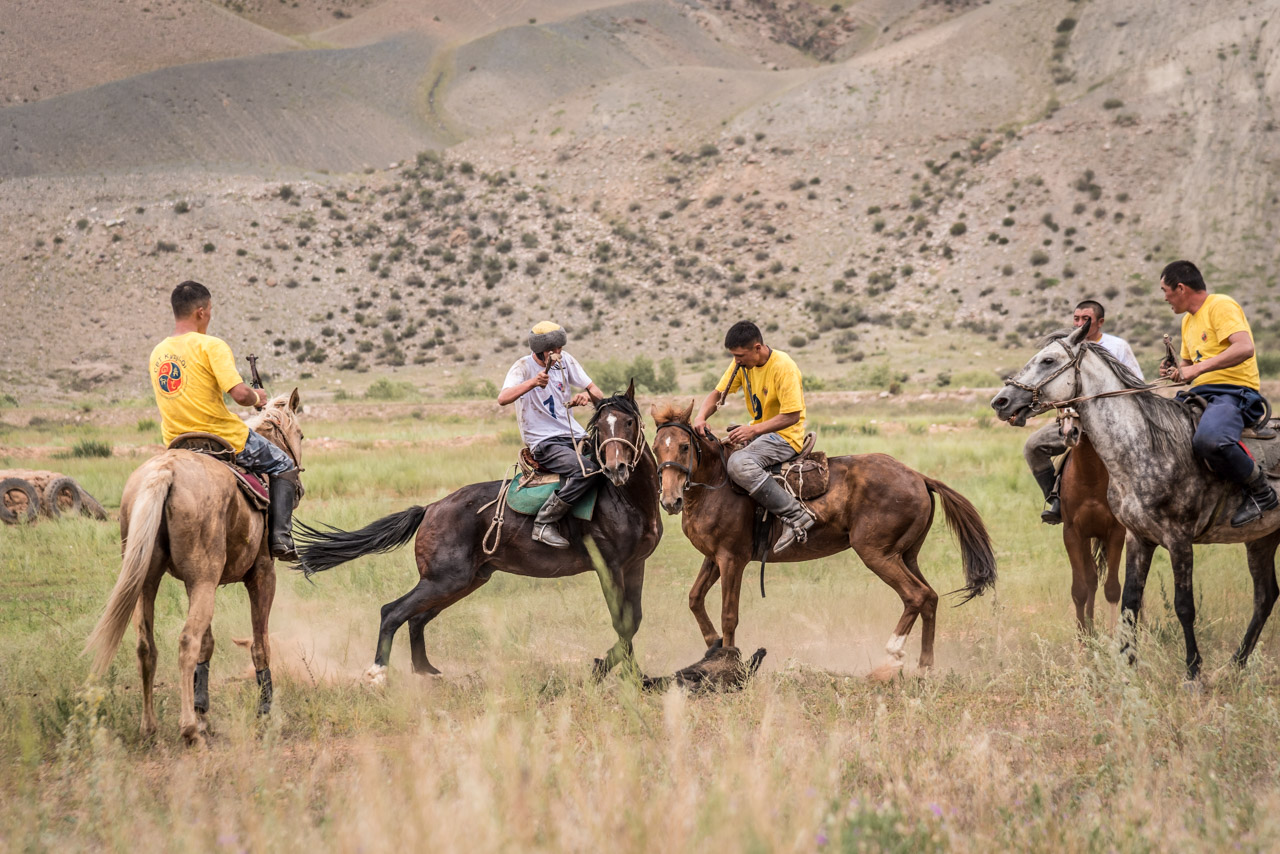
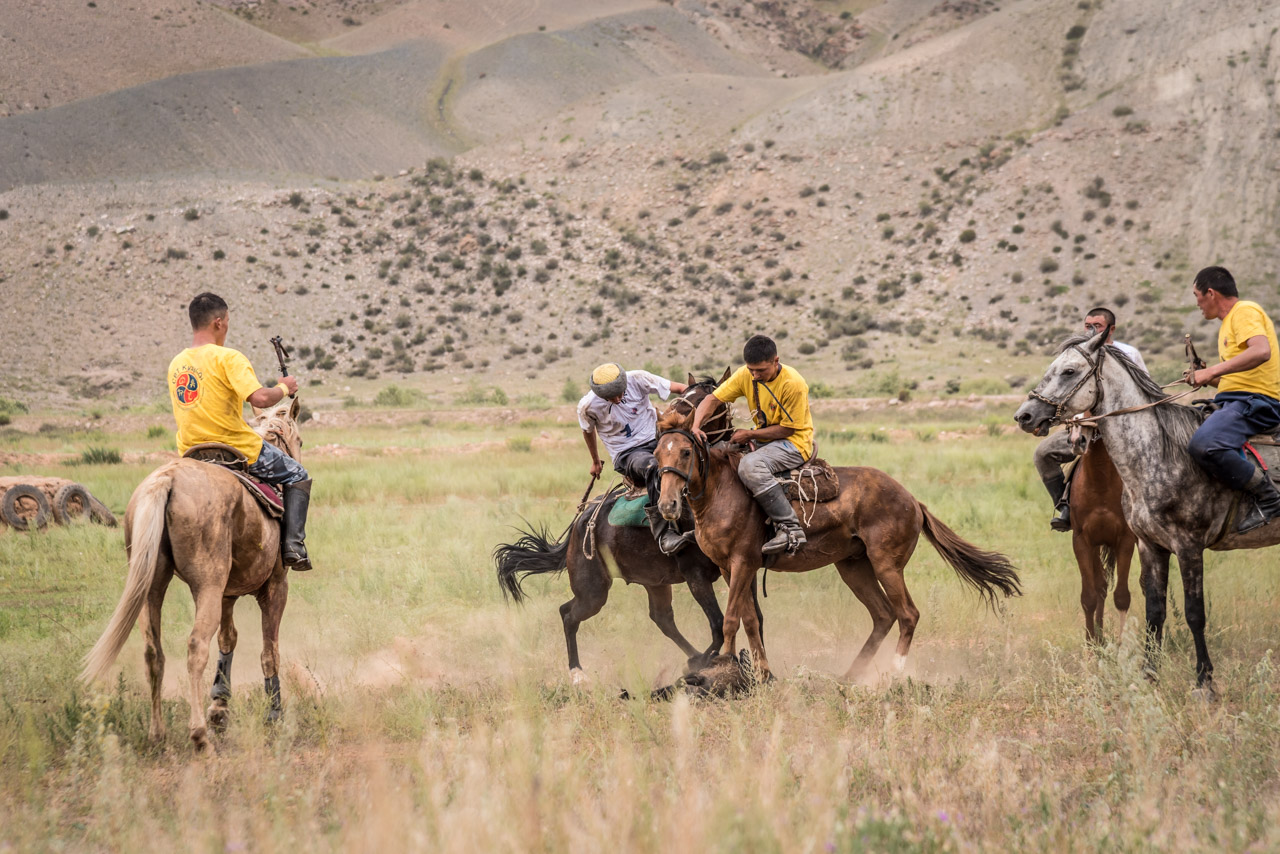
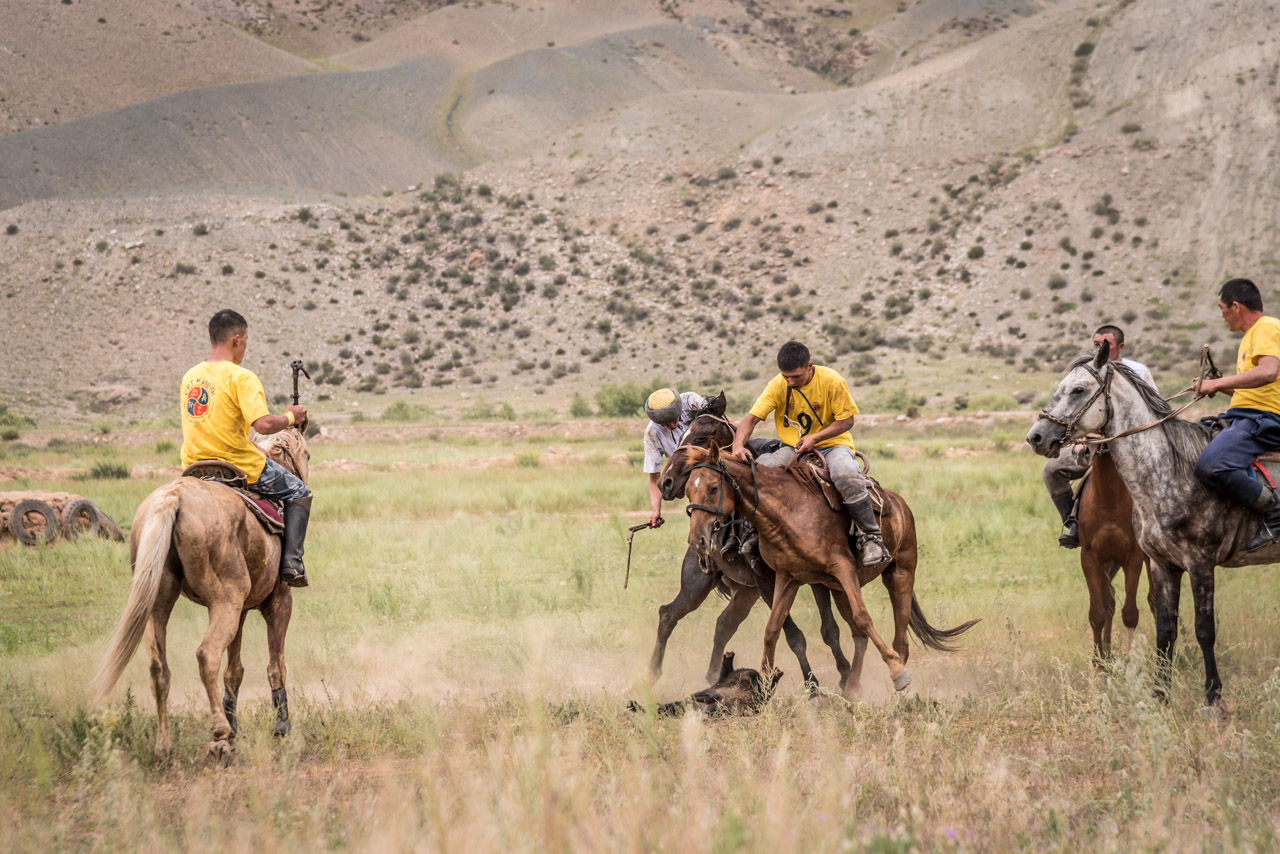
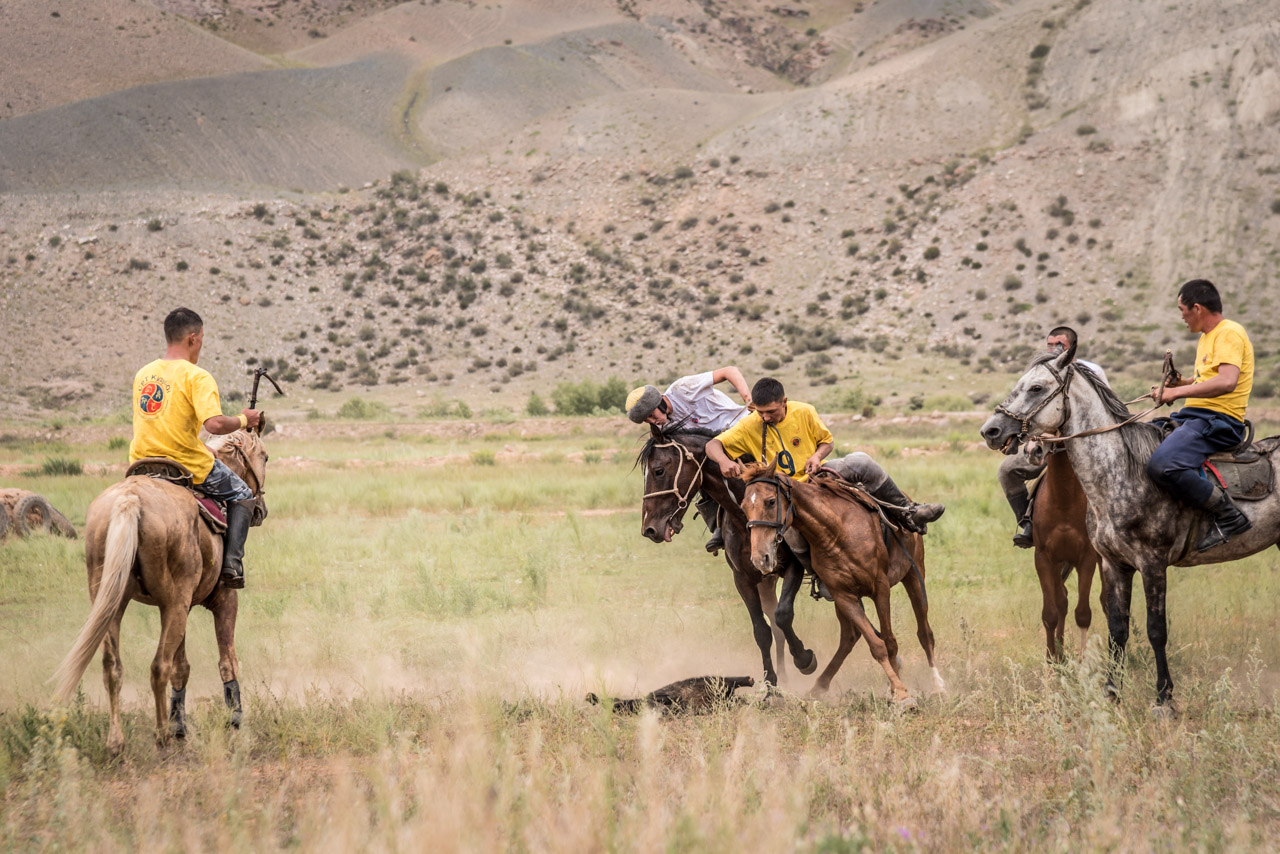
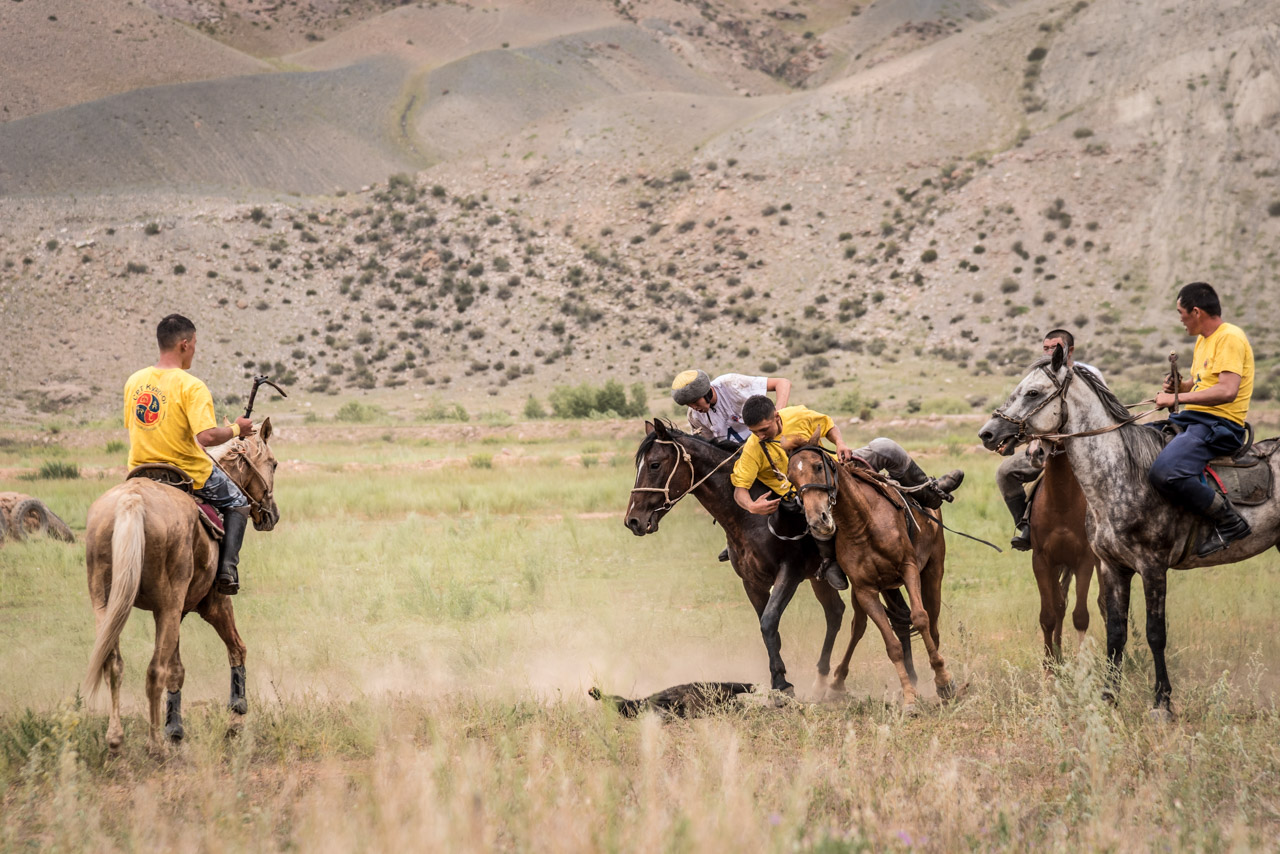
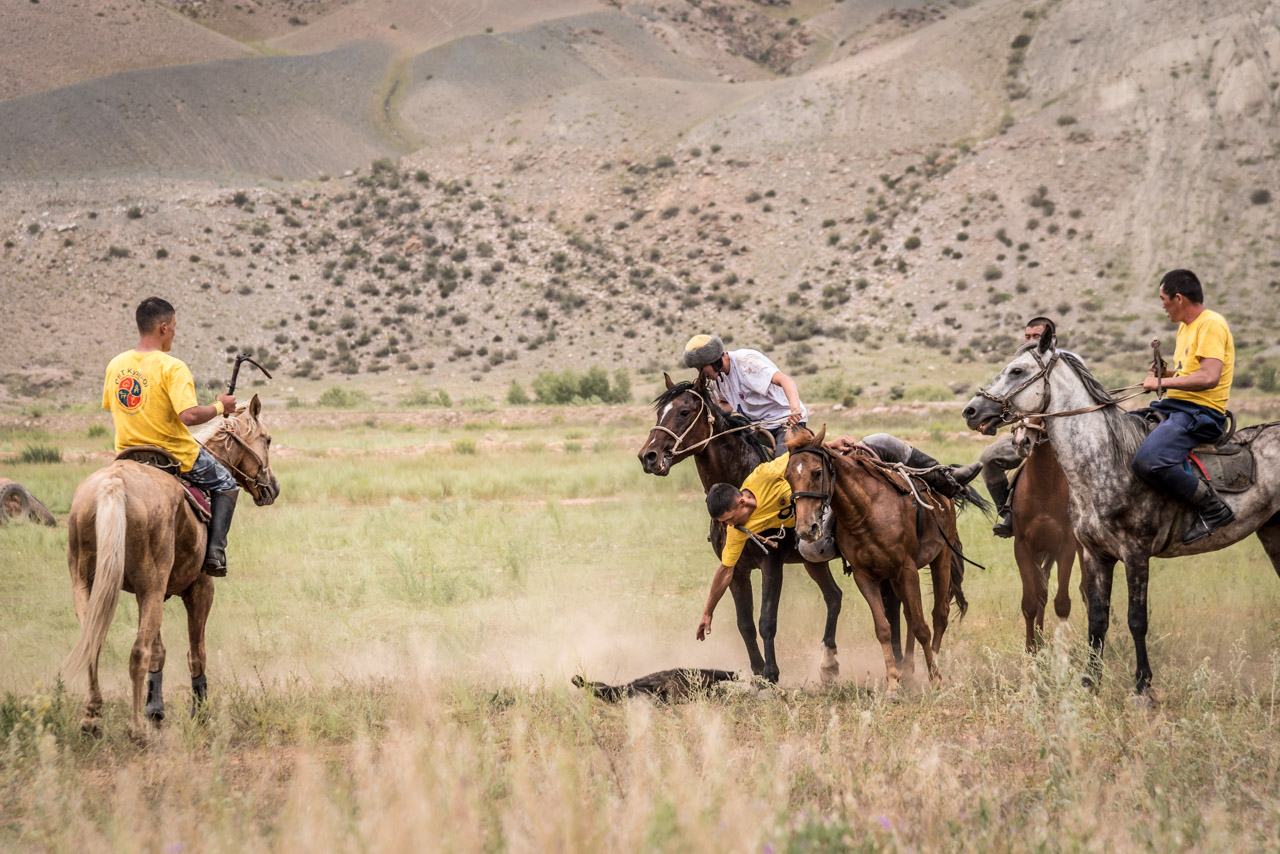
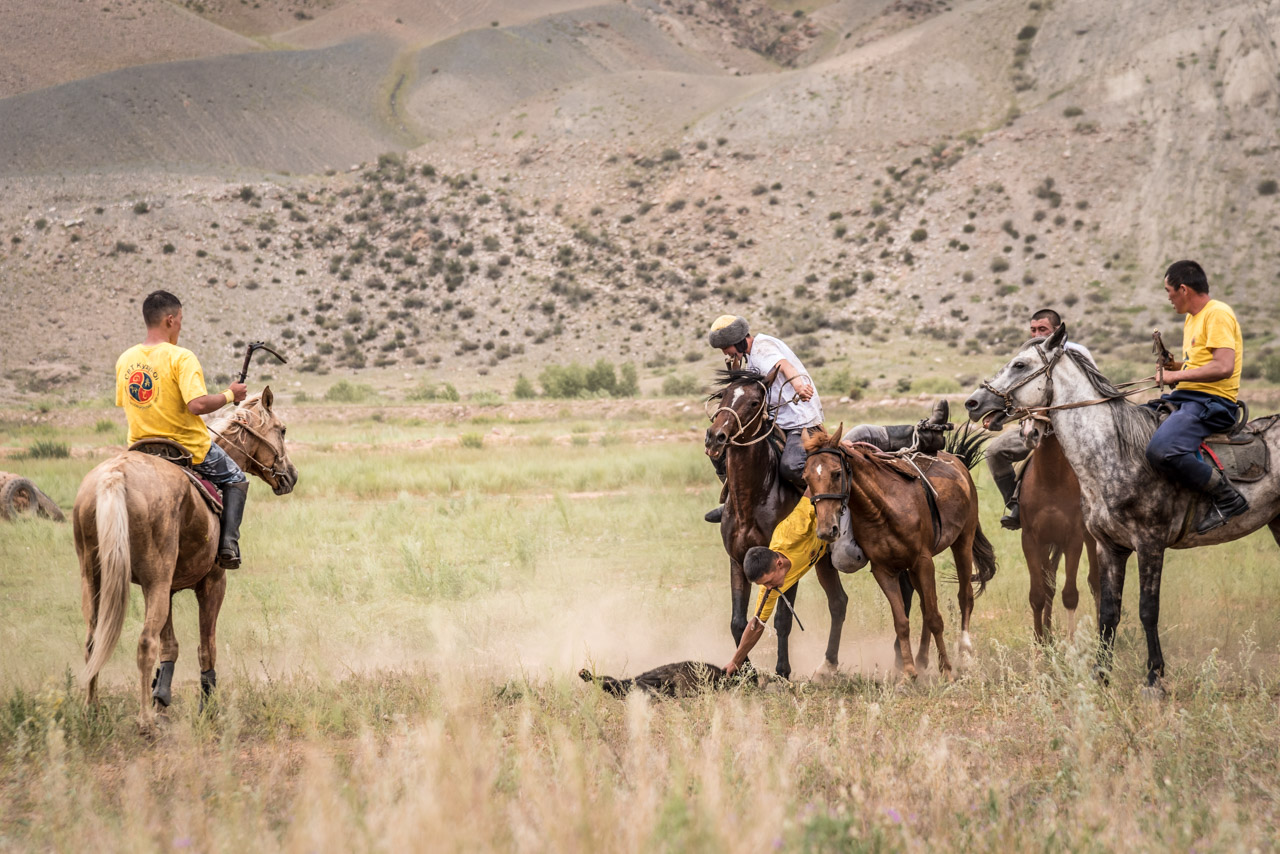
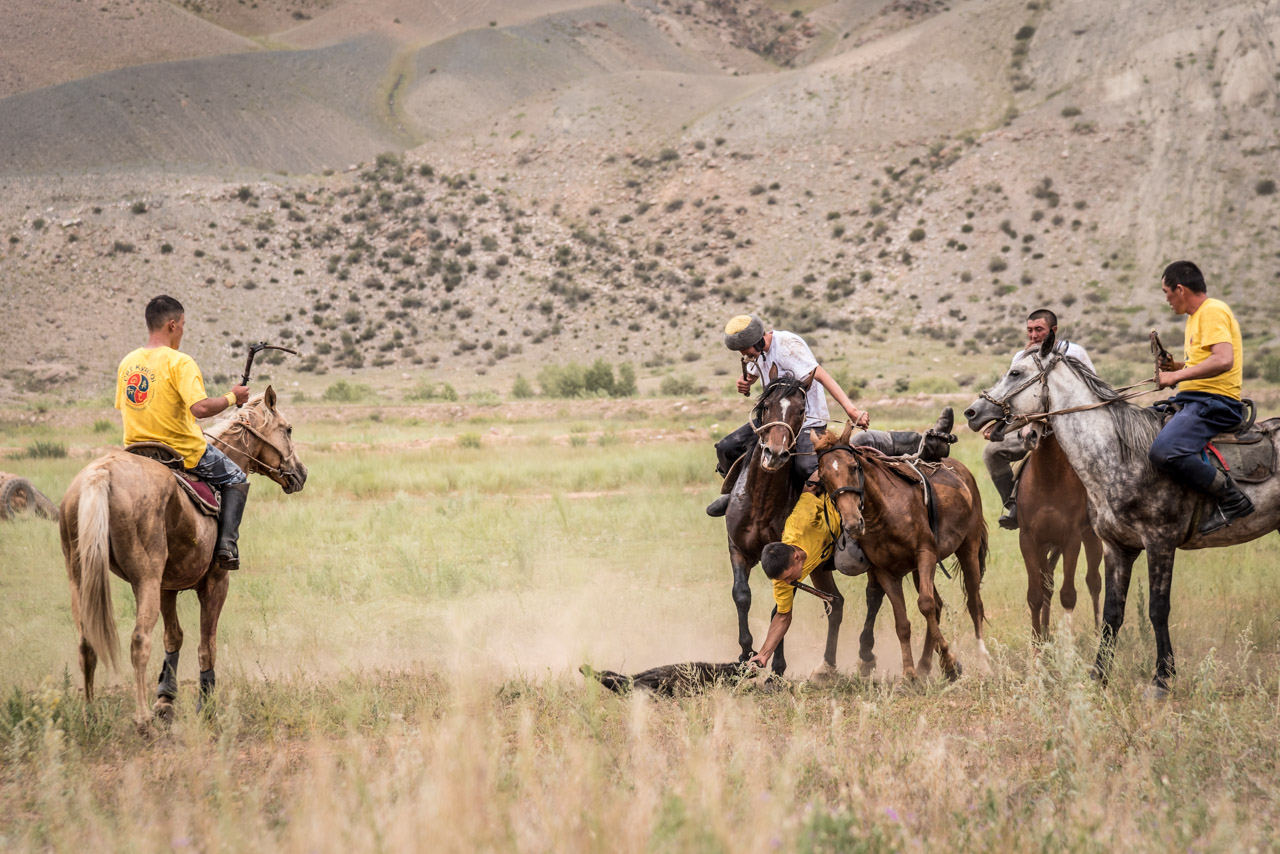
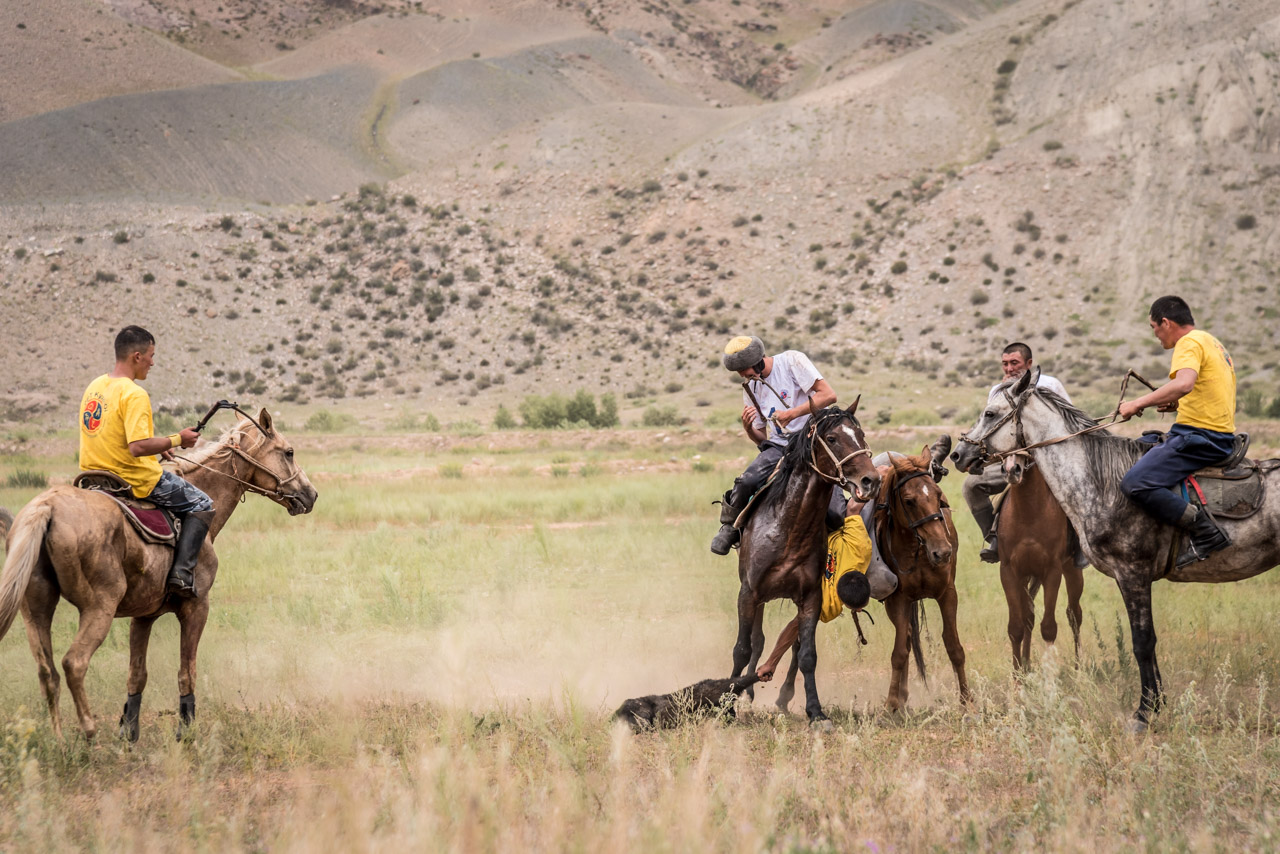
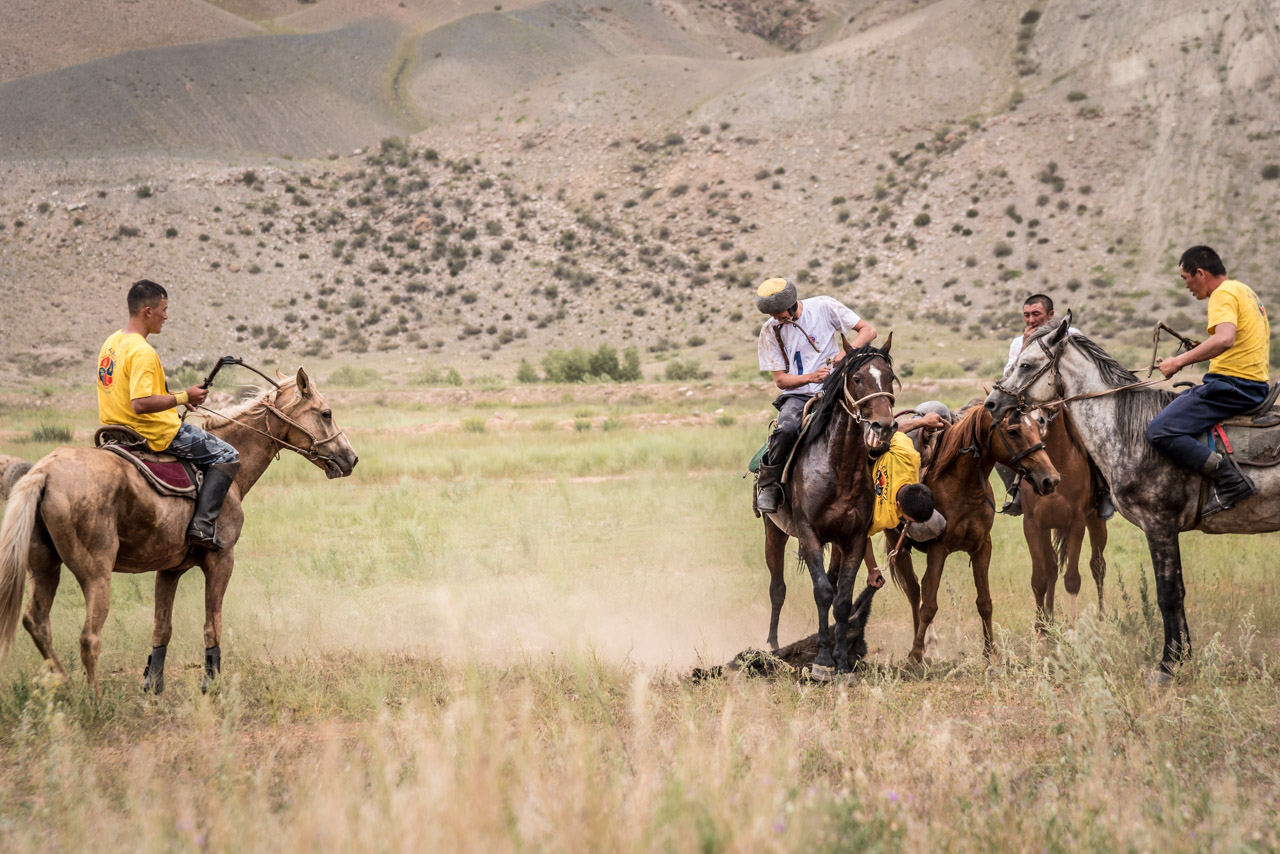
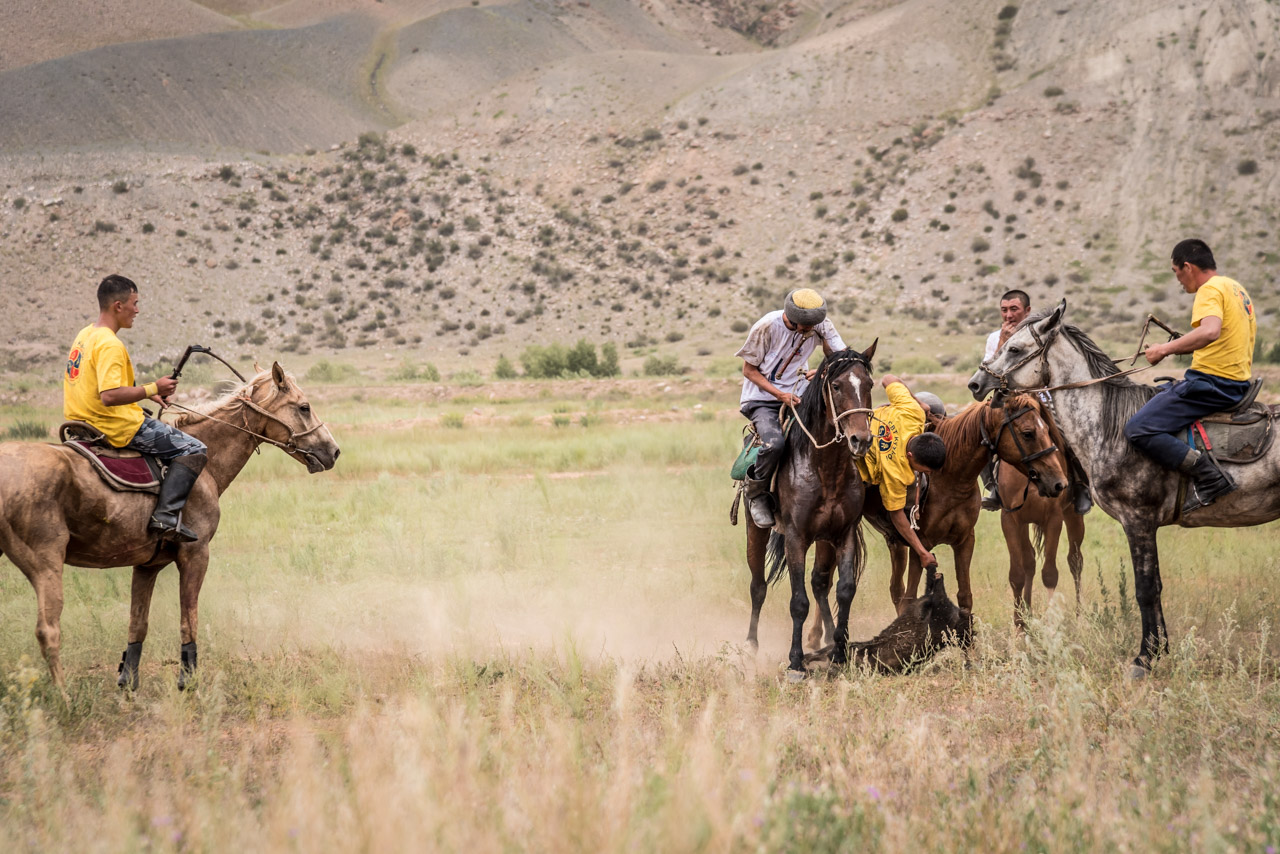
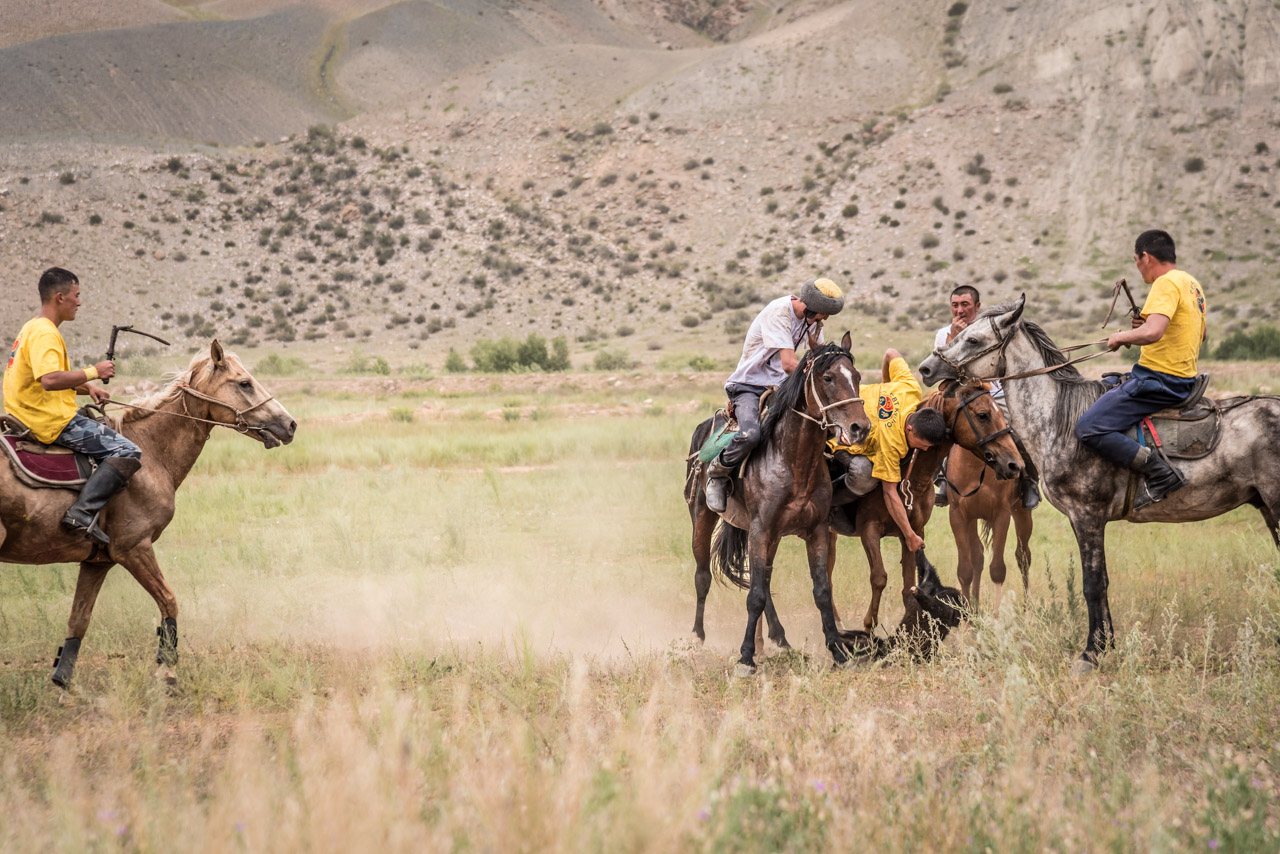

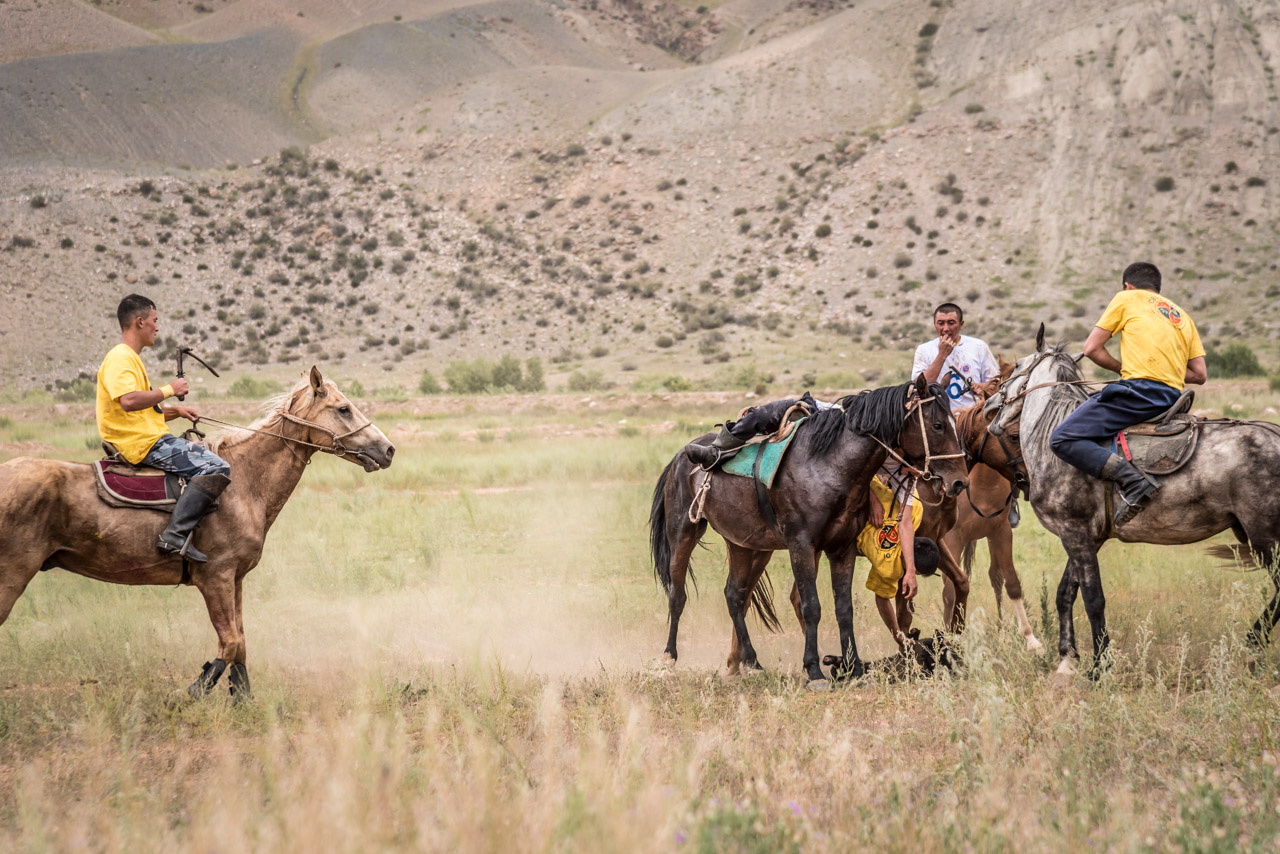
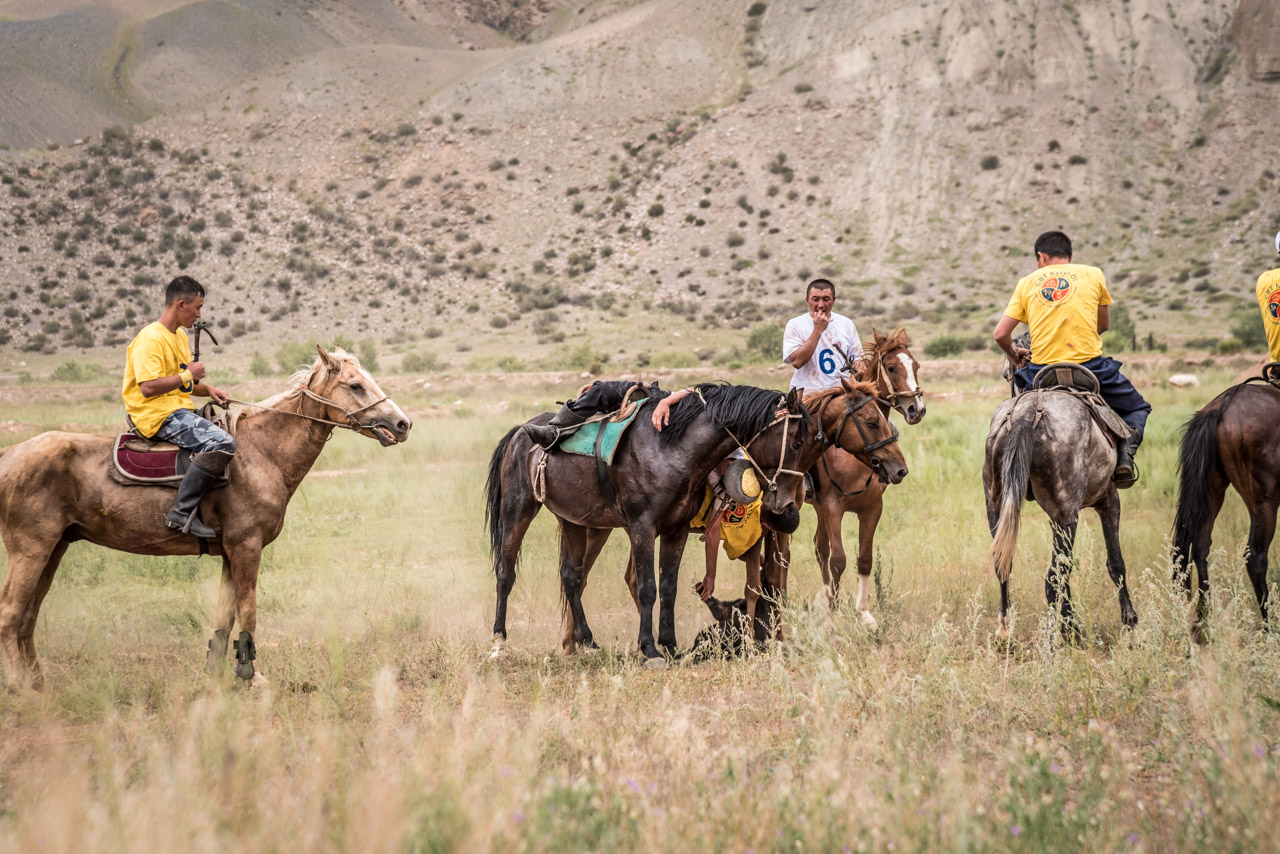
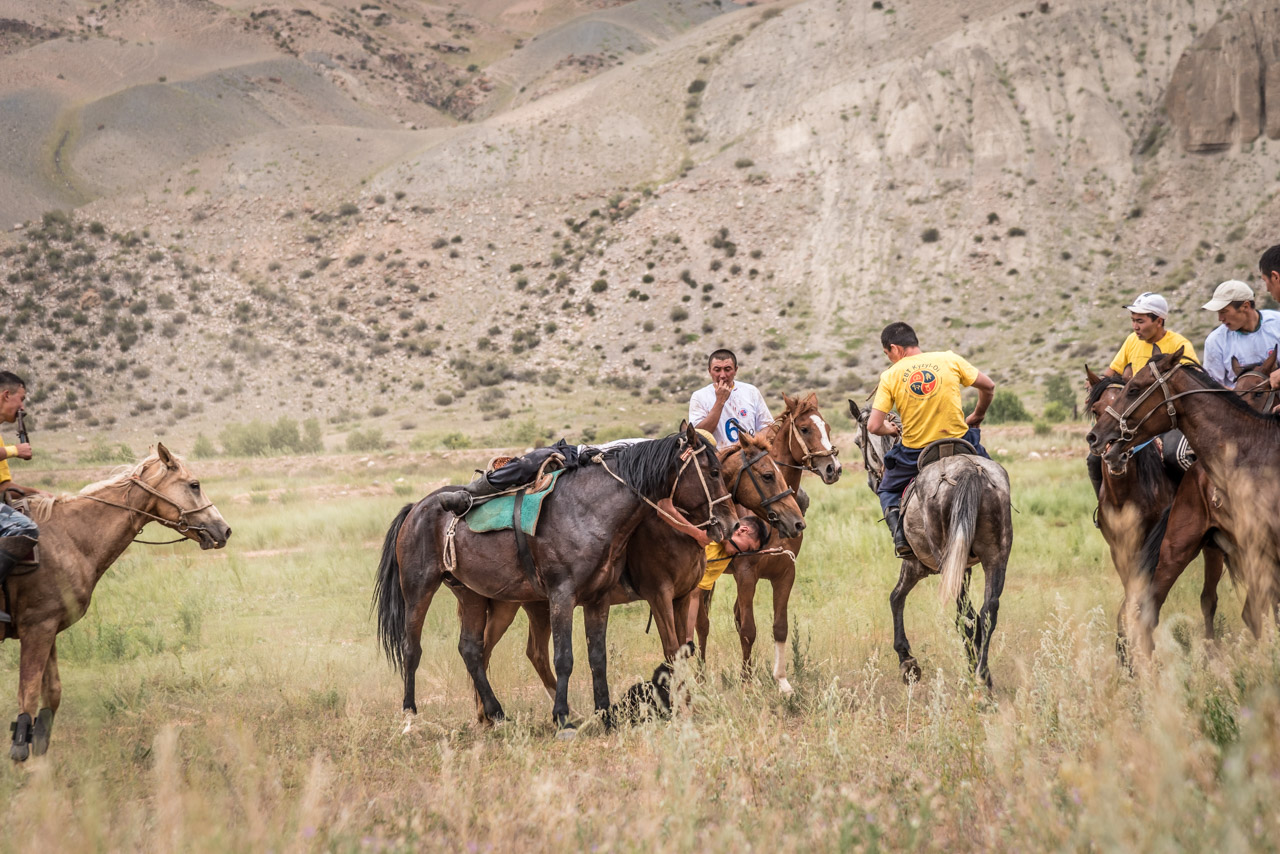
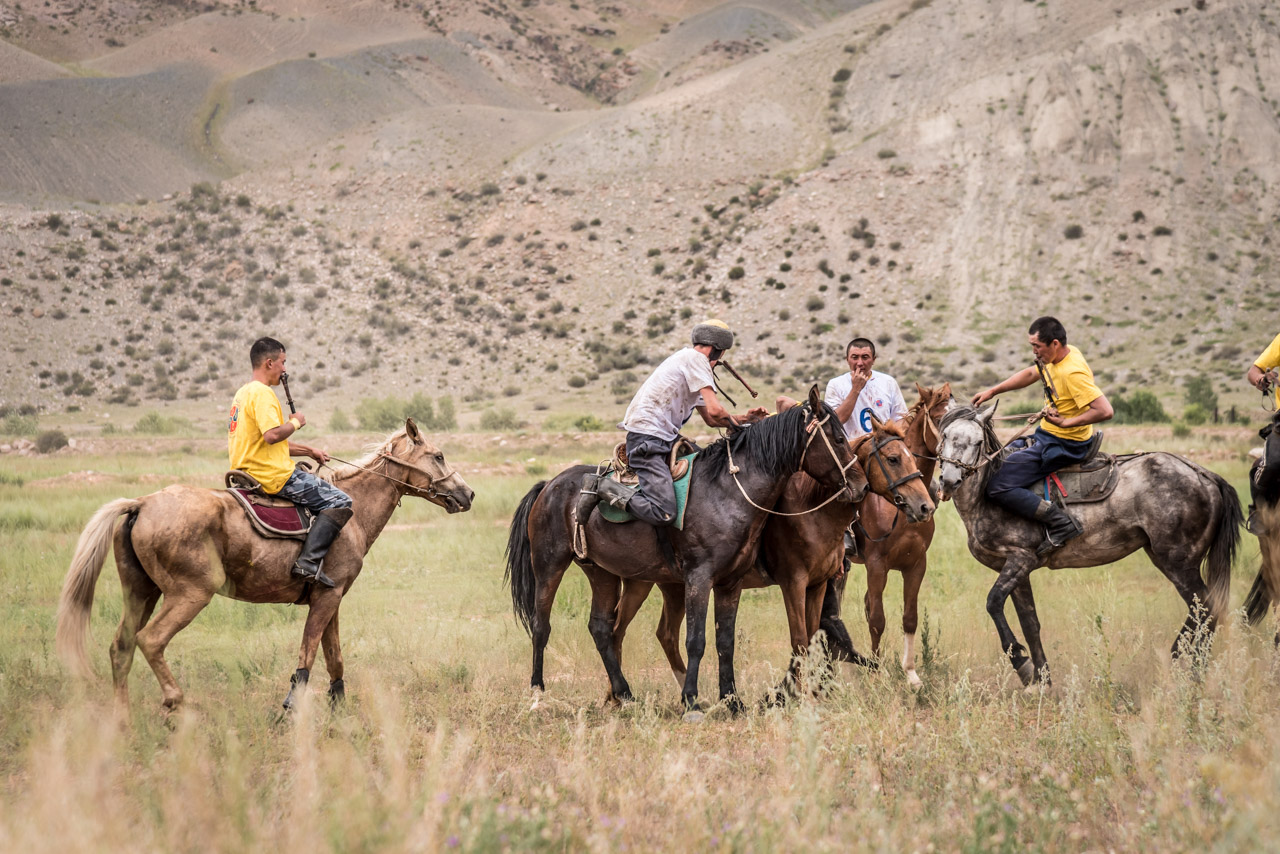
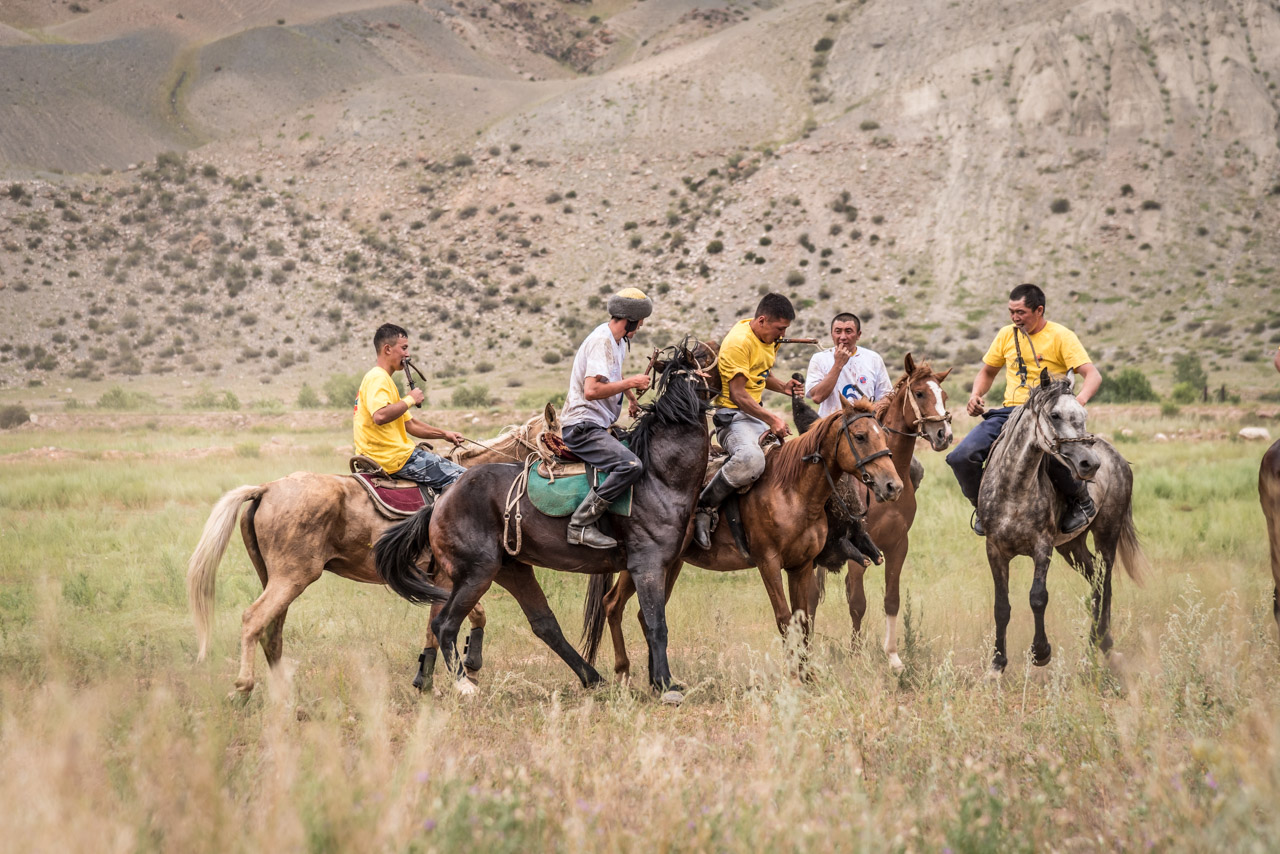
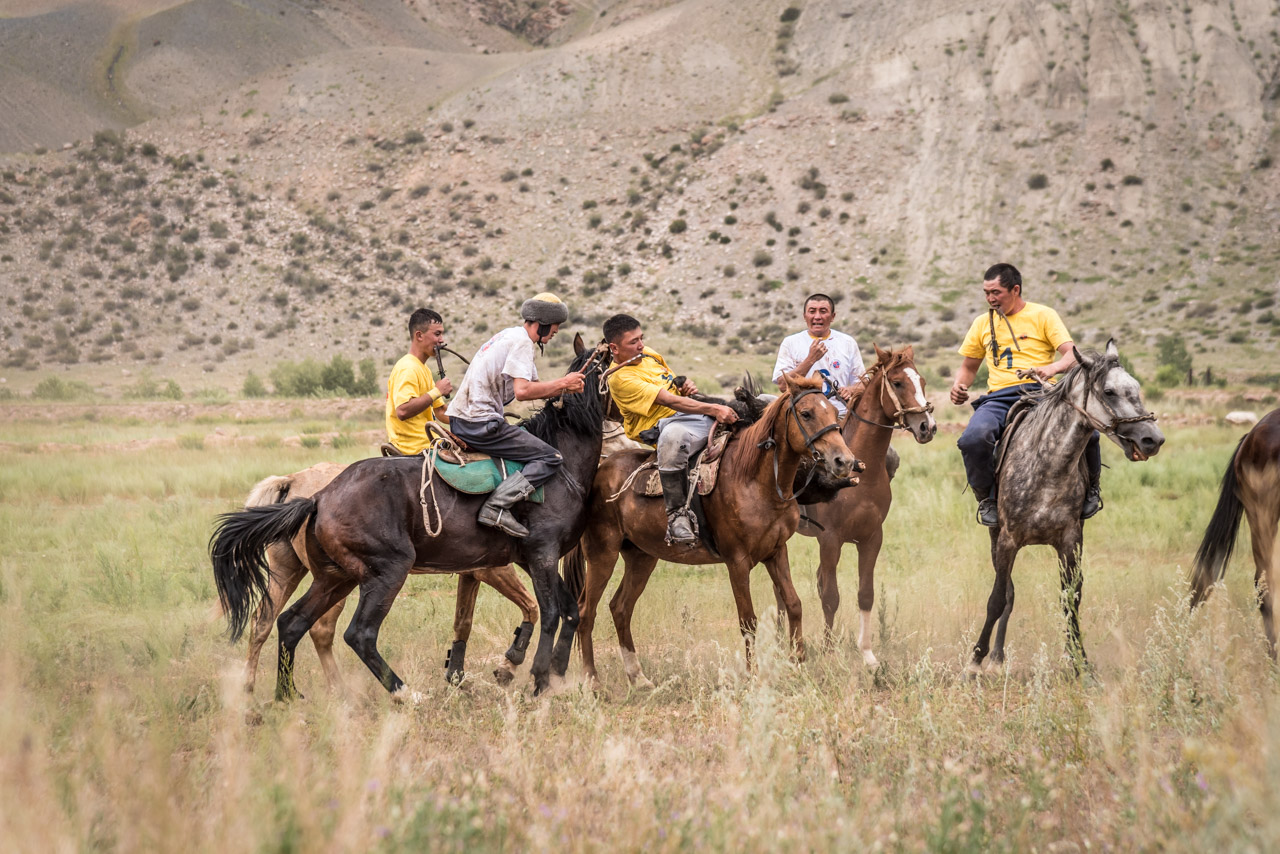
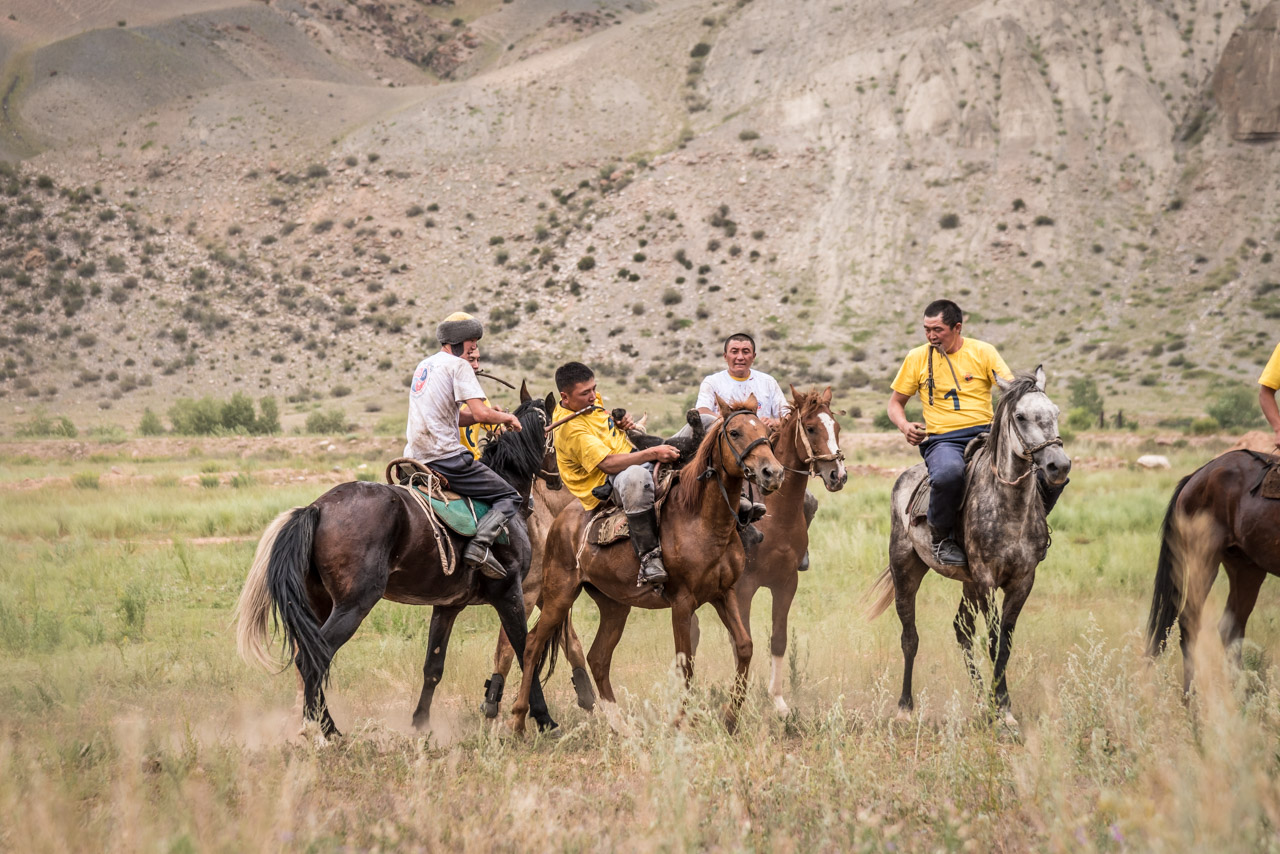
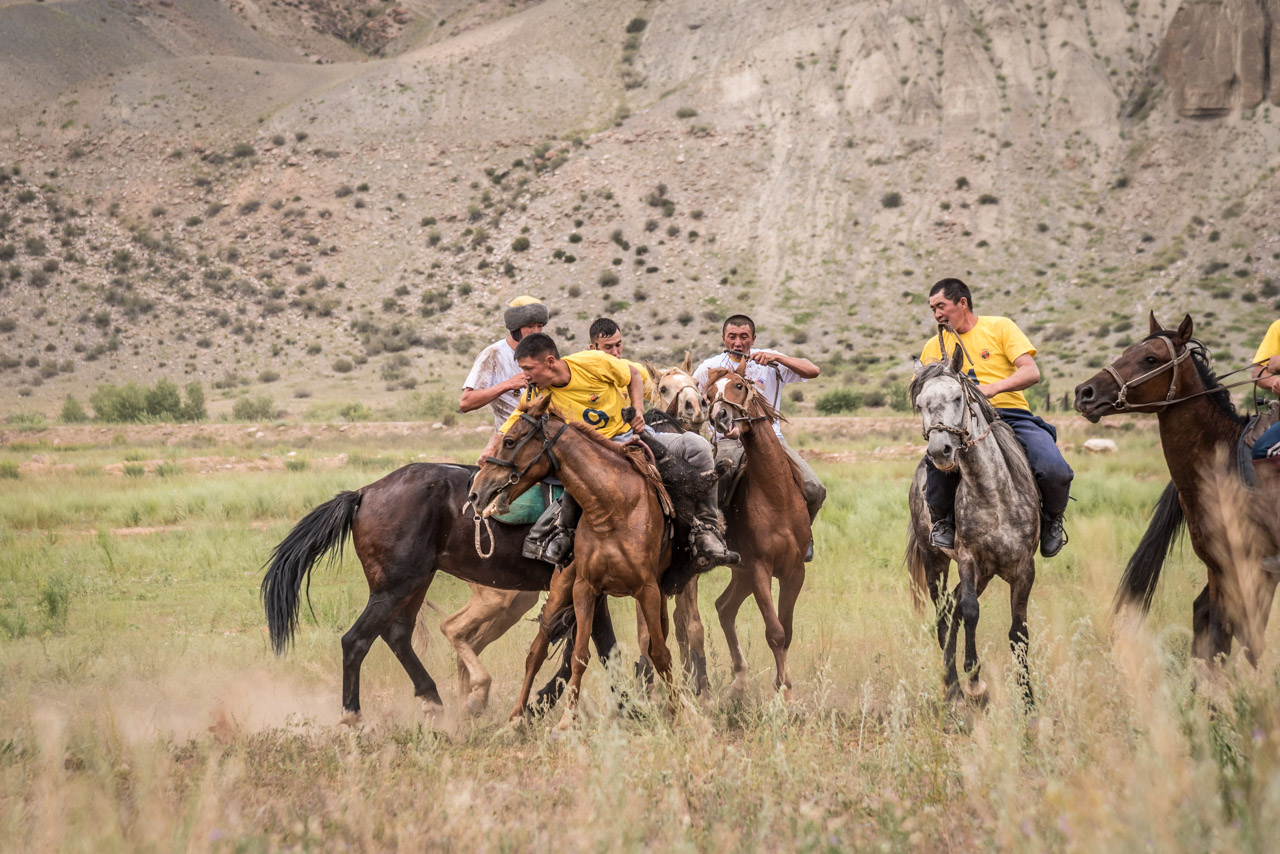
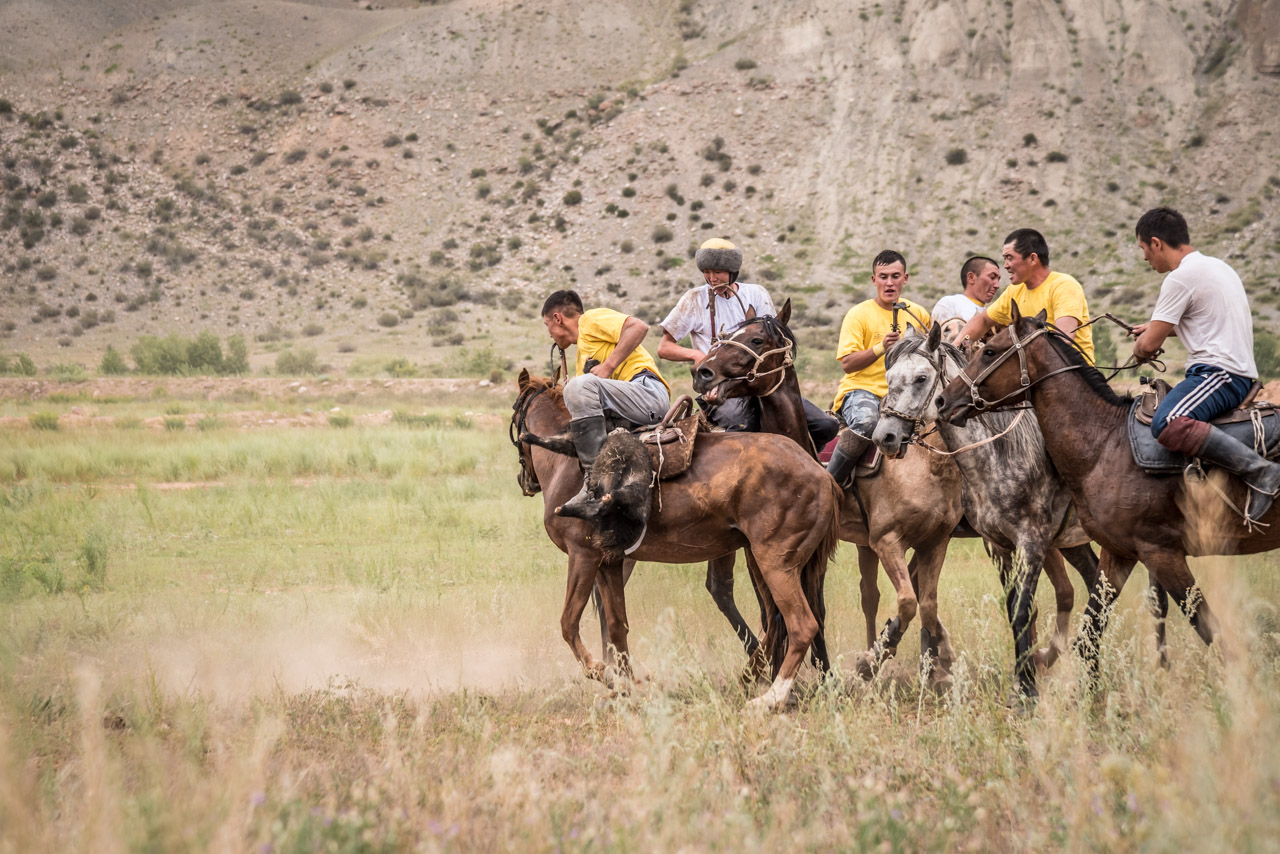
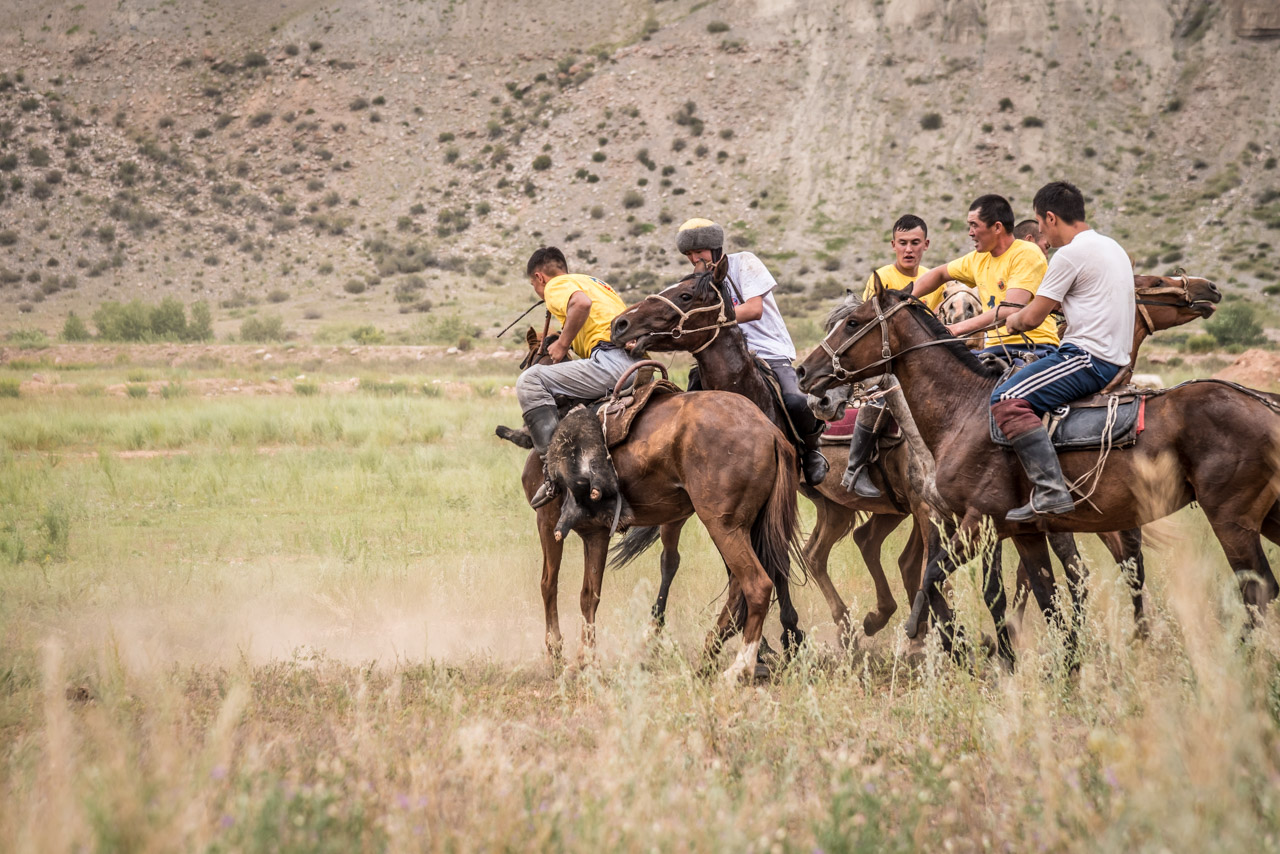
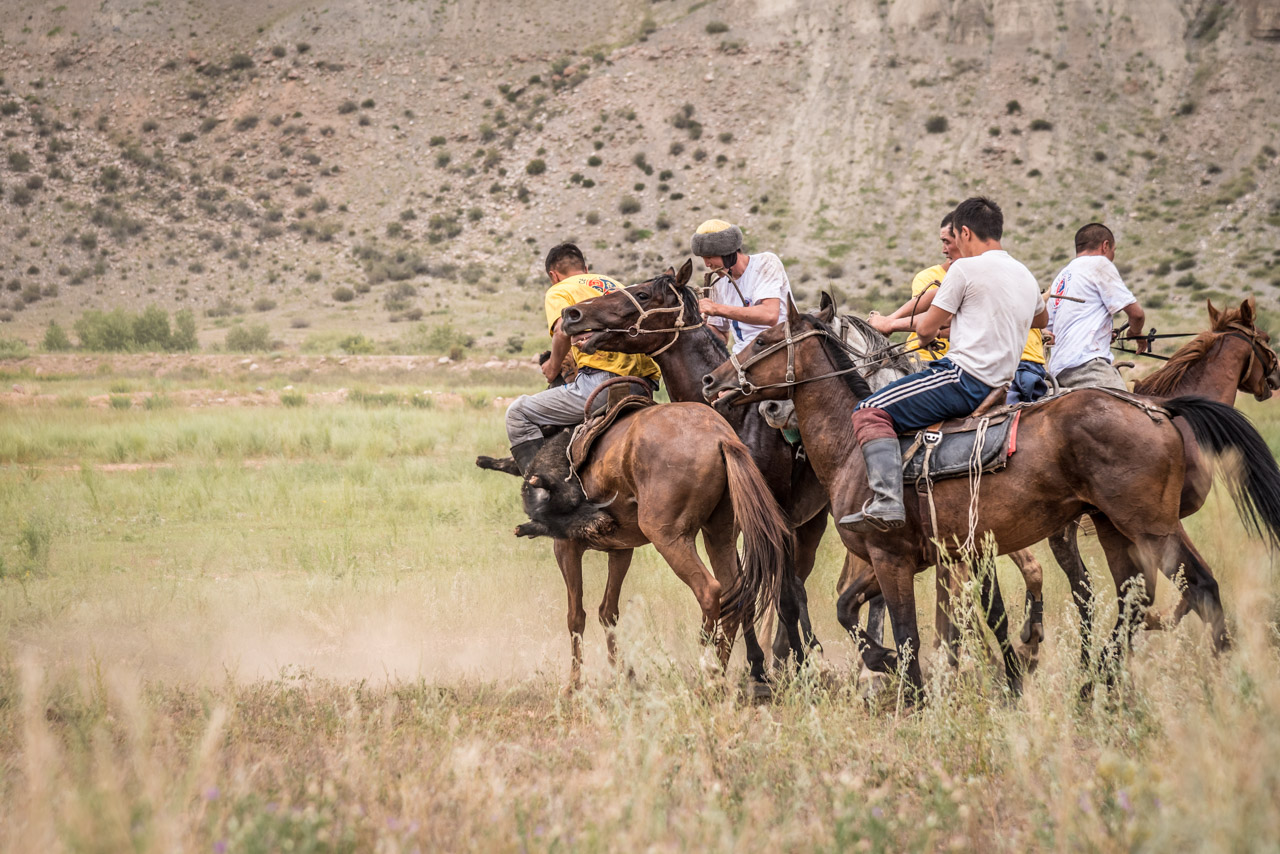
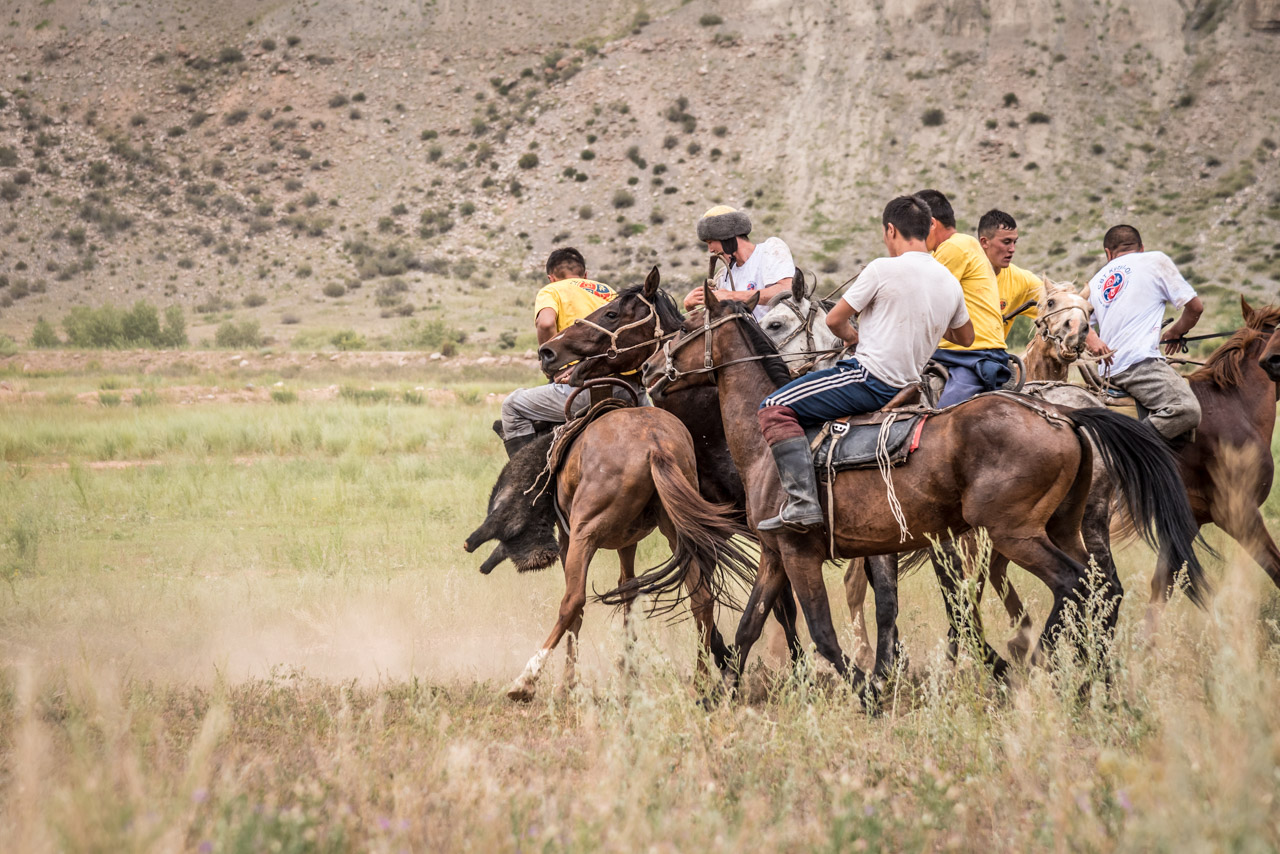
Dr. Hossein Medi
6. Januar 2020I am an assistant professor of architecture at the IKIU University in Iran and, together with an Afghan student, I am researching indigenous architecture and the climatic interactions of the Pamirian people when building their houses. I would like to ask you for advice and resources if you have information on this topic. Thanks for your attention.
Ibuxaaspep
14. Oktober 2019Hi! I could have sworn I’ve been to this blog before but after looking at
a few of the posts I realized it’s new to me. Regardless,
I’m definitely happy I came across it and I’ll be bookmarking it and checking back frequently!
Martin Obermueller
12. April 2019Thomas, der Löwe des Pamir. Sehr schöne, interessante Fotos.
thomas
12. April 2019hehehe, verglichen mit den Einheimischen bin ich aber schon ein Warmduscher 😉